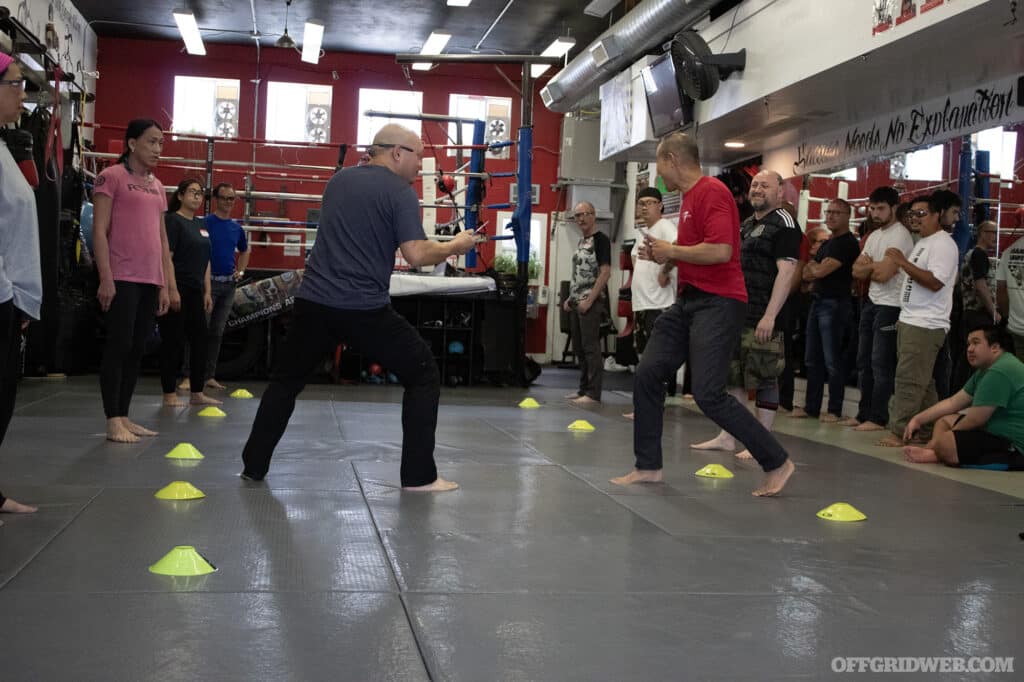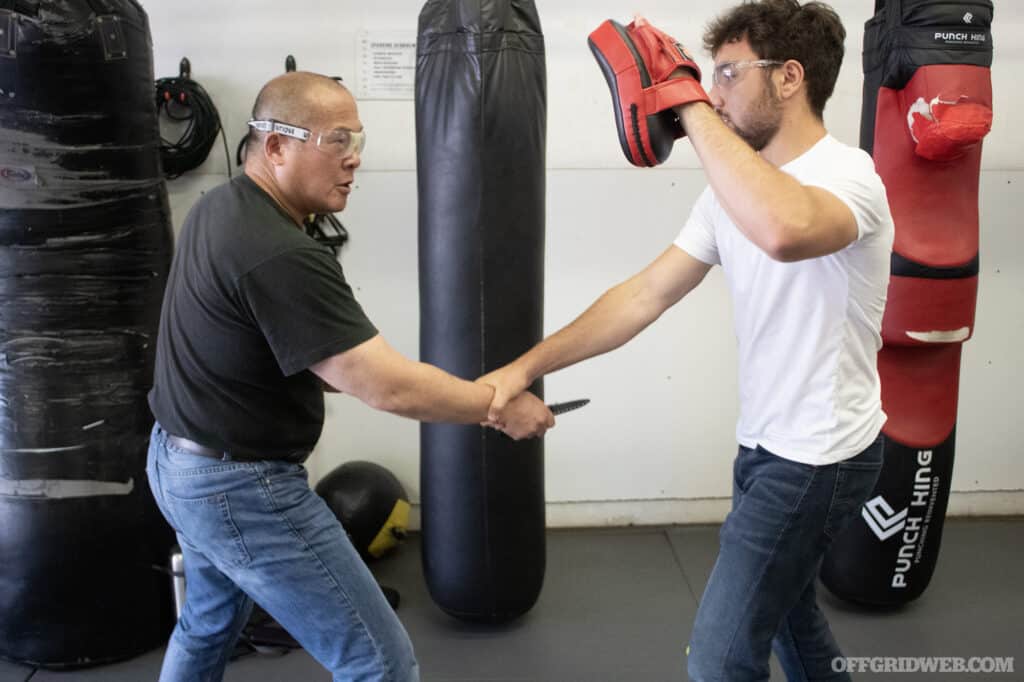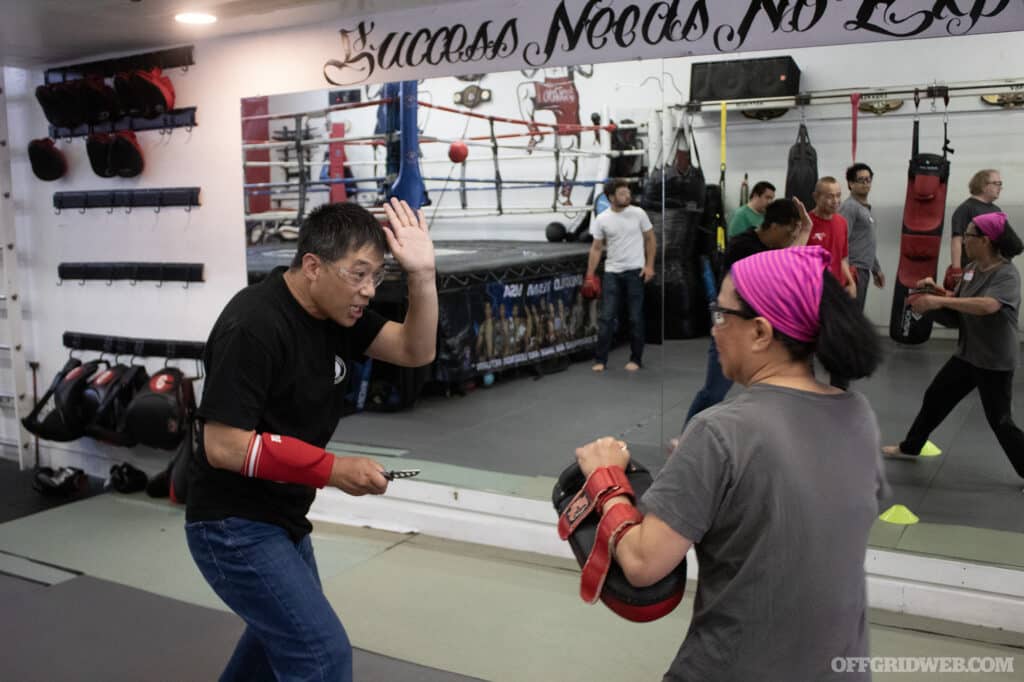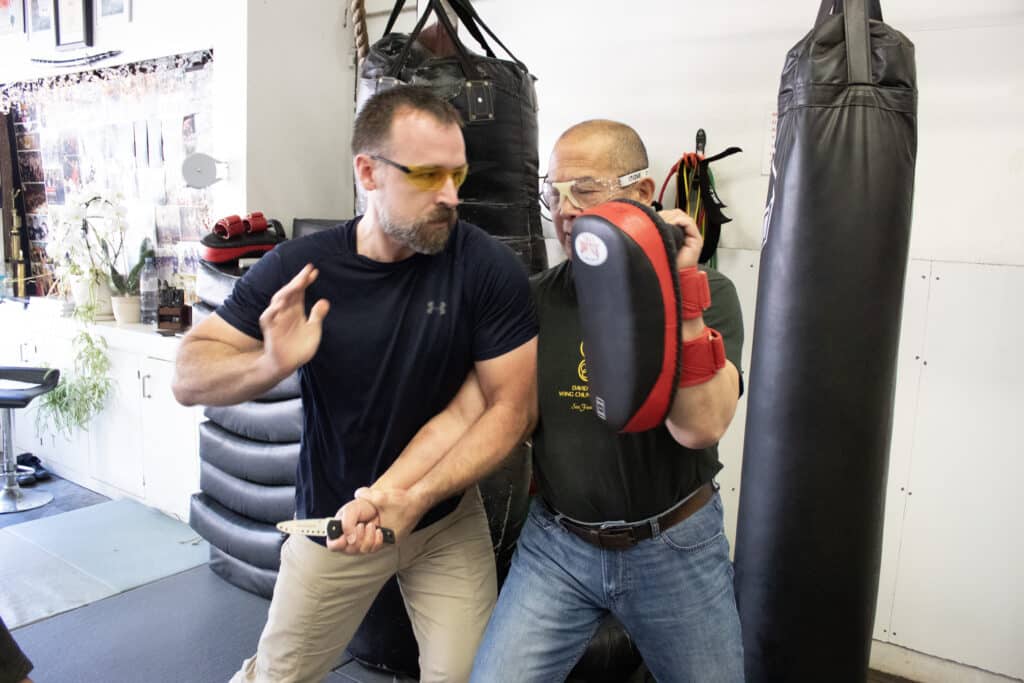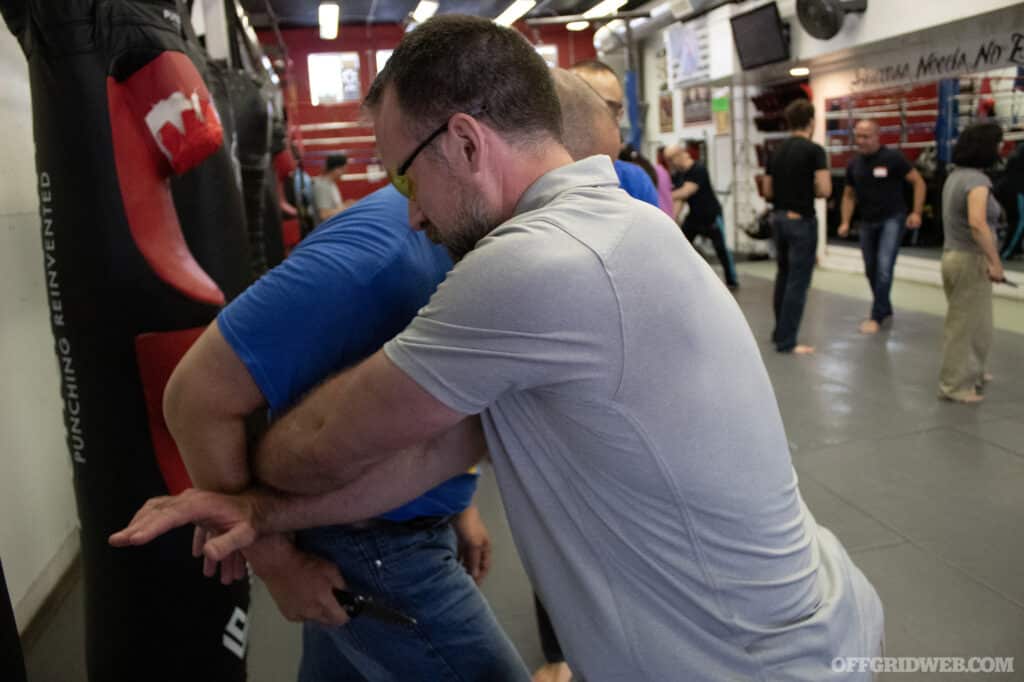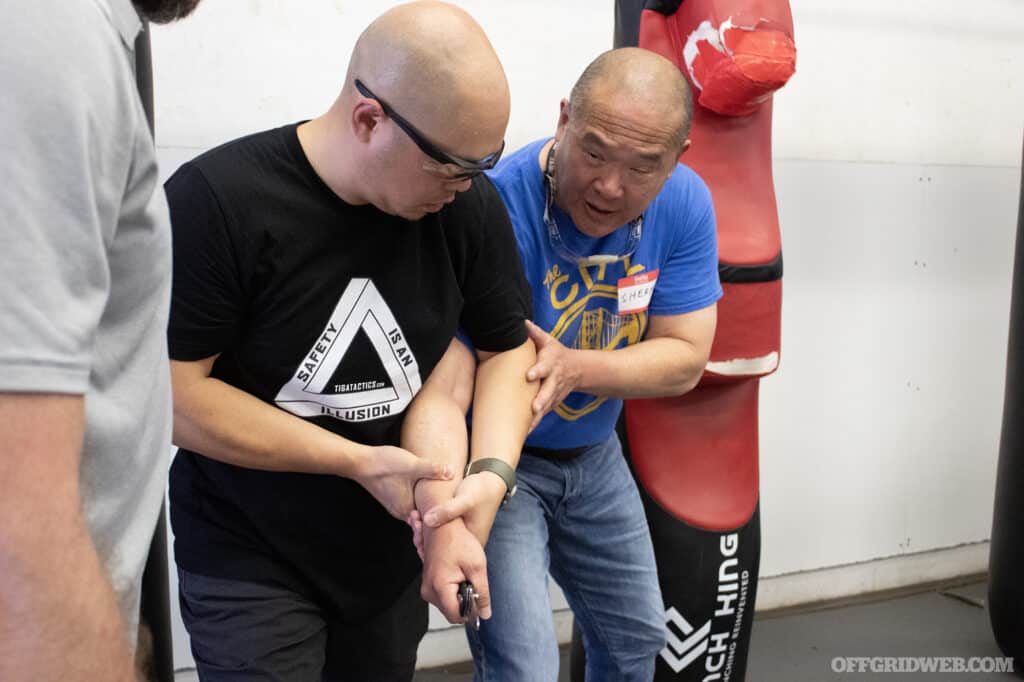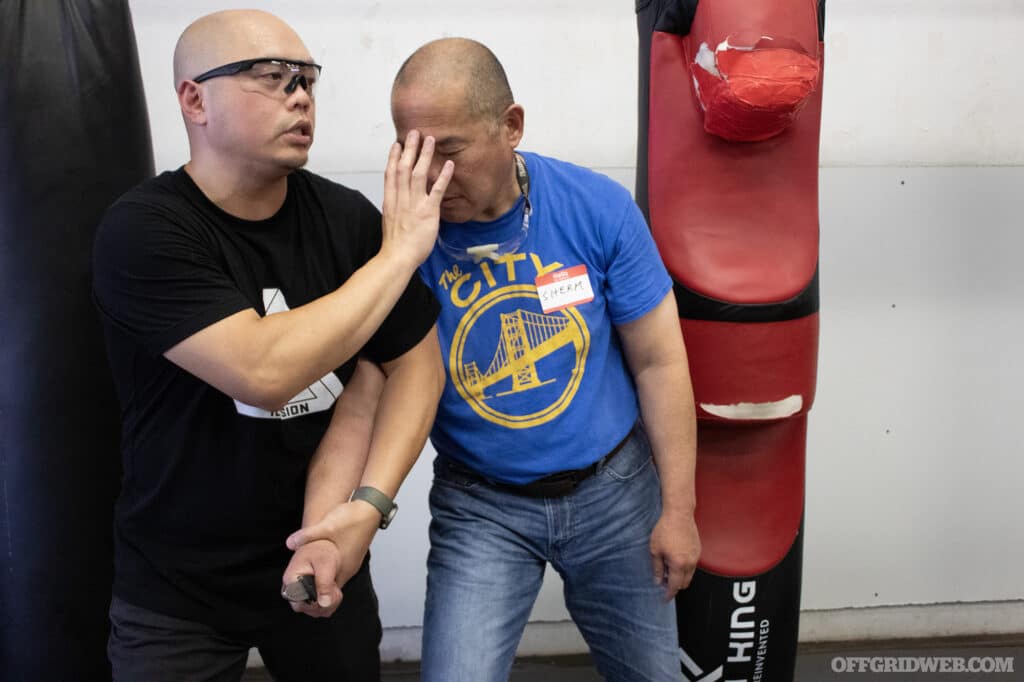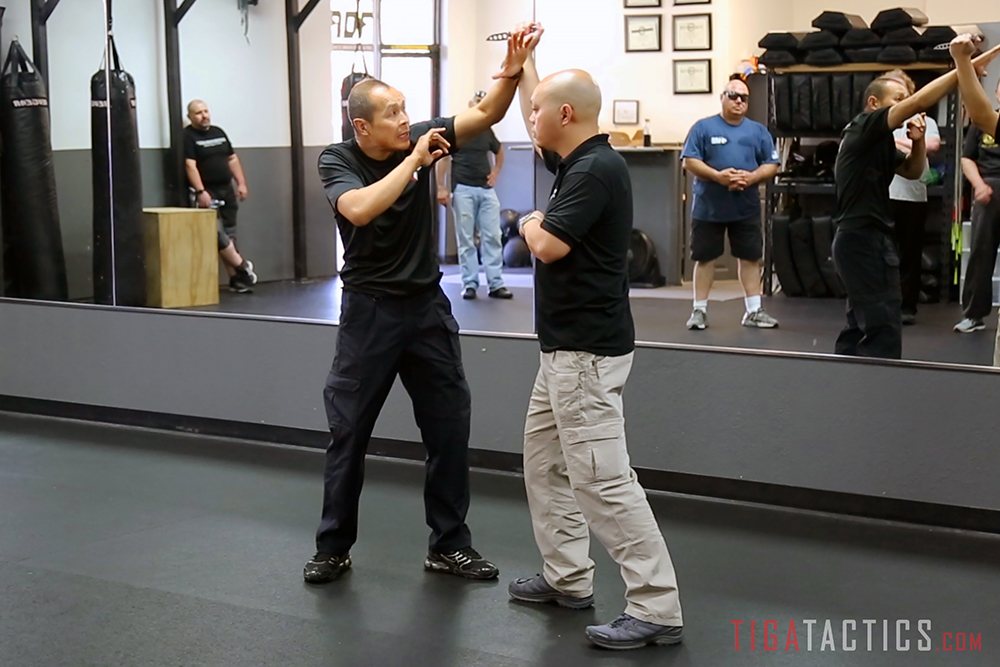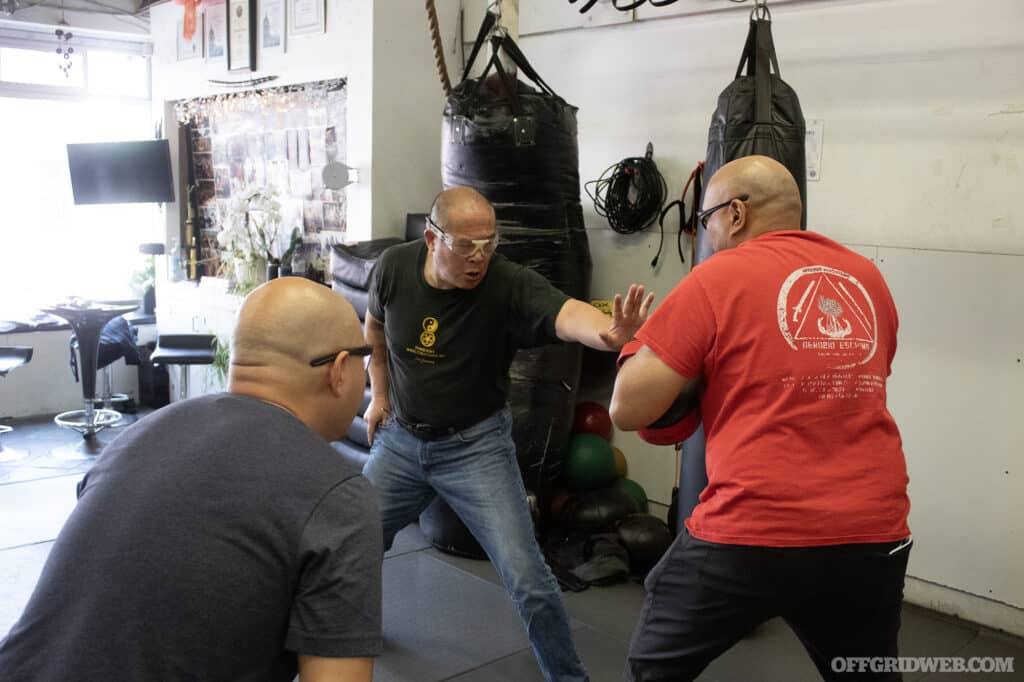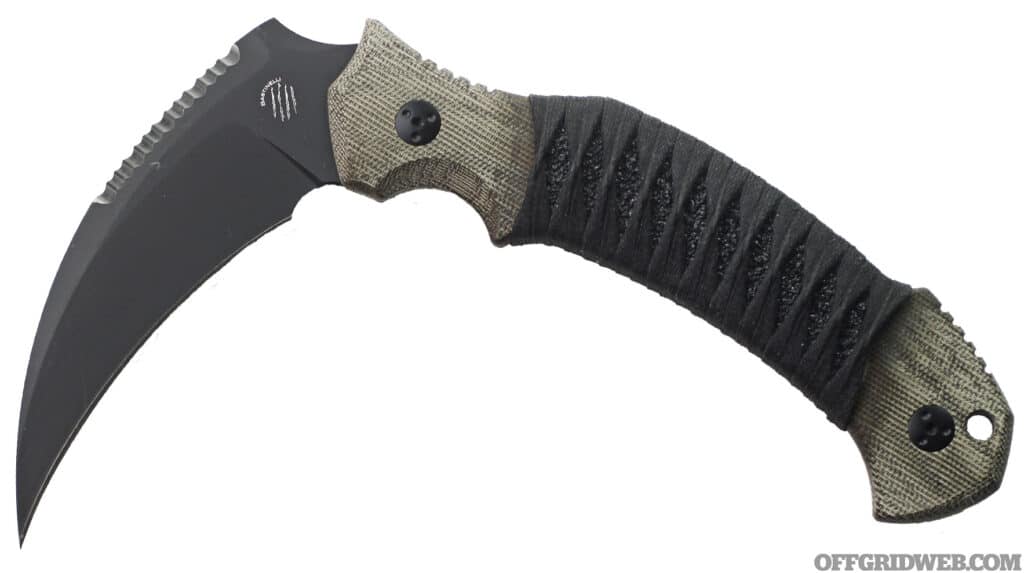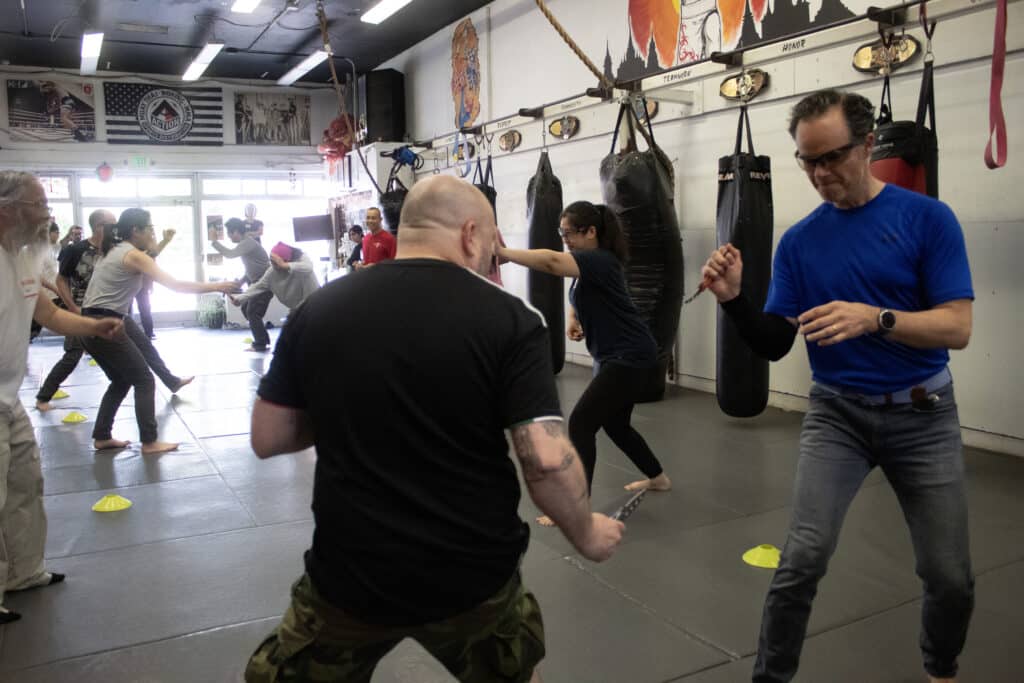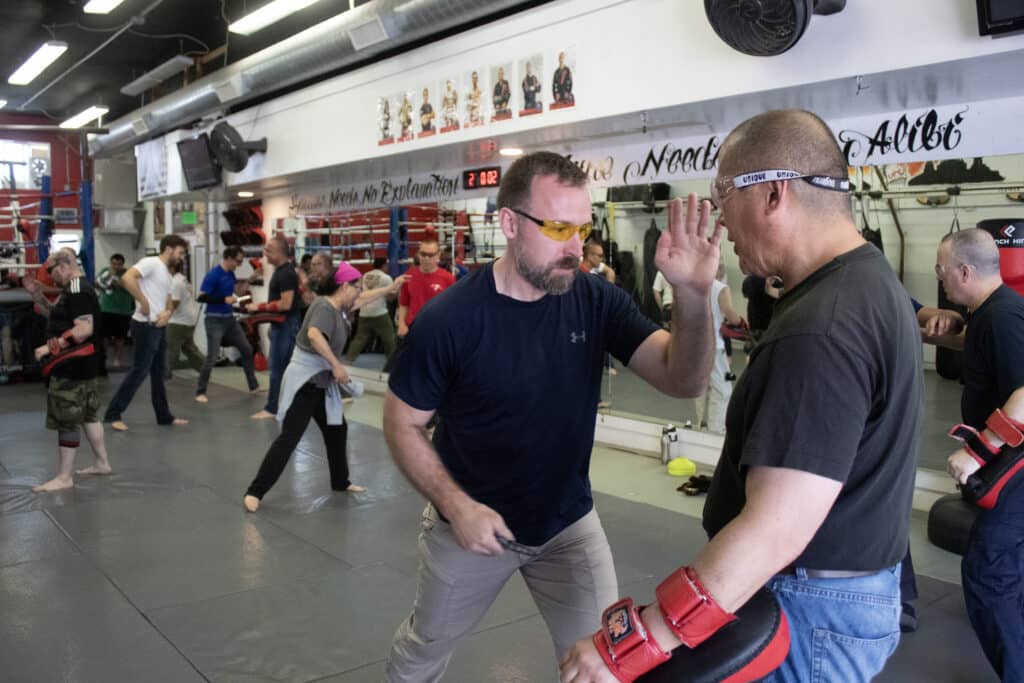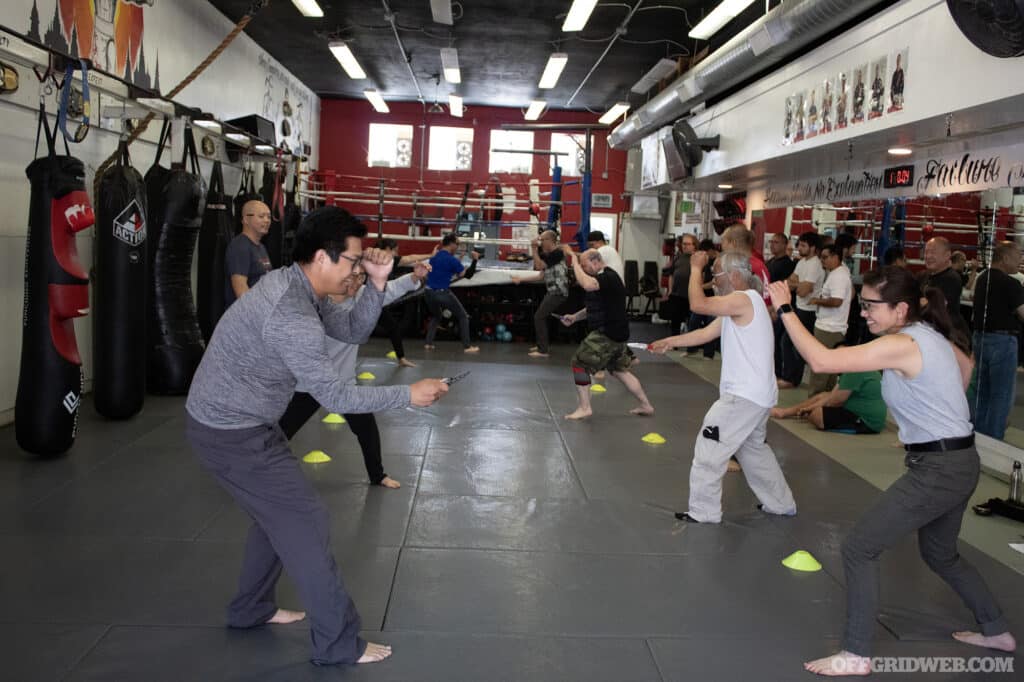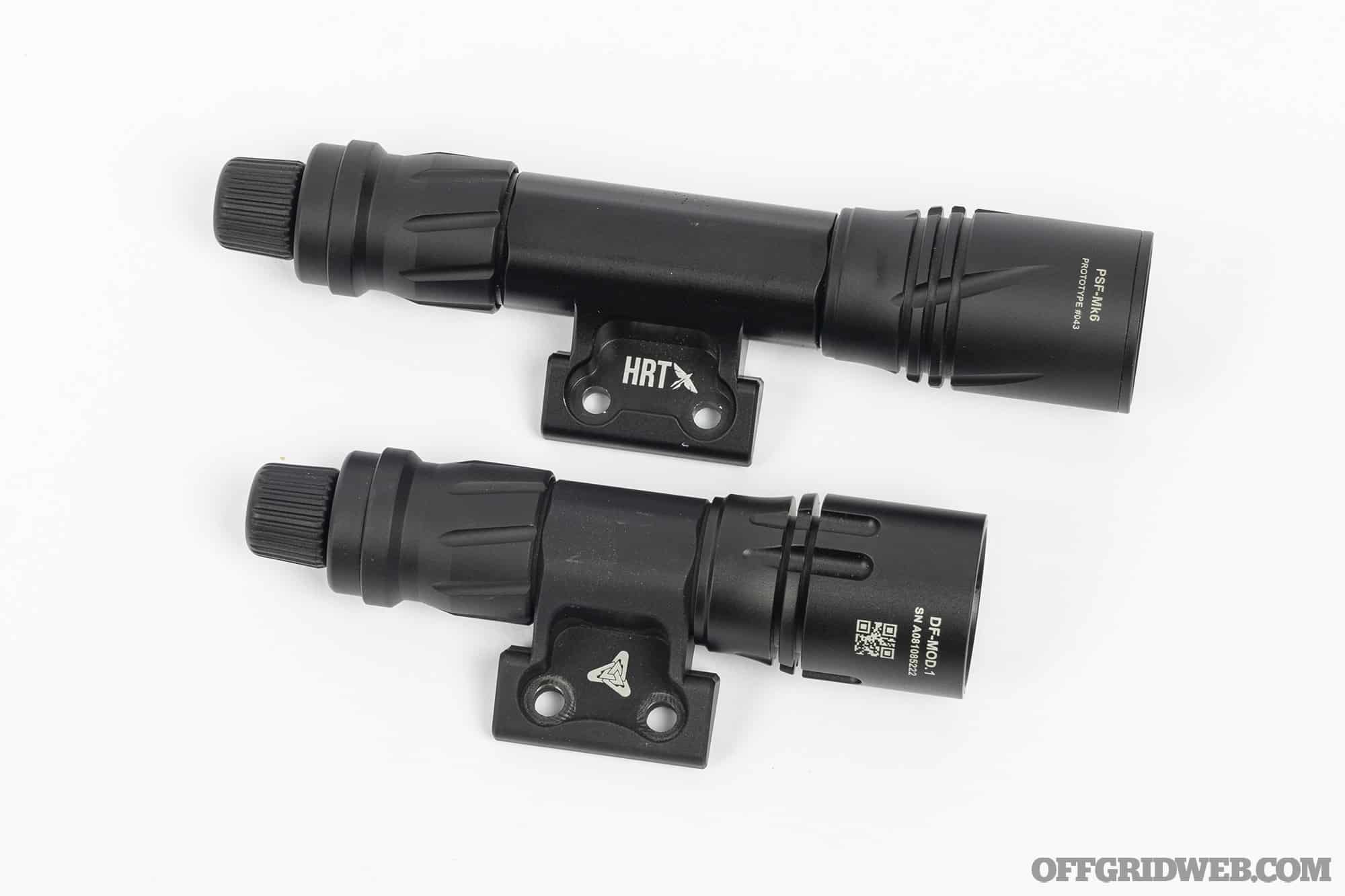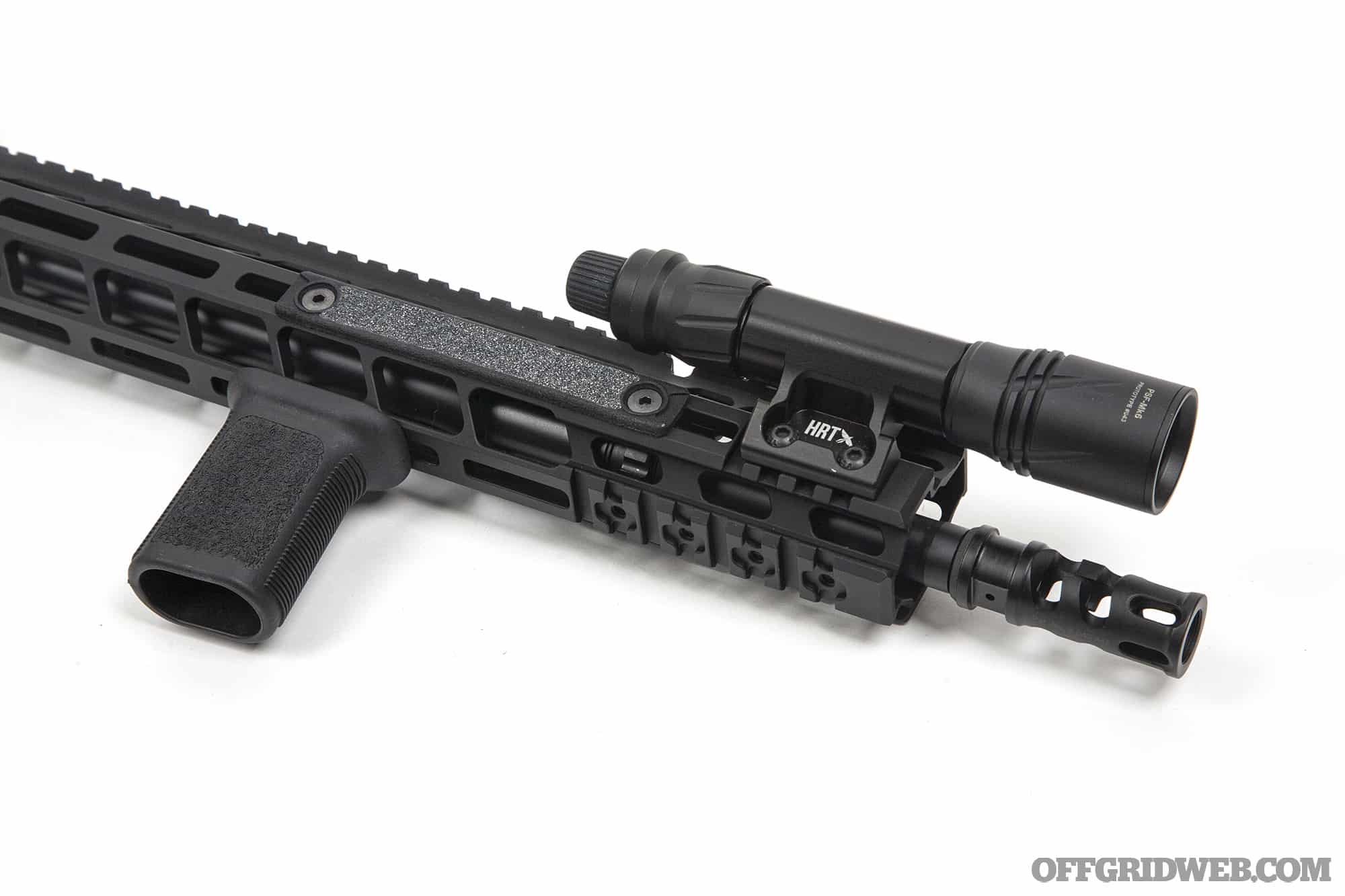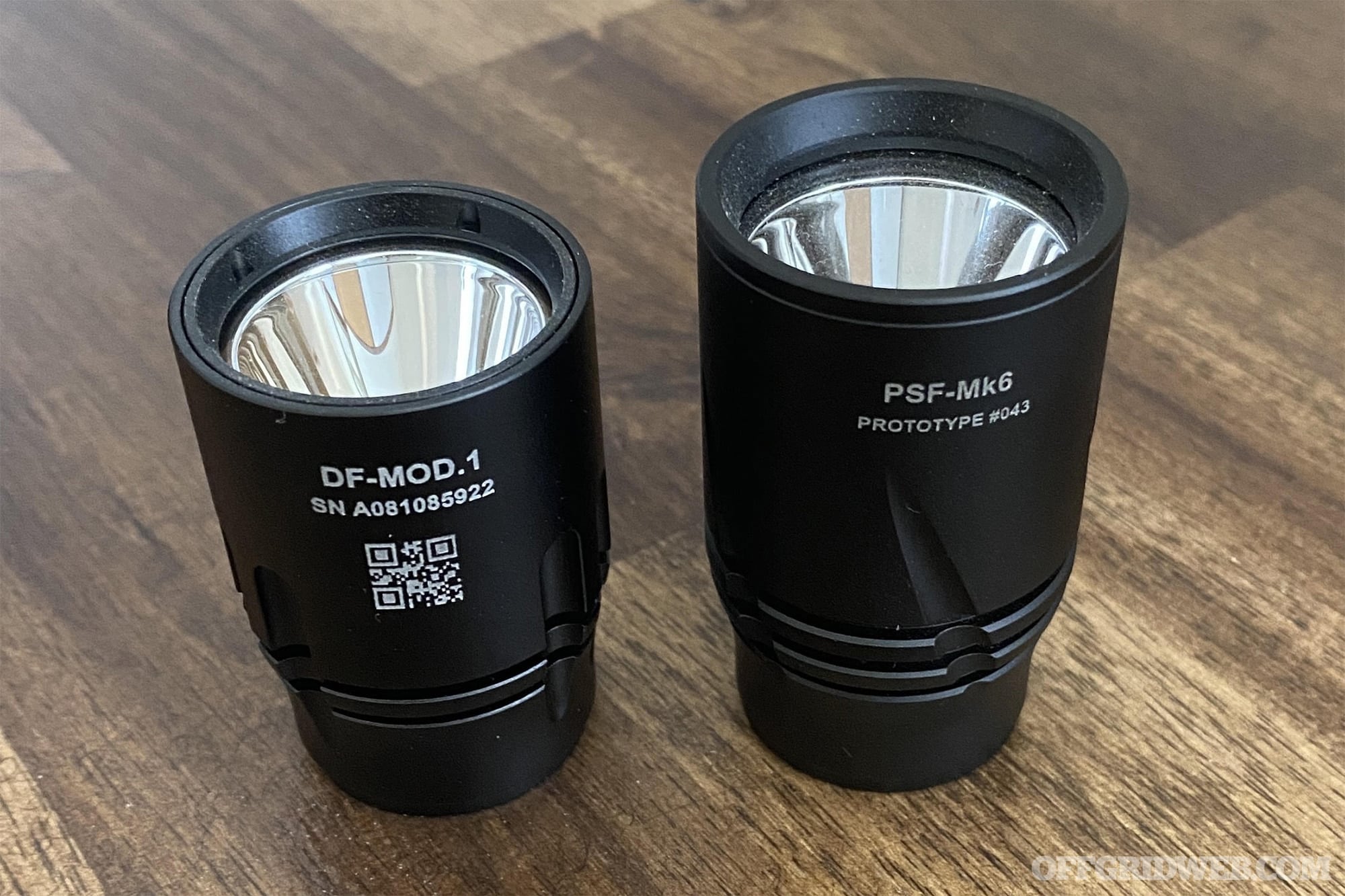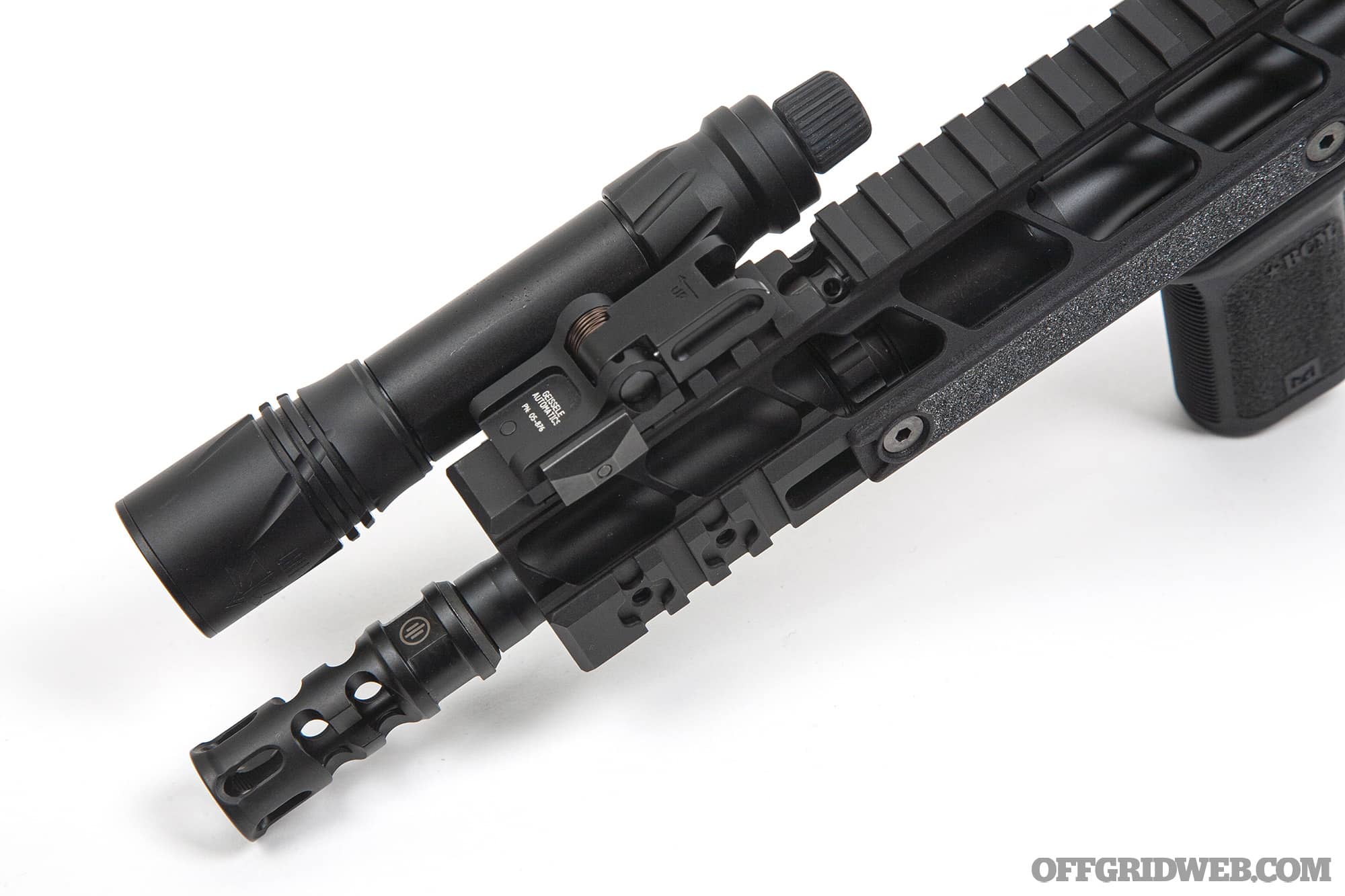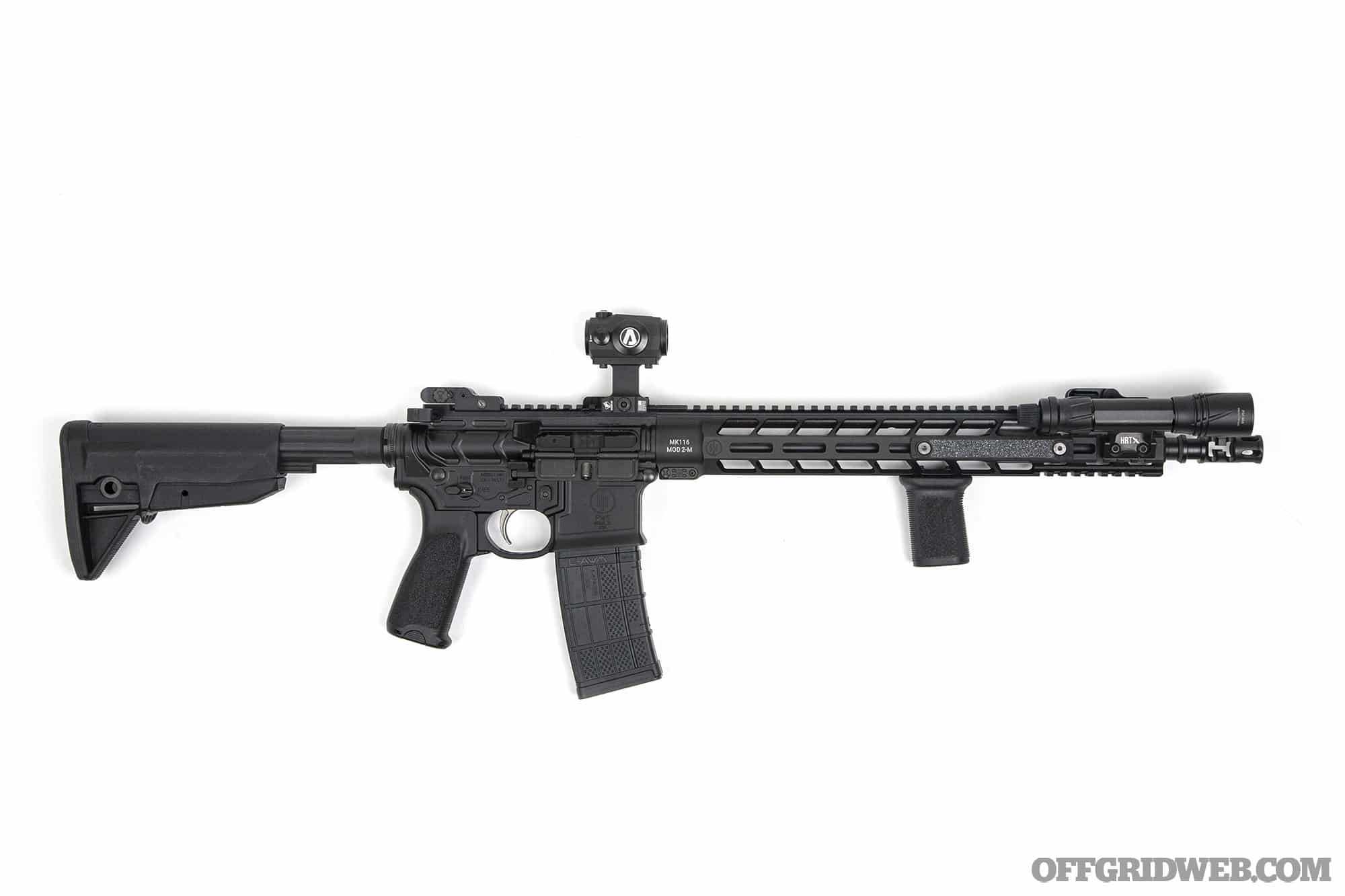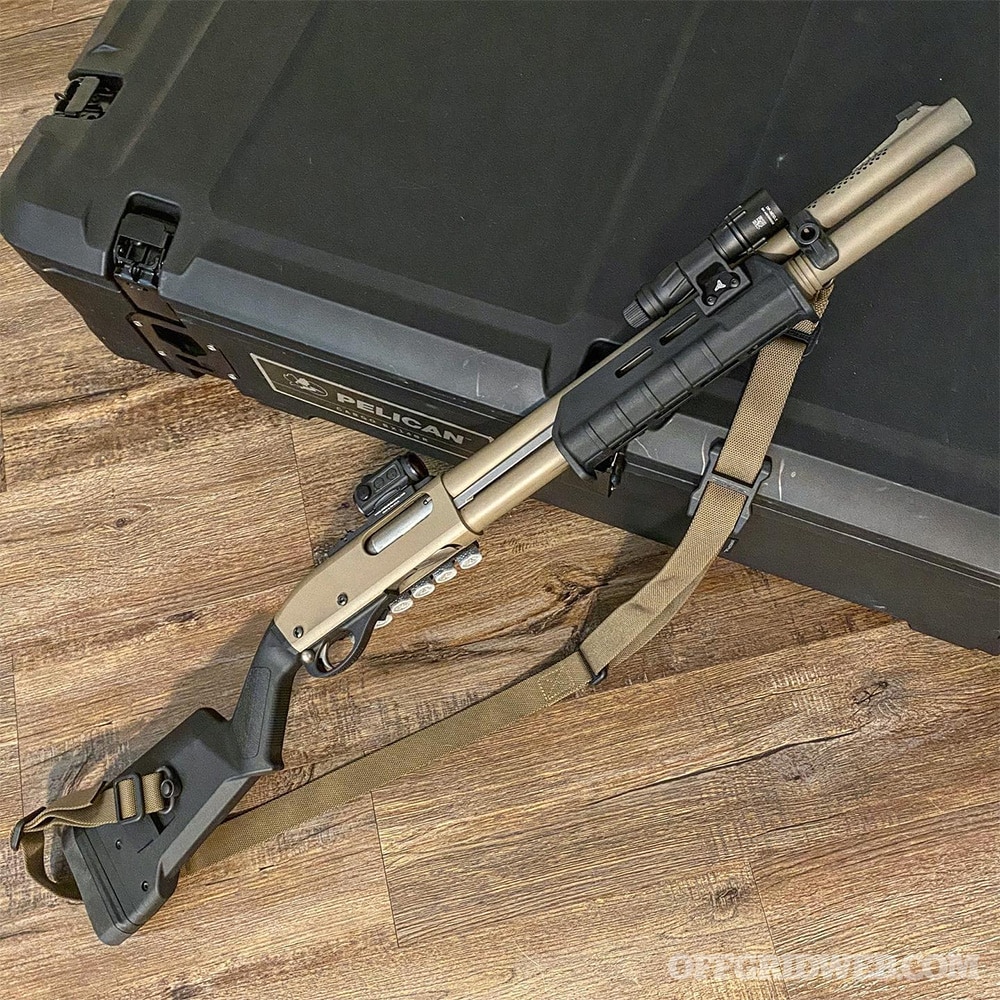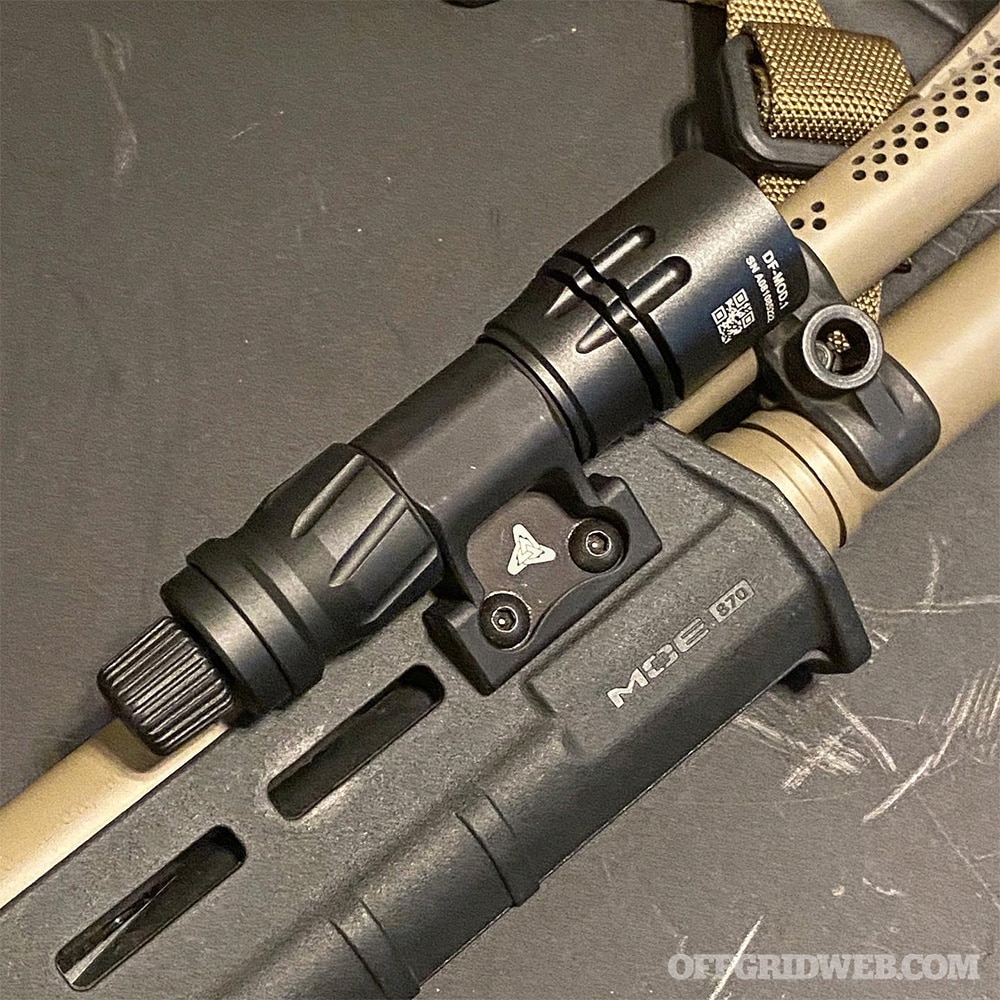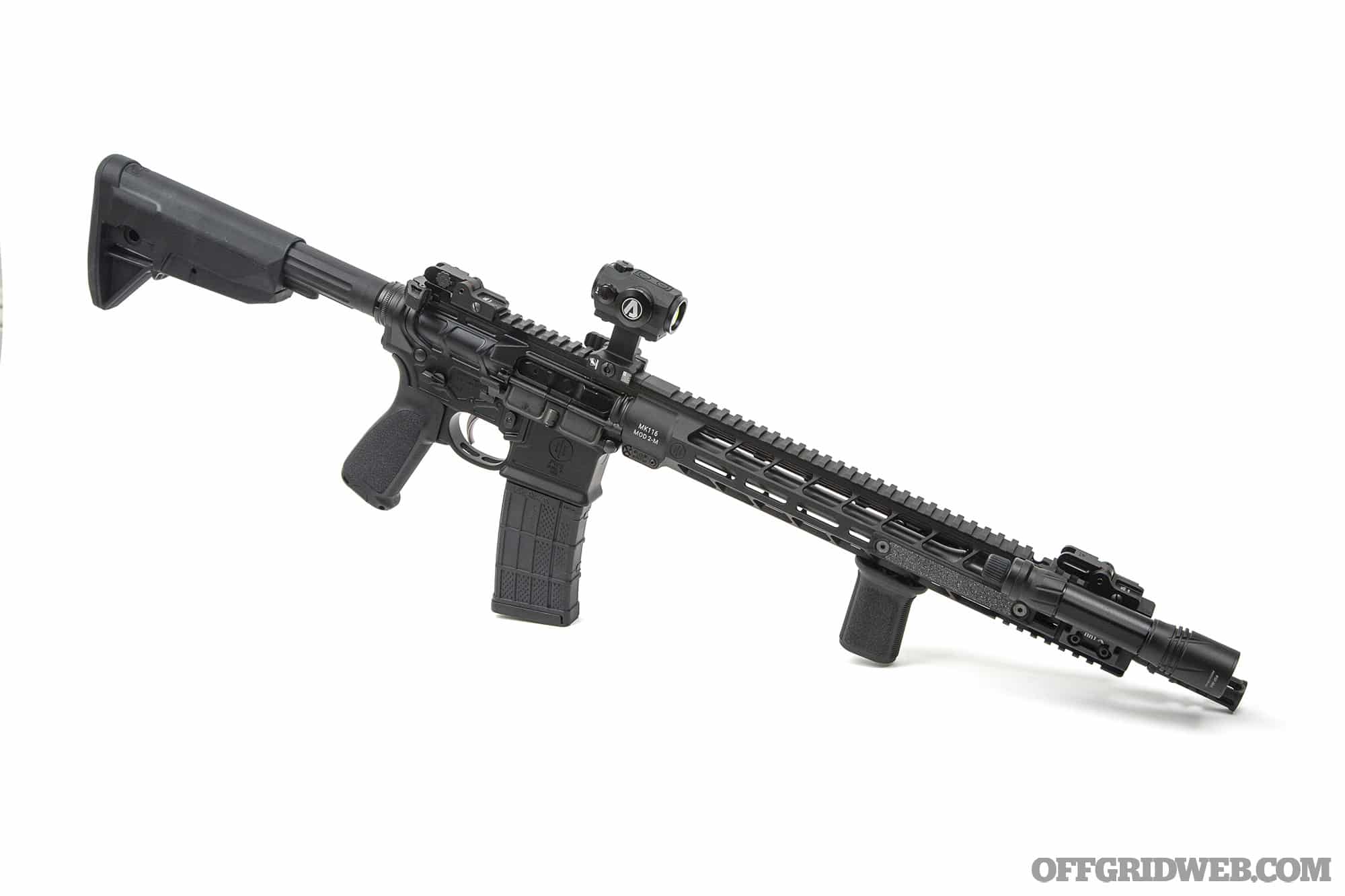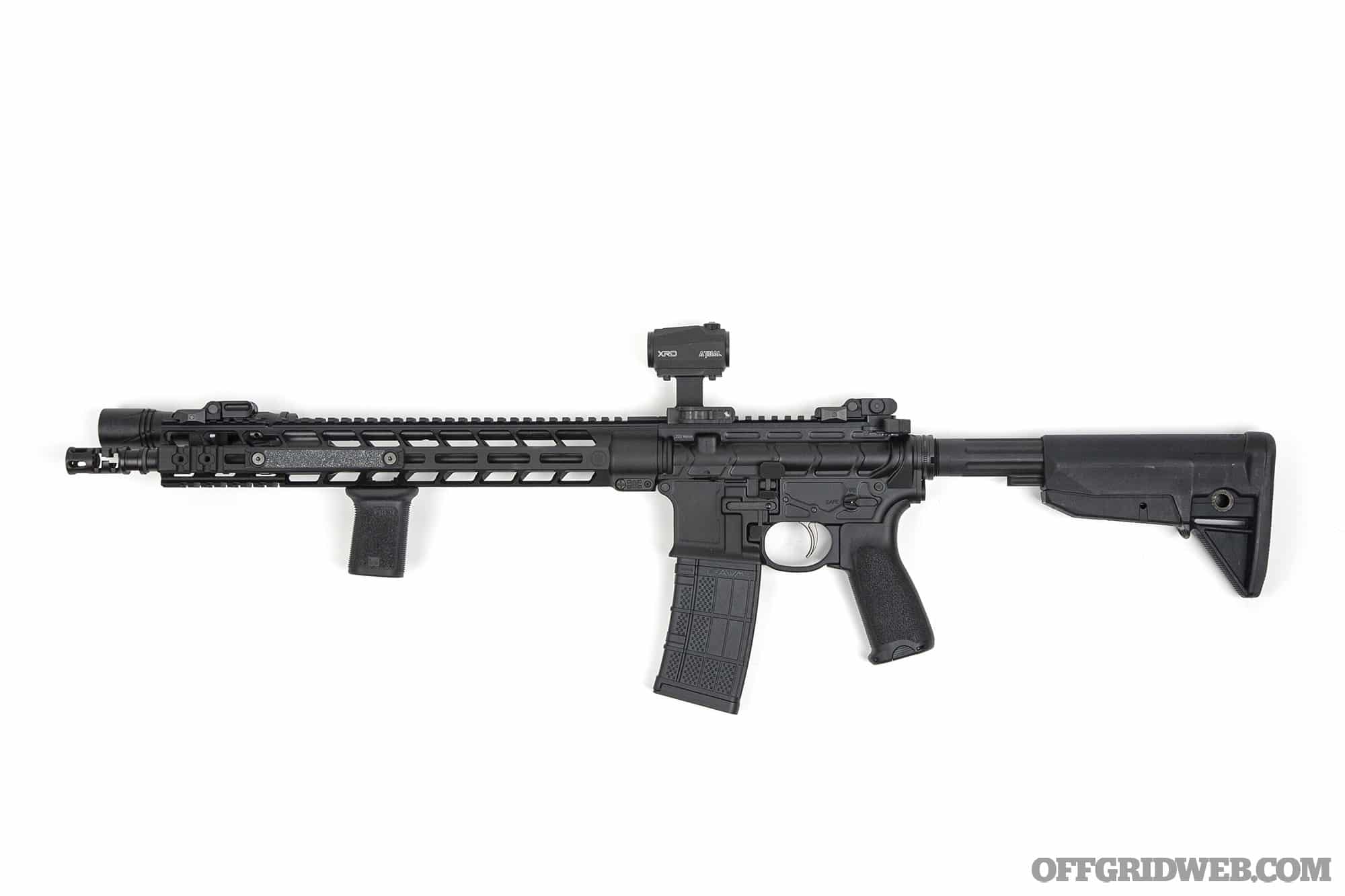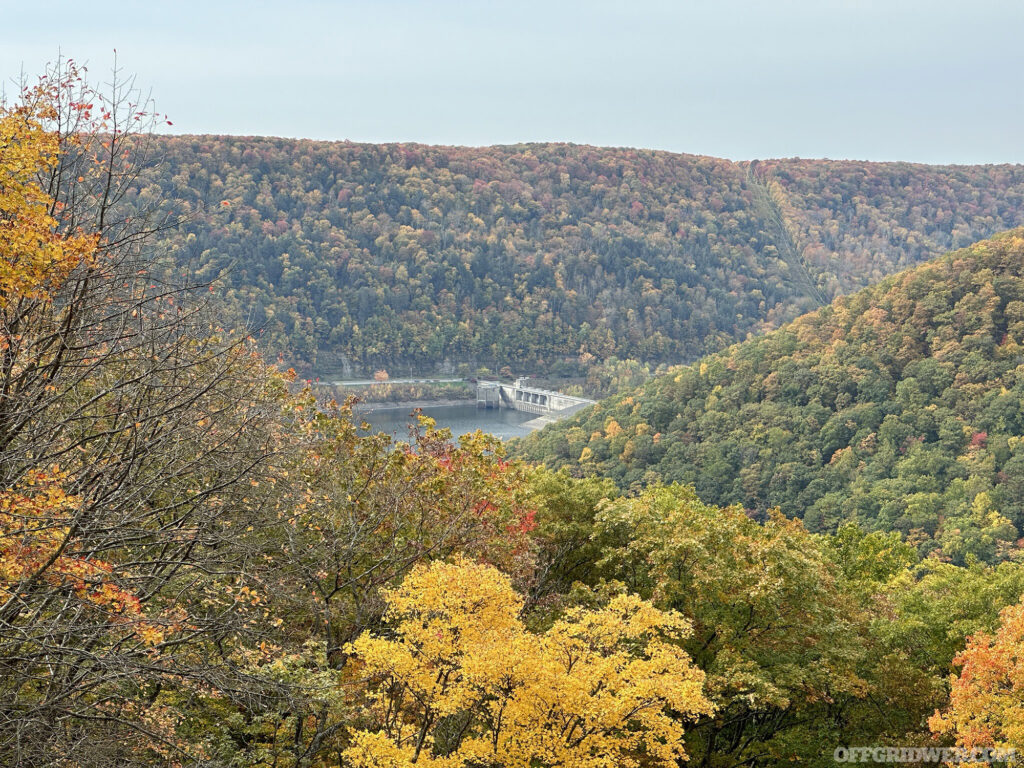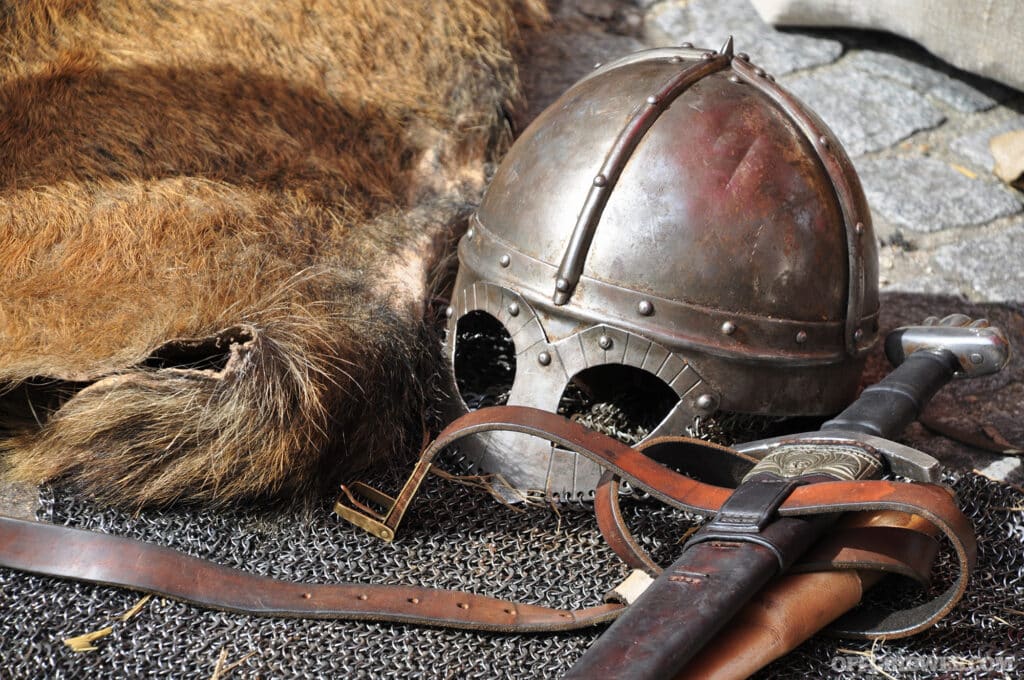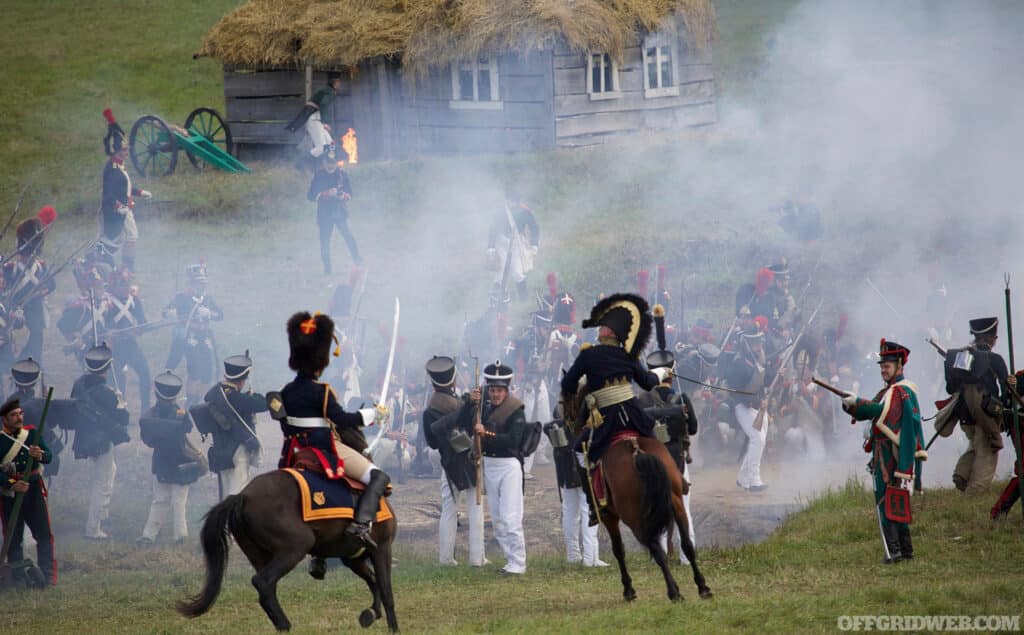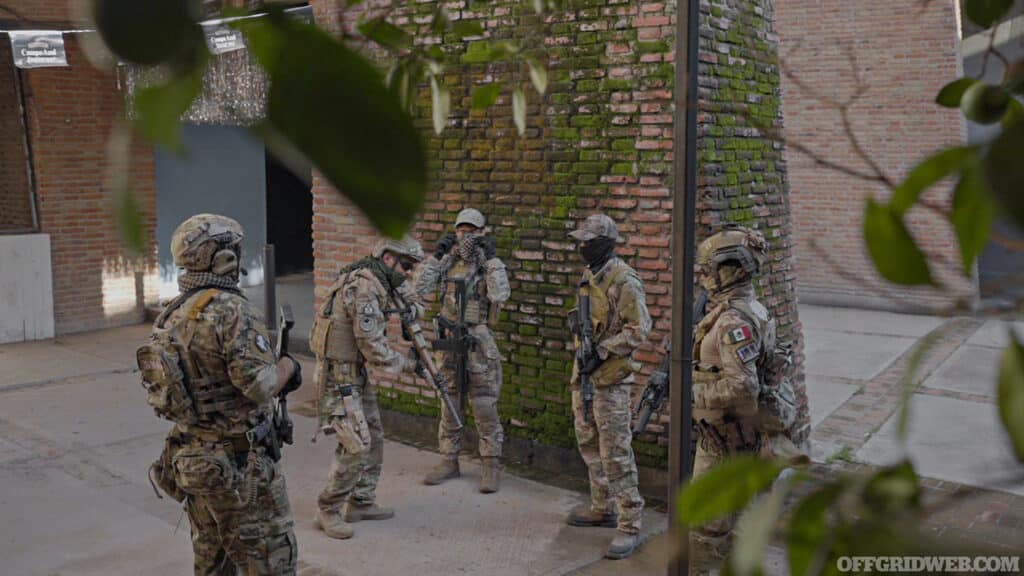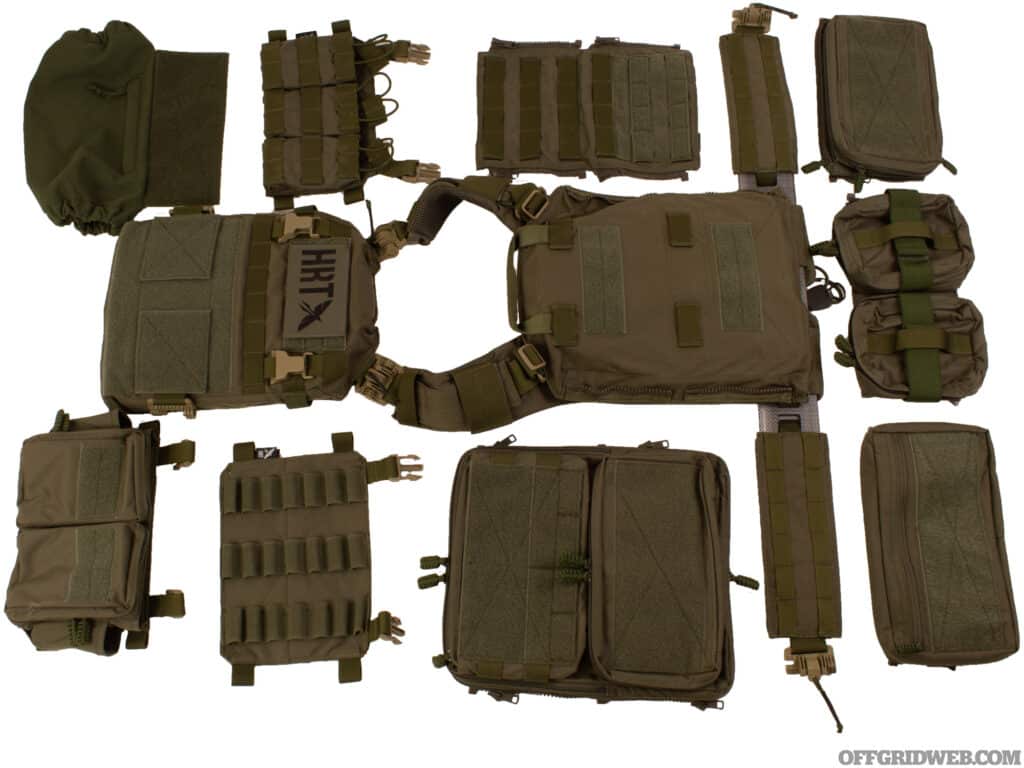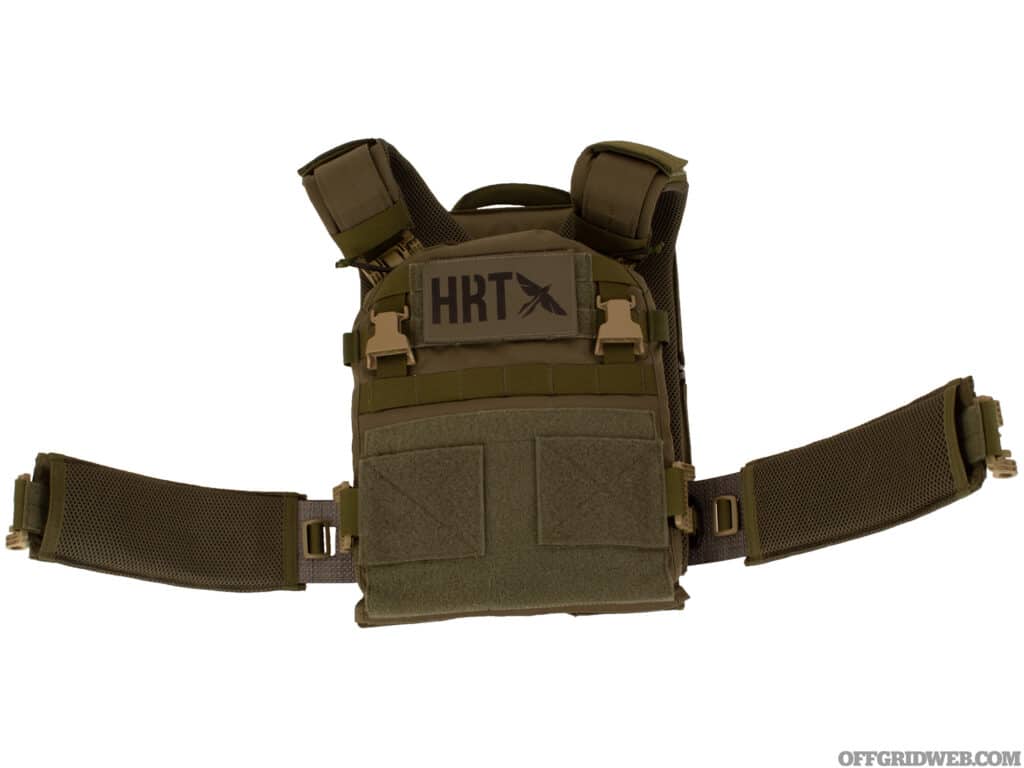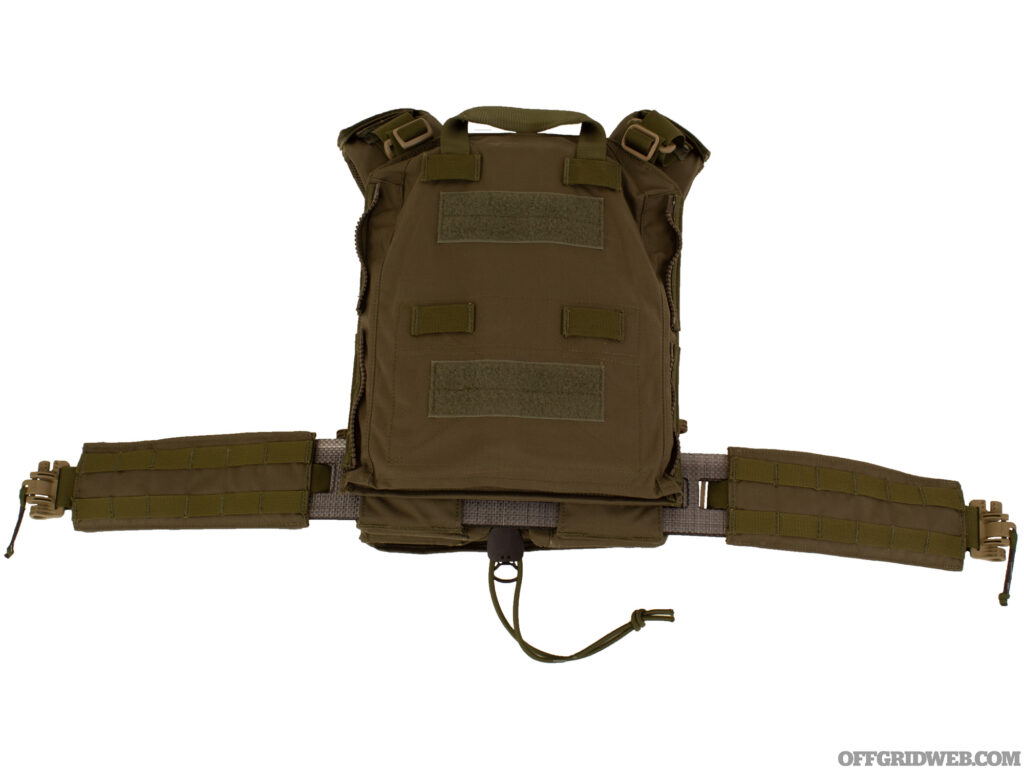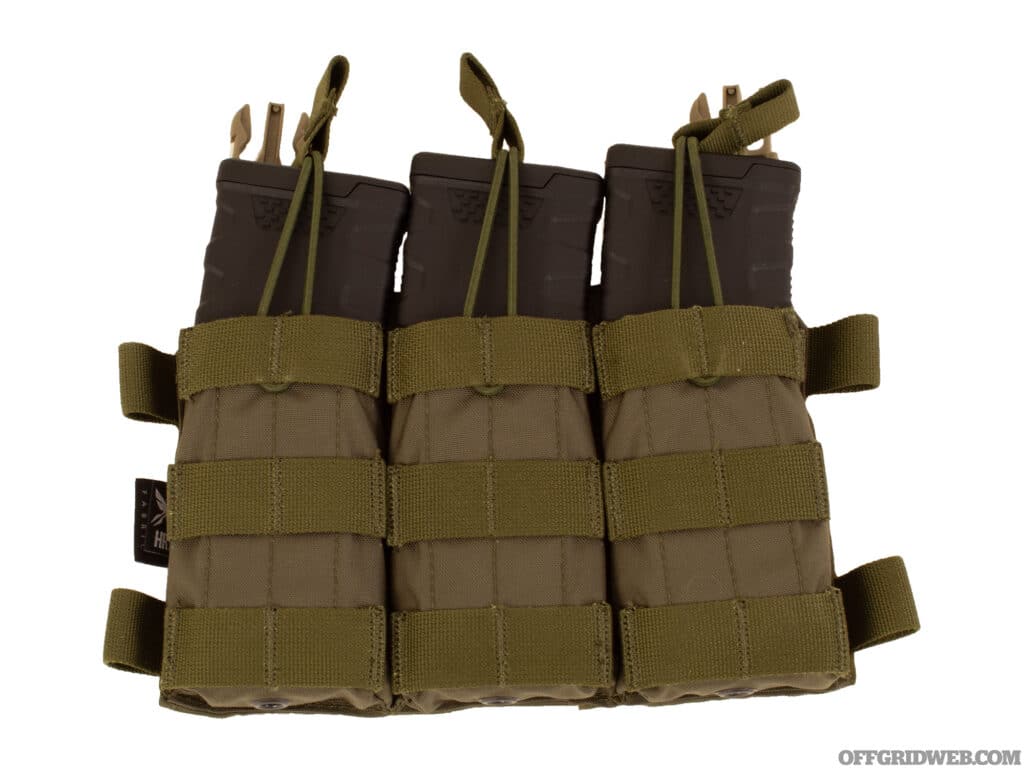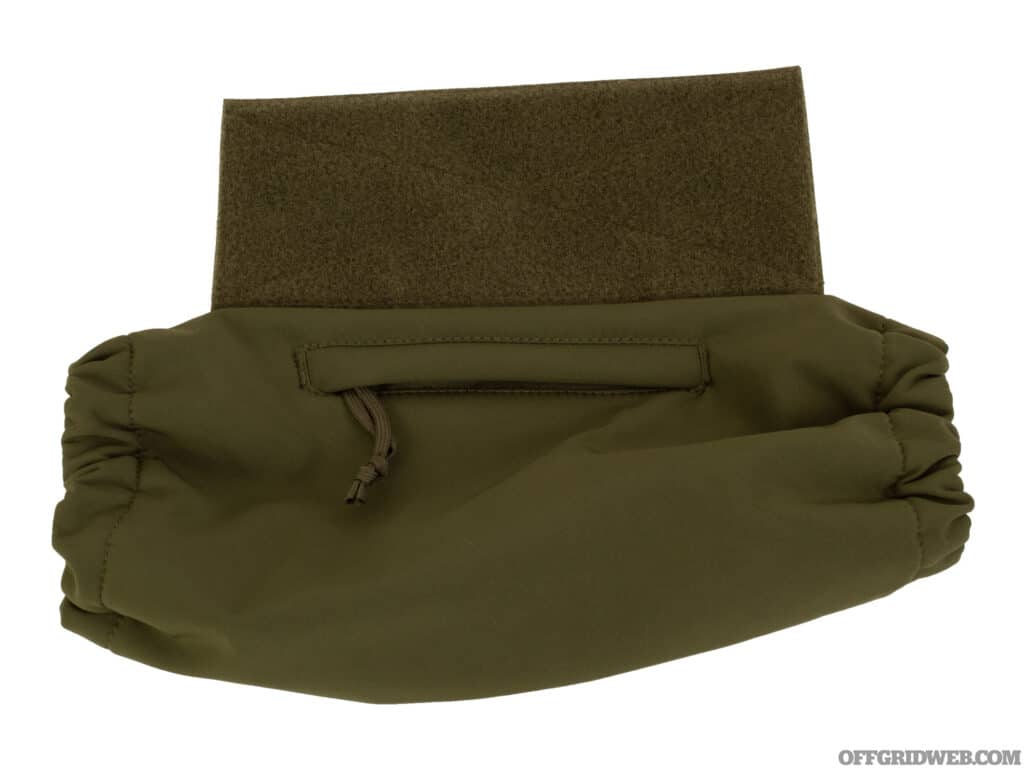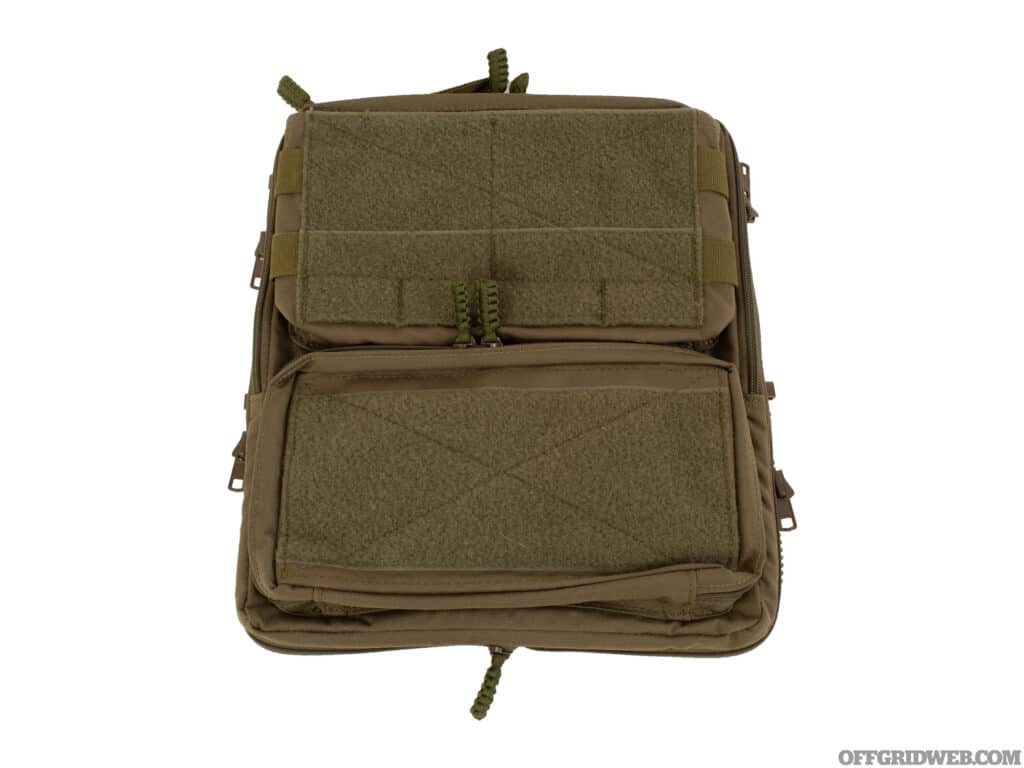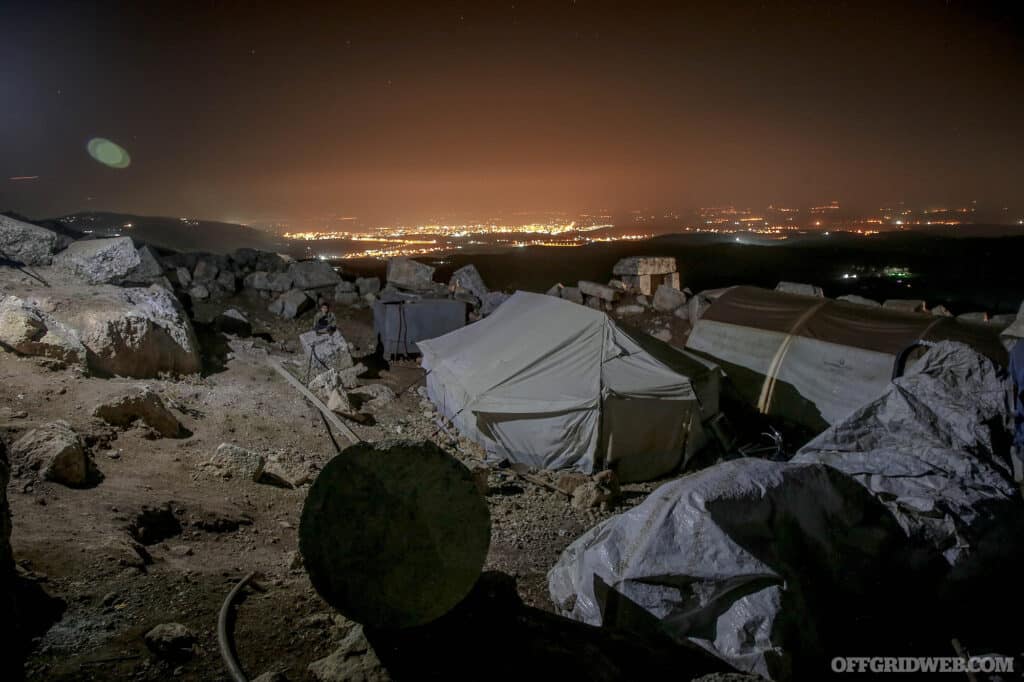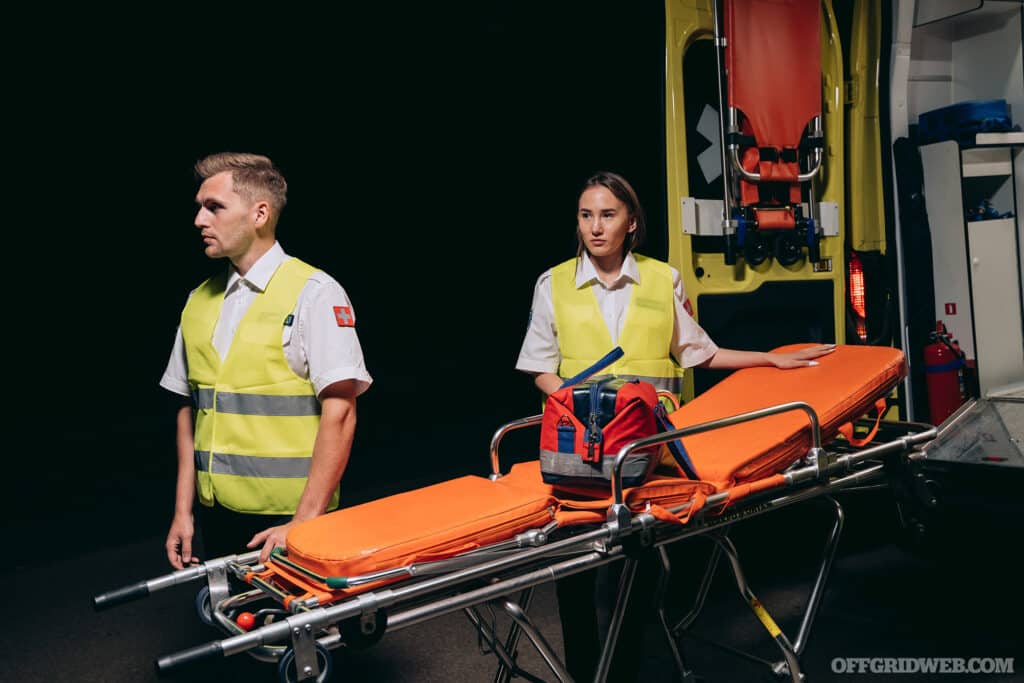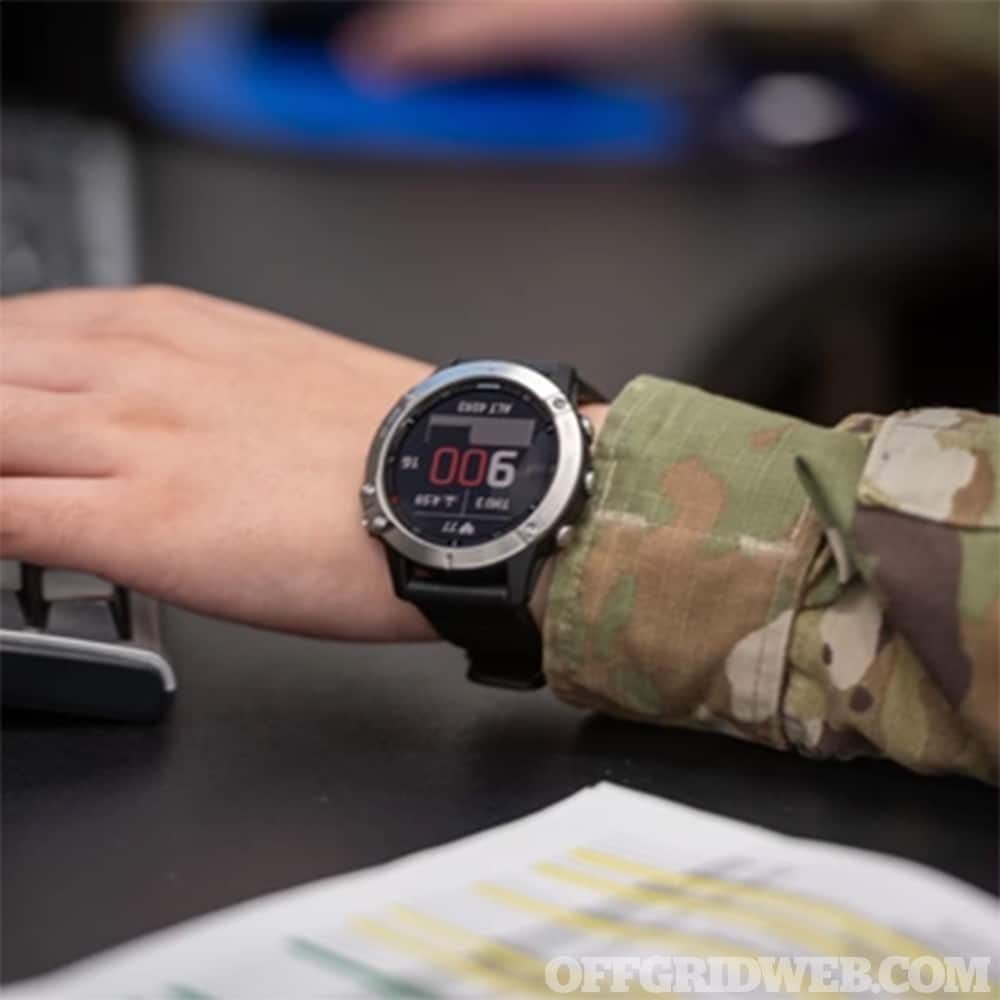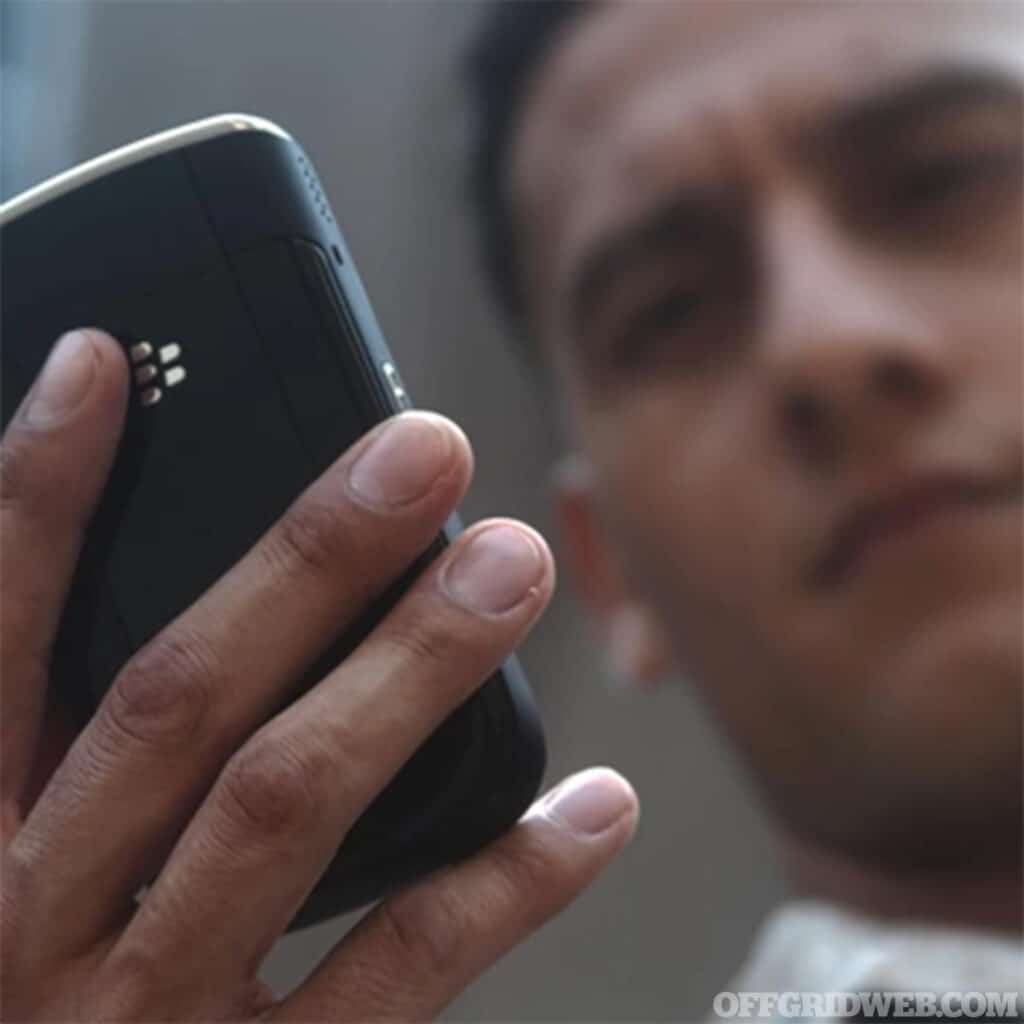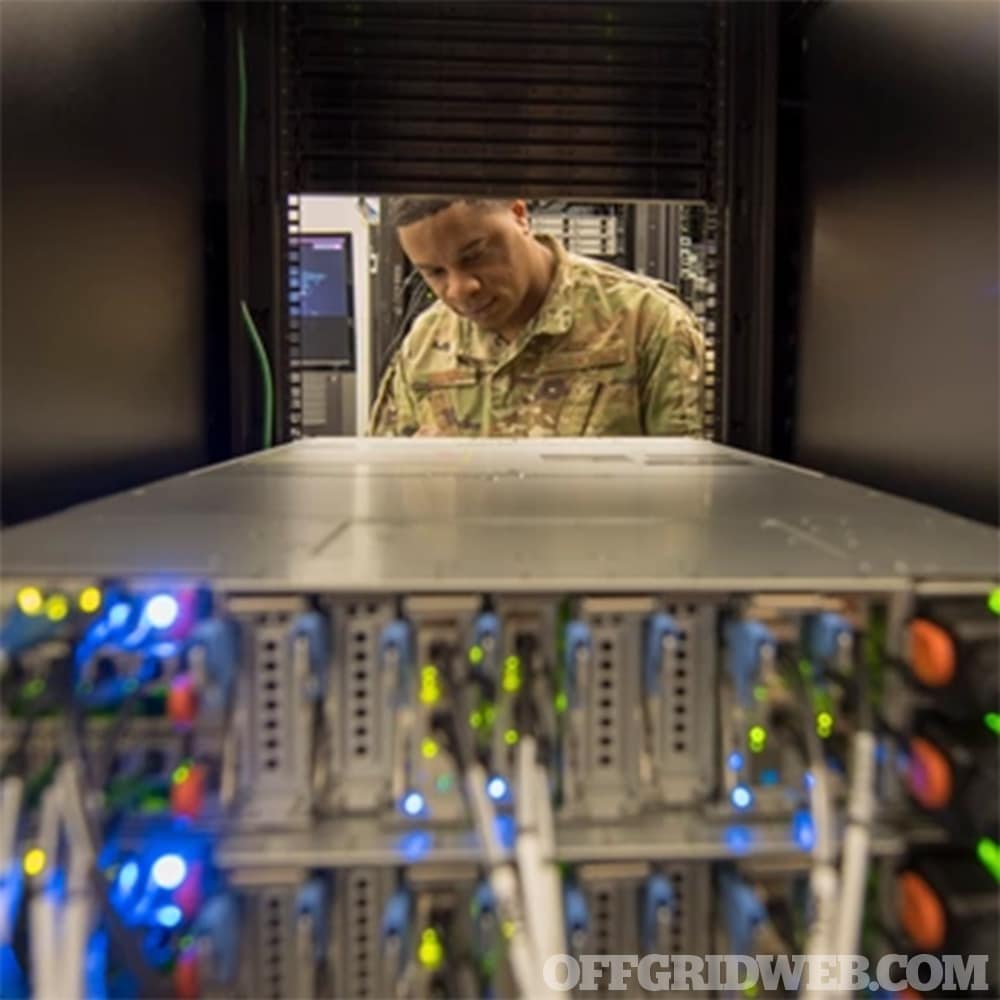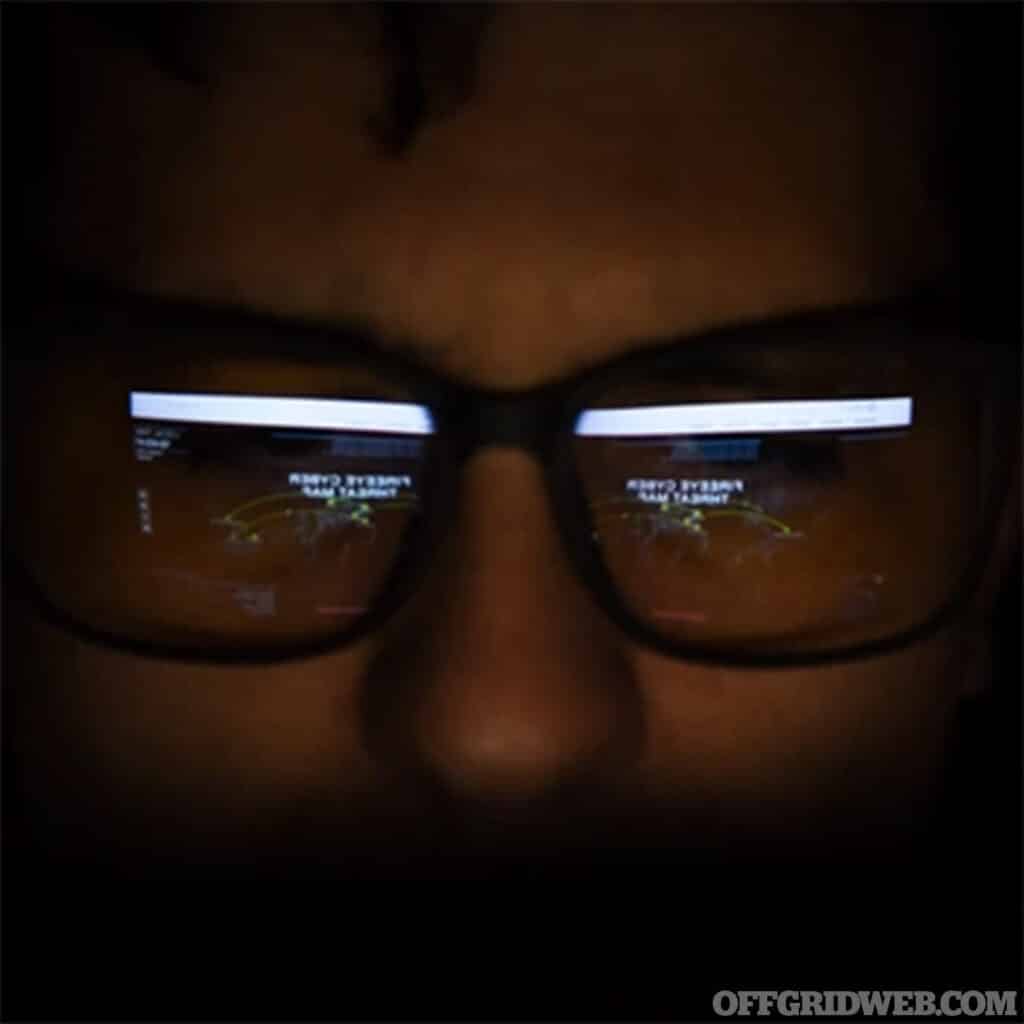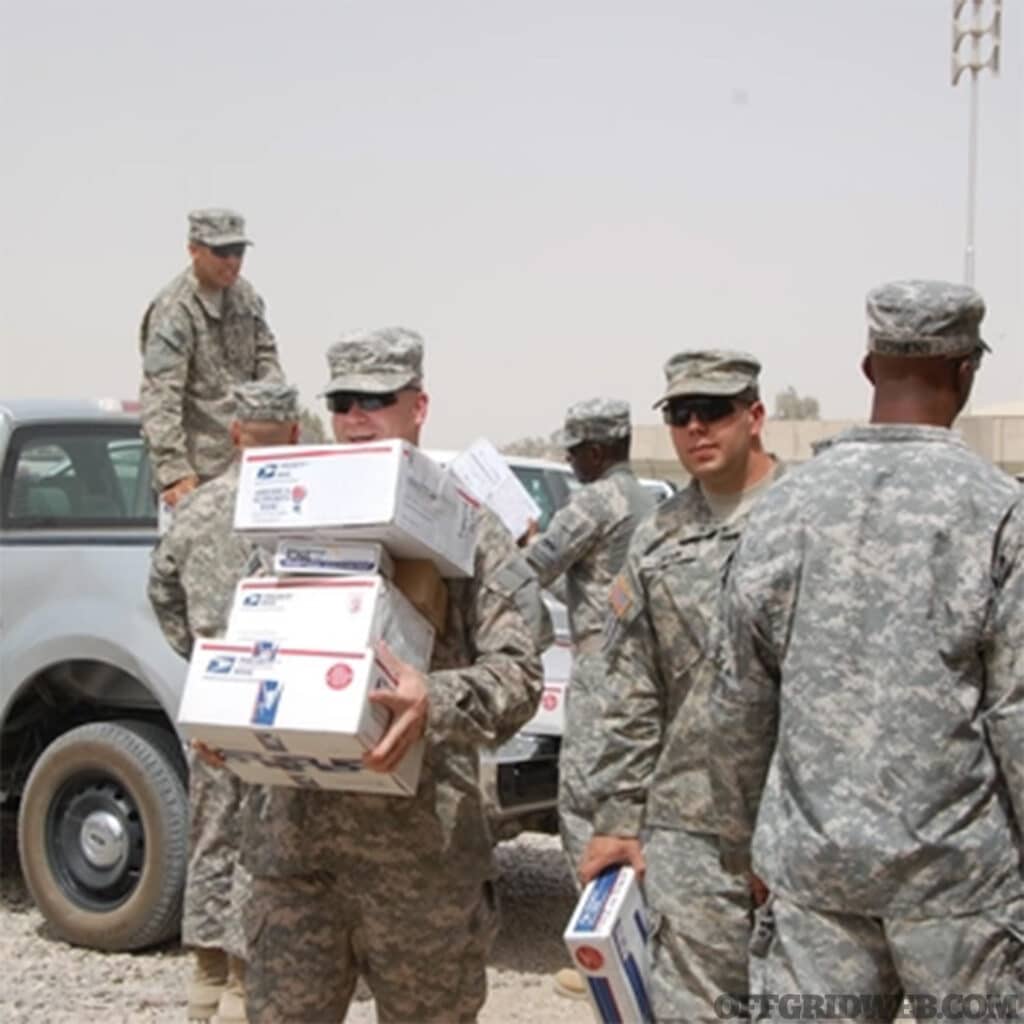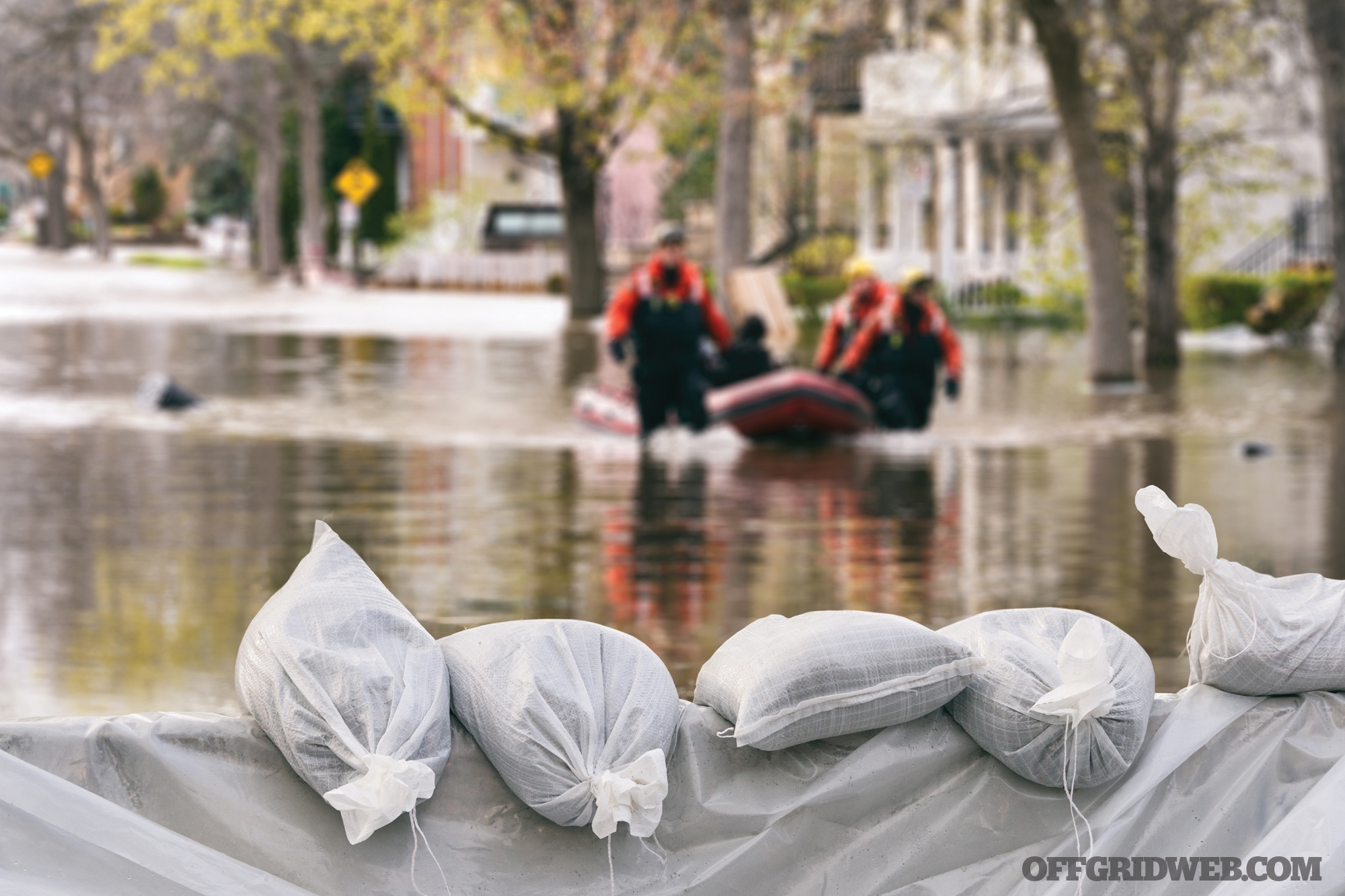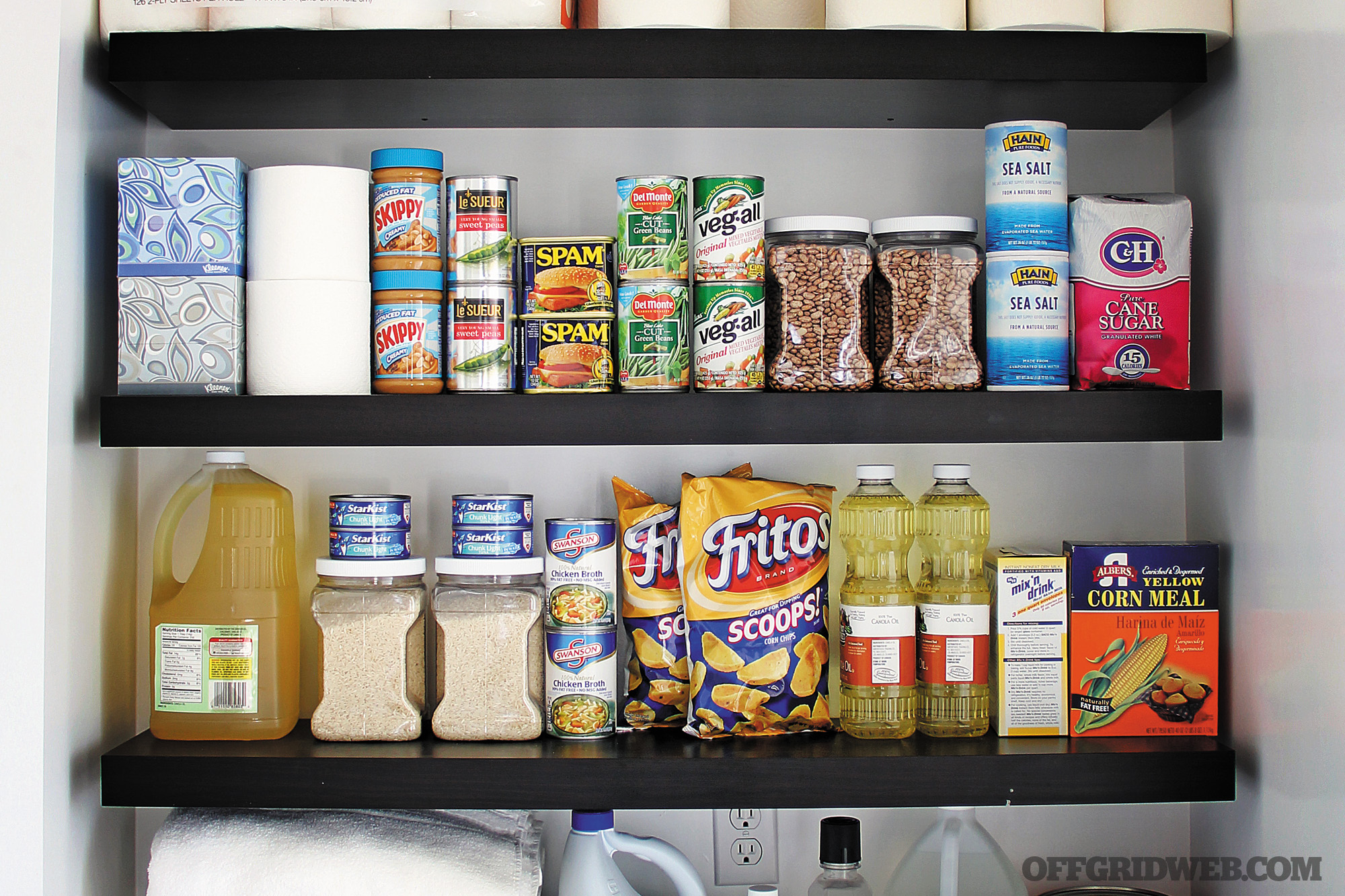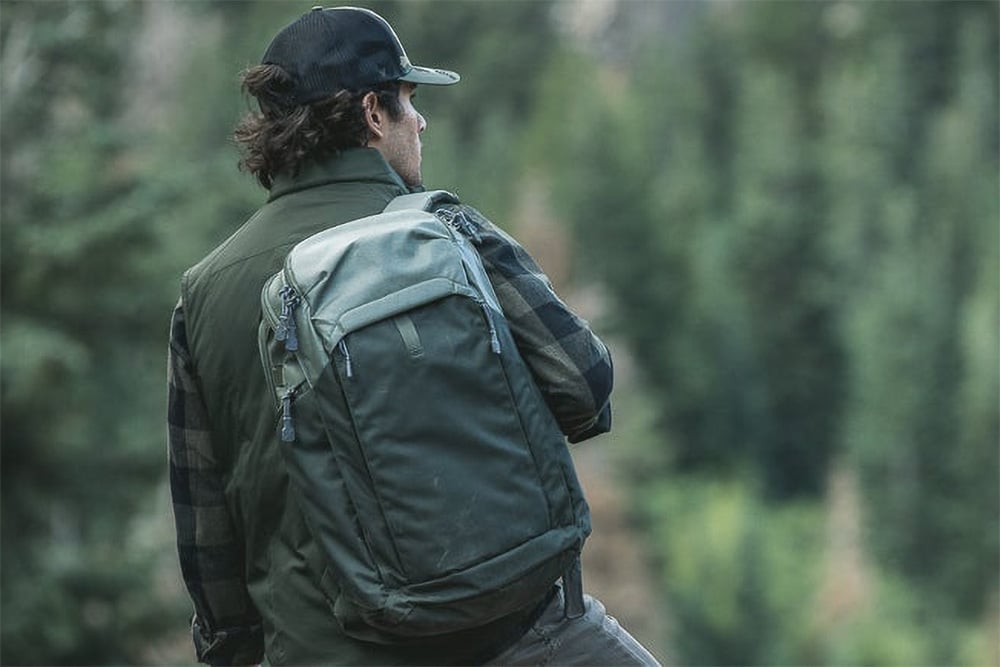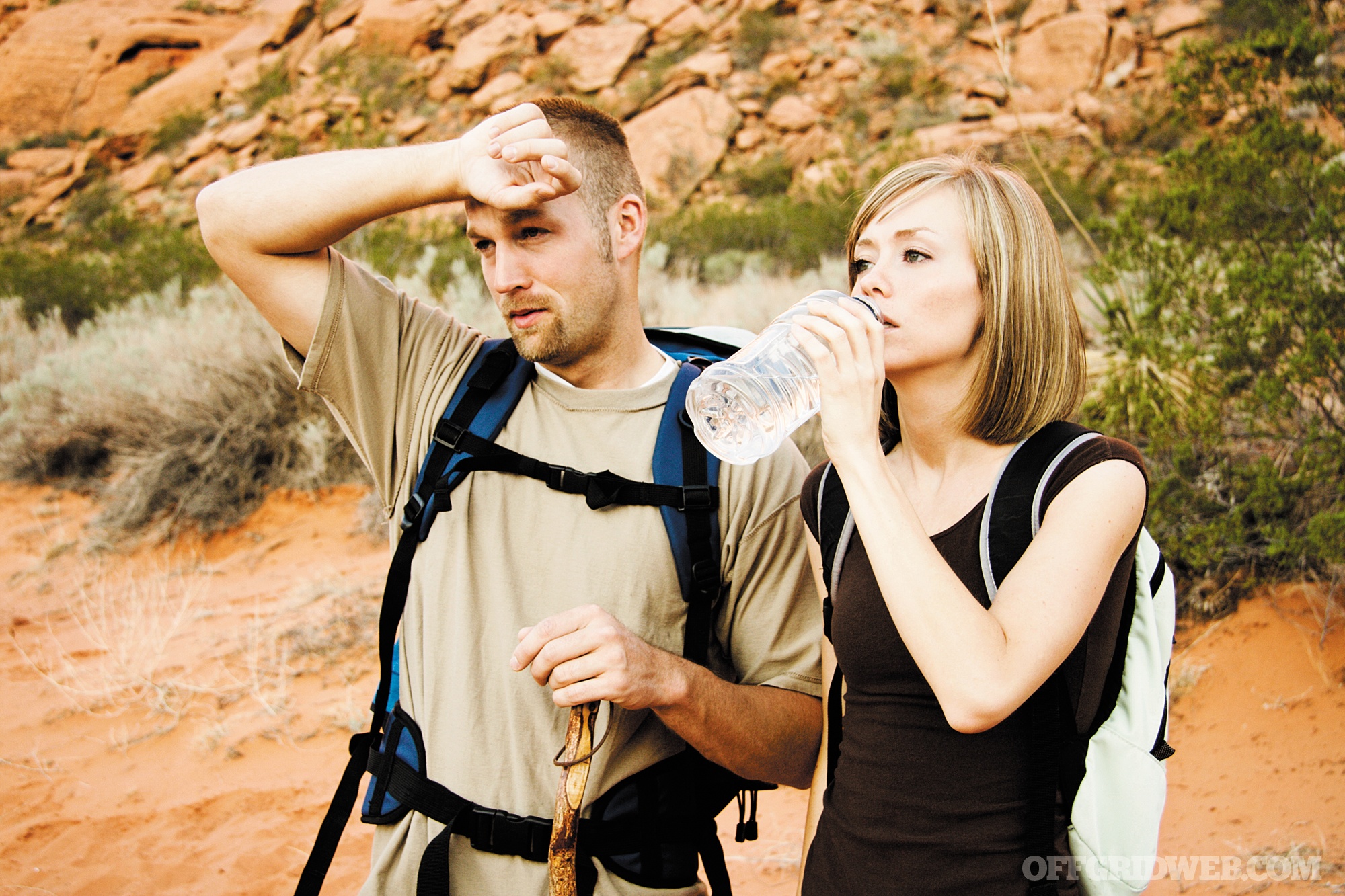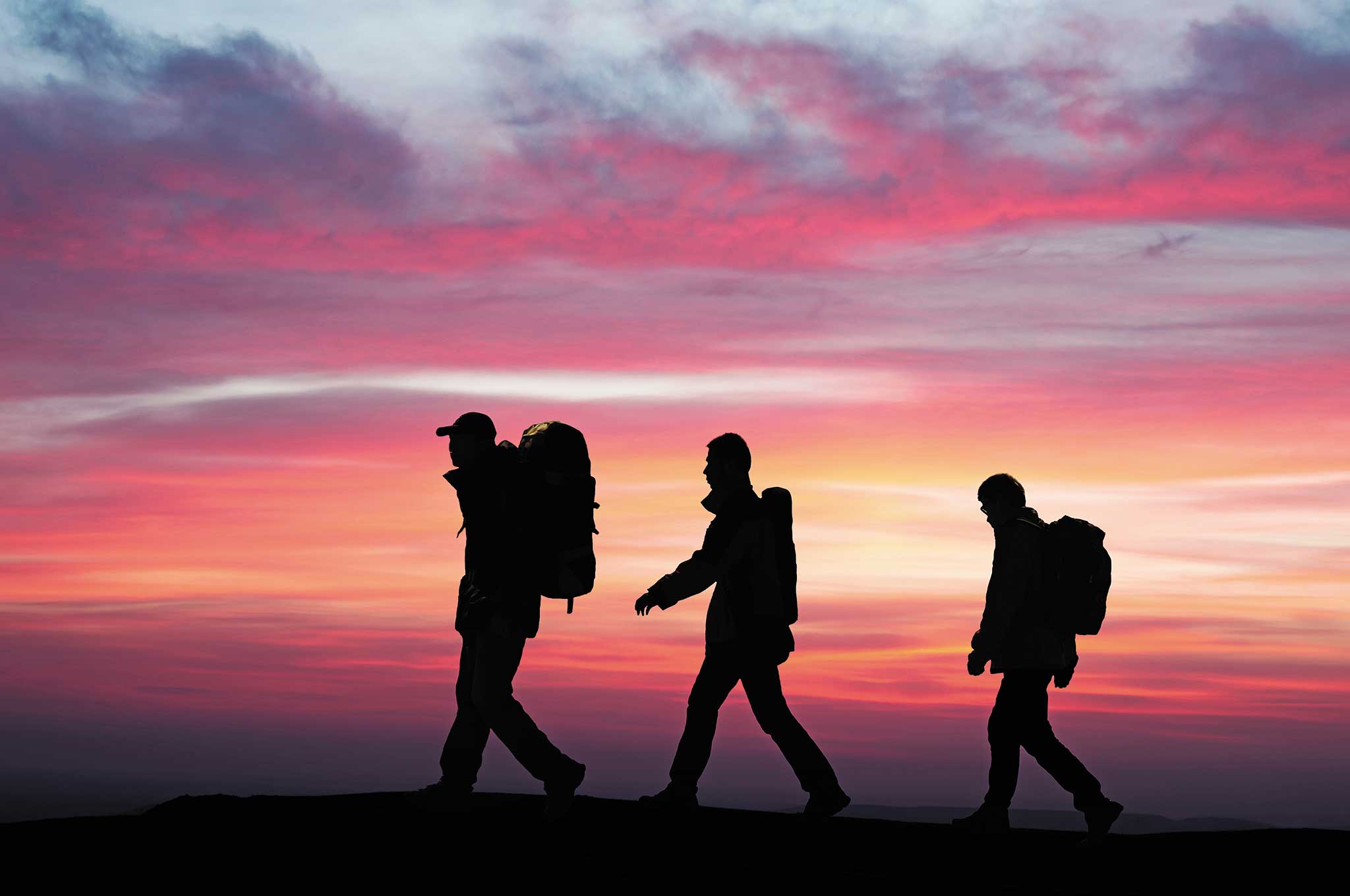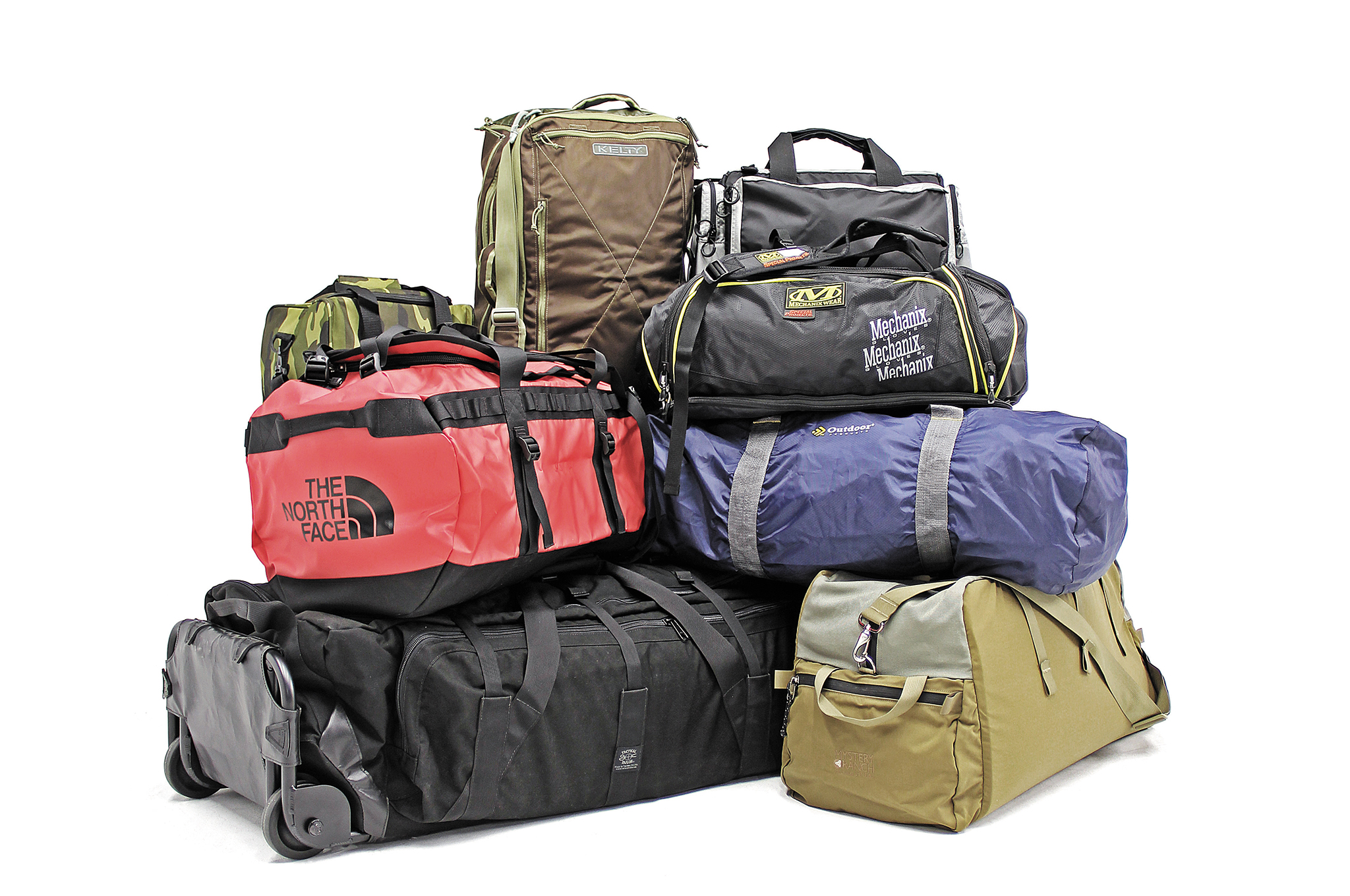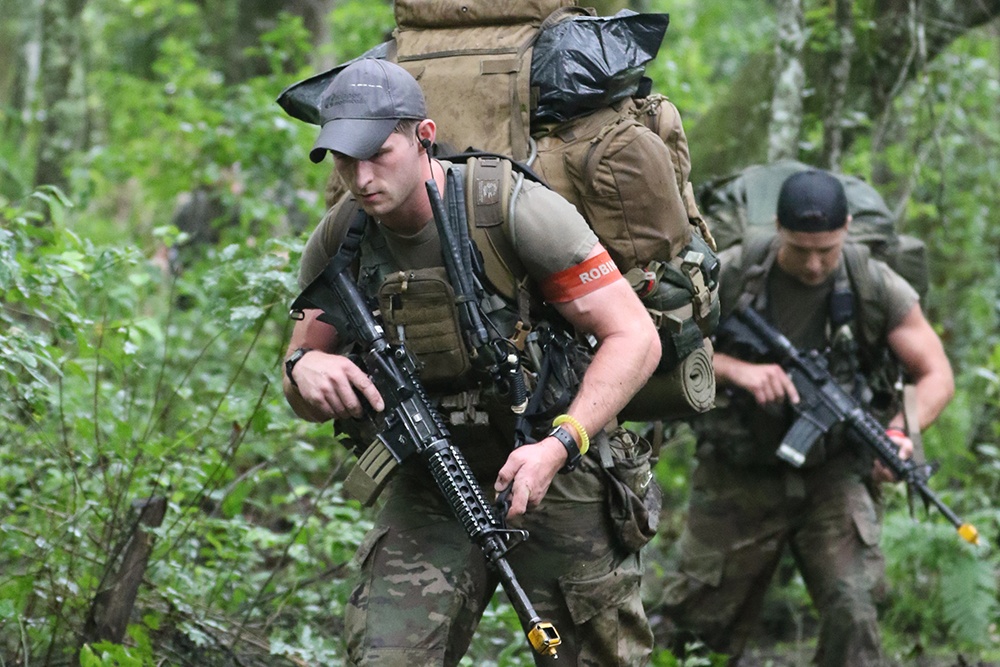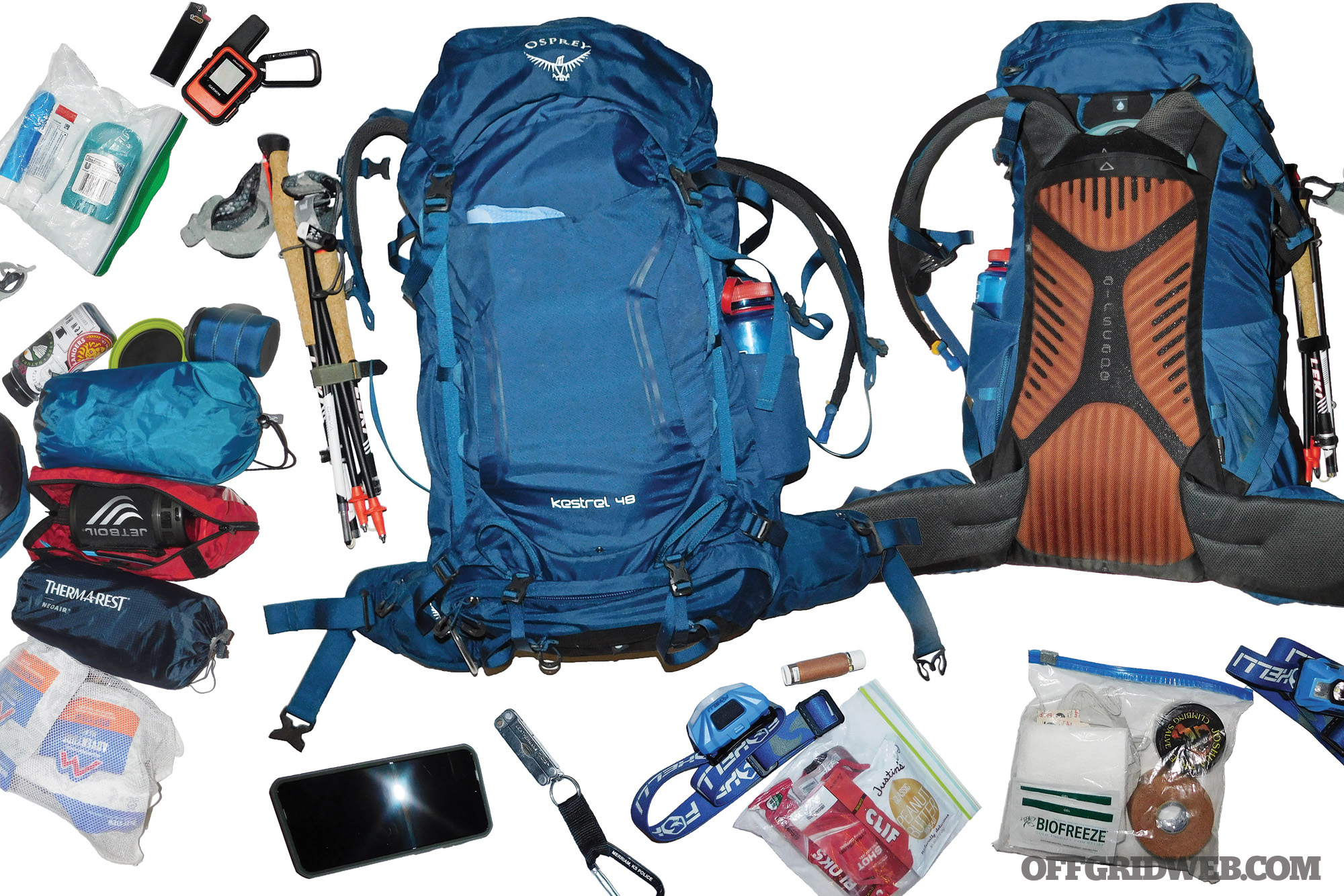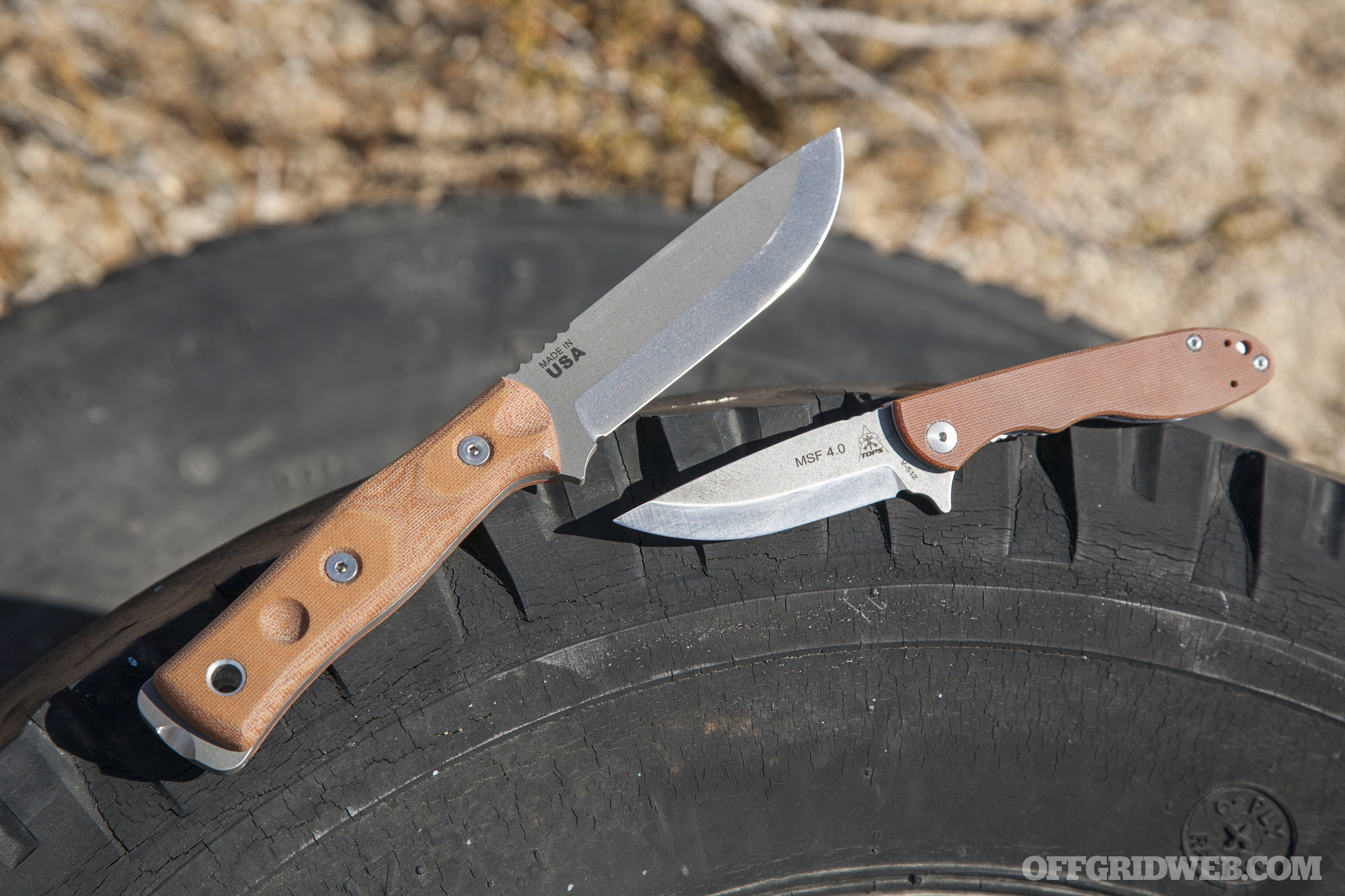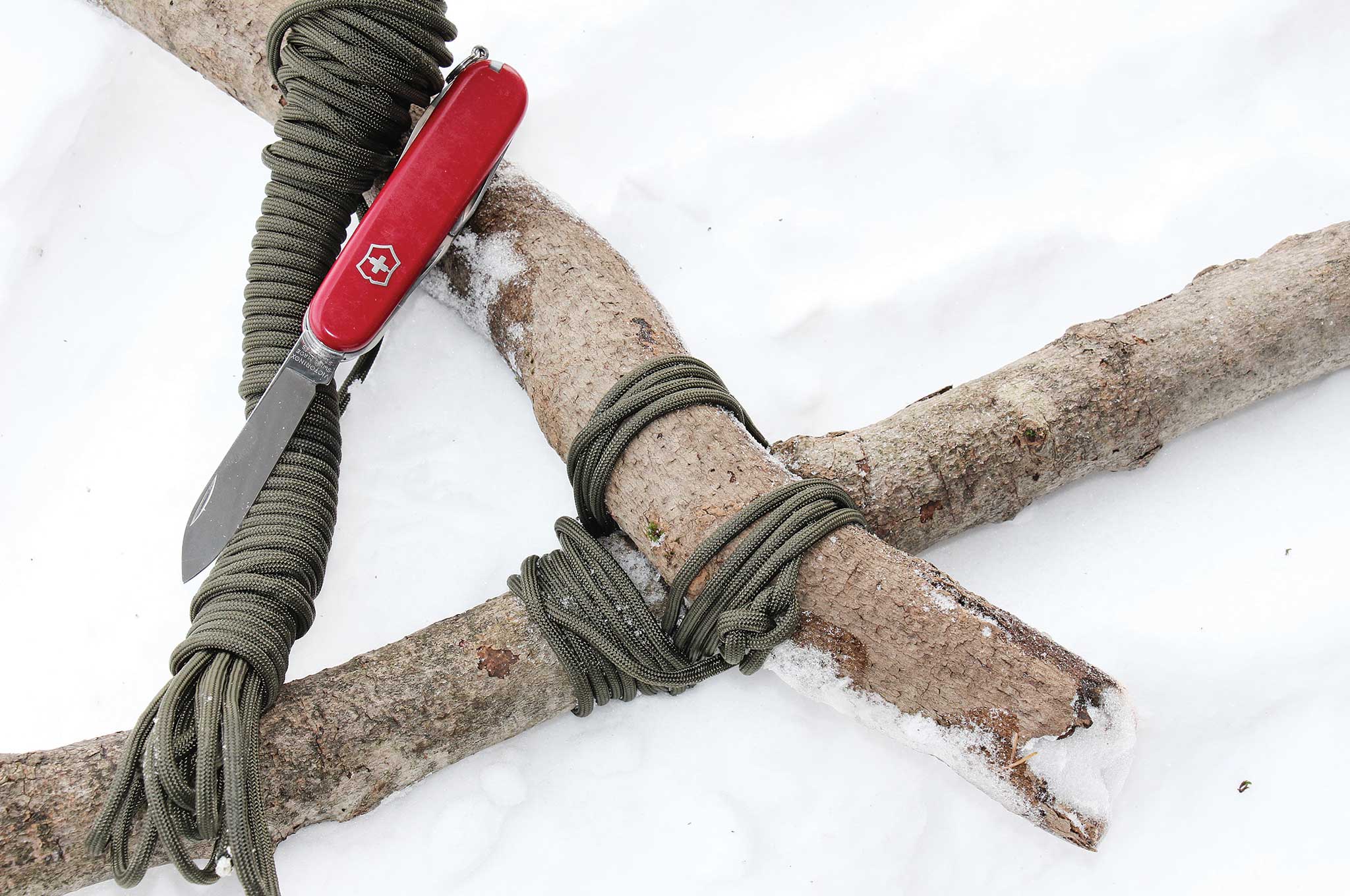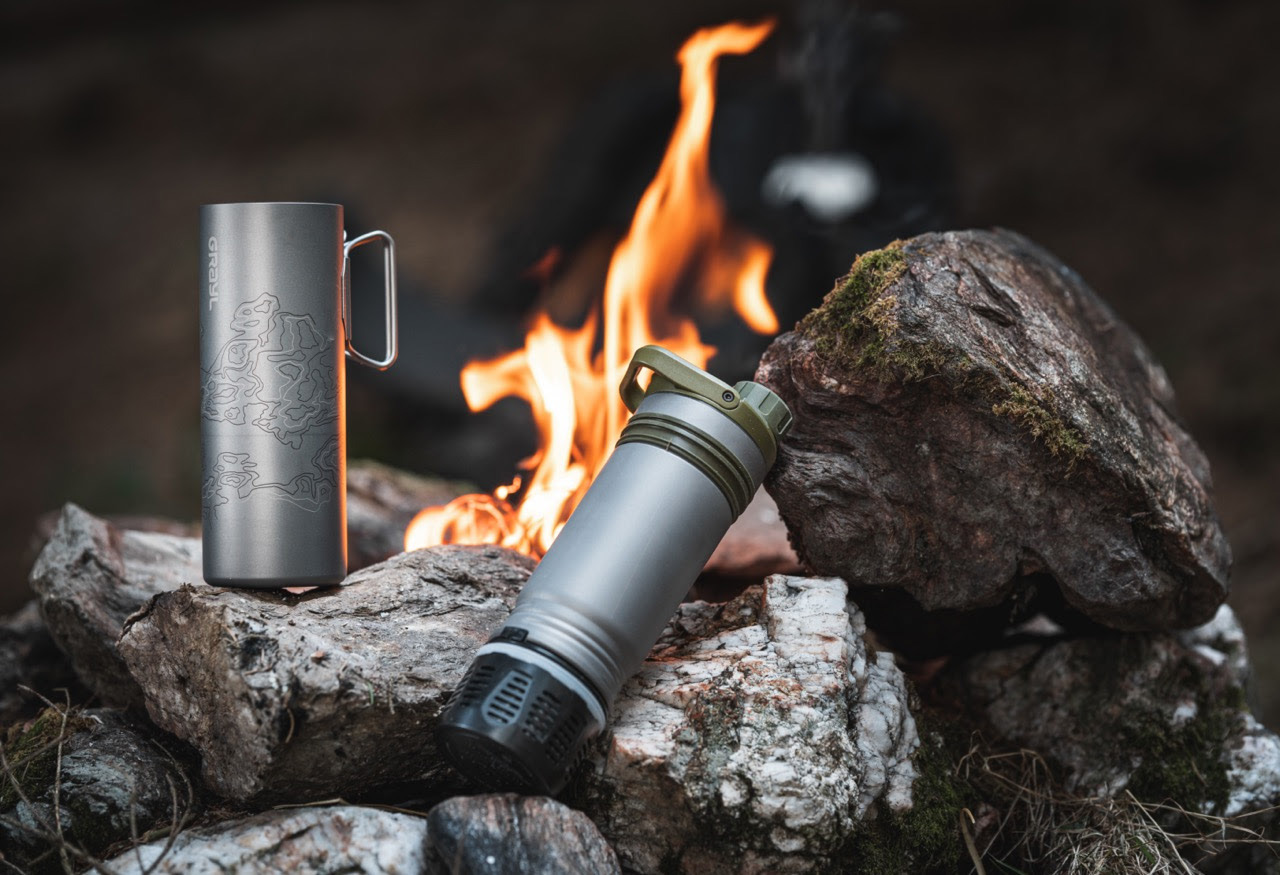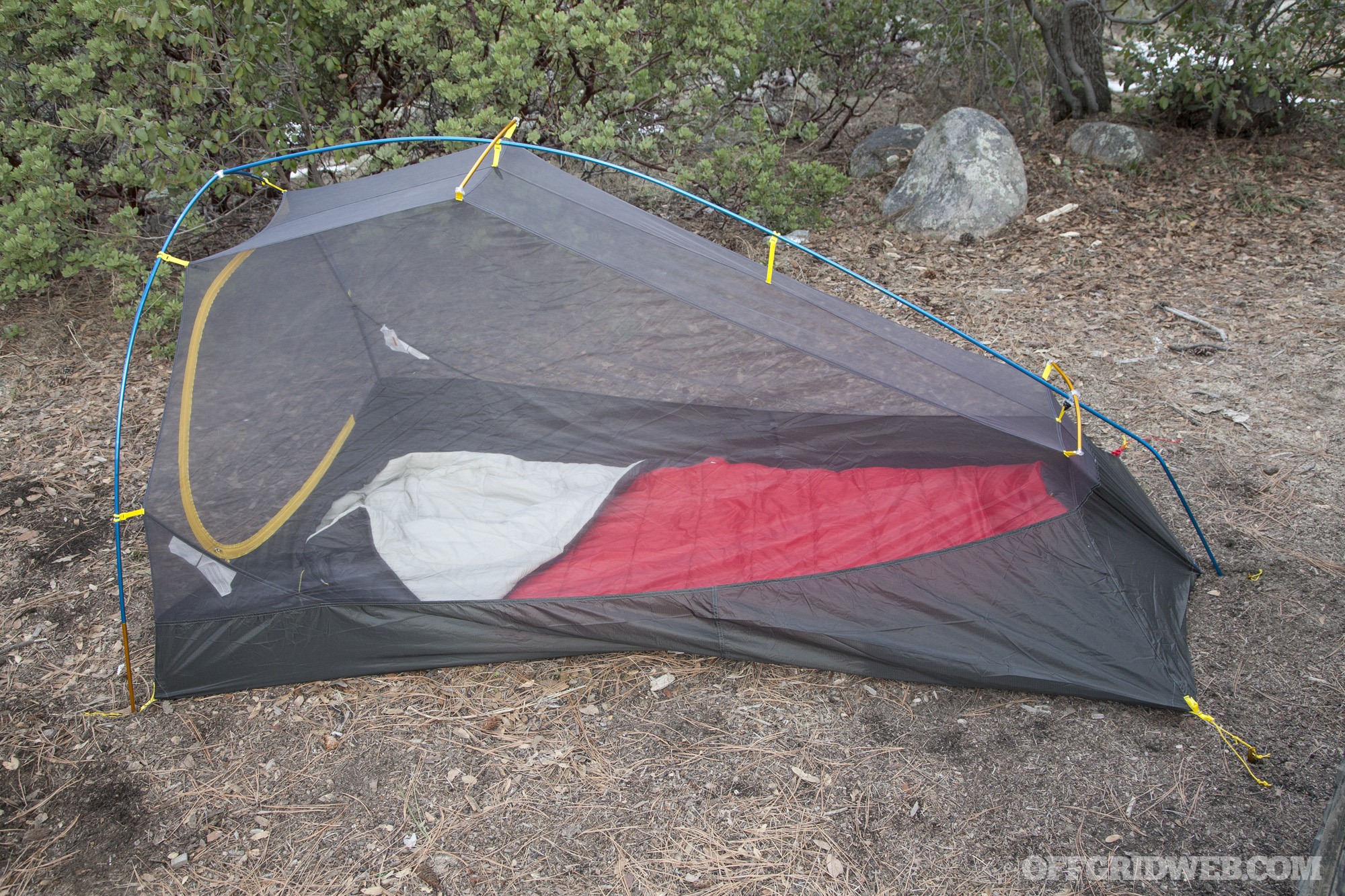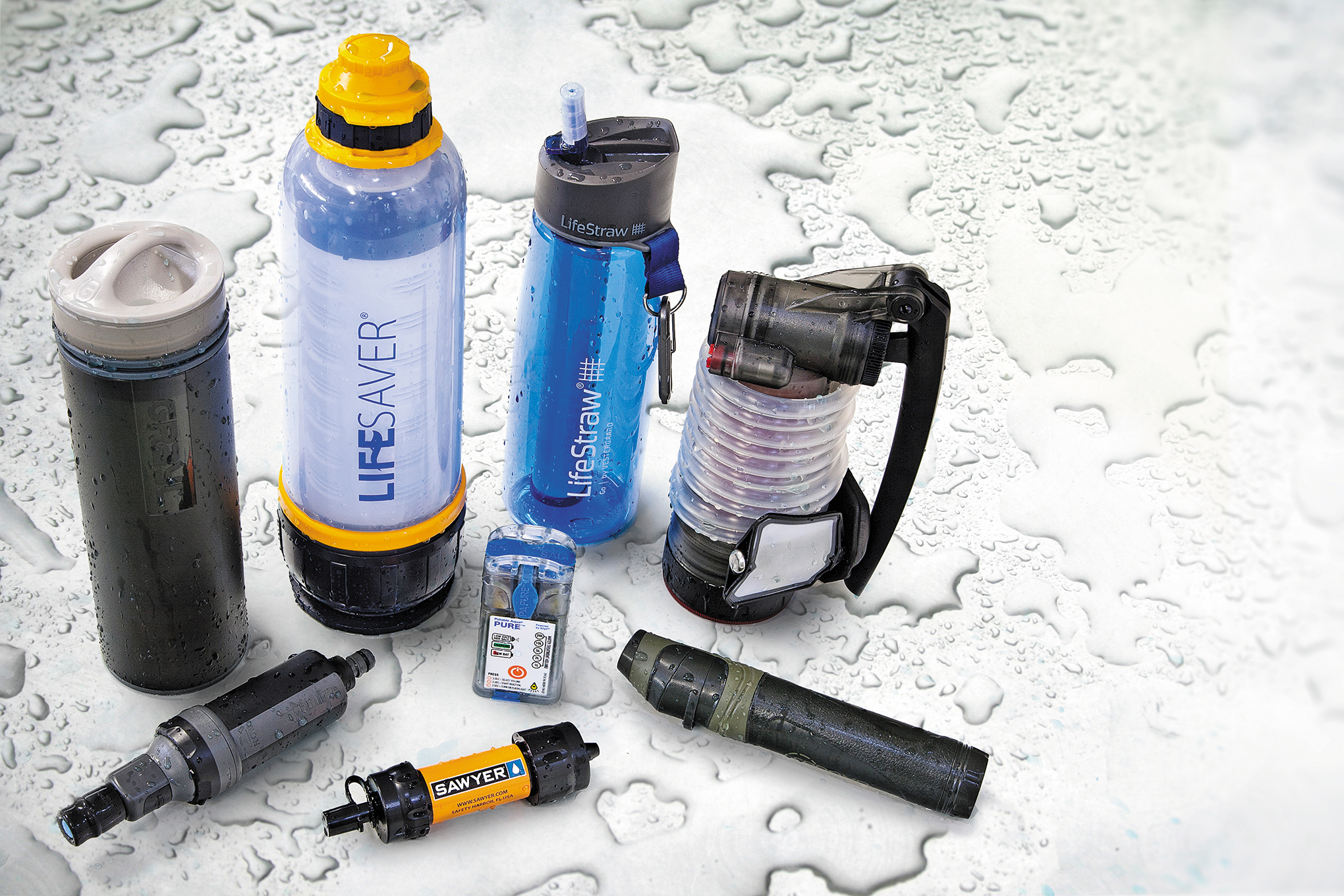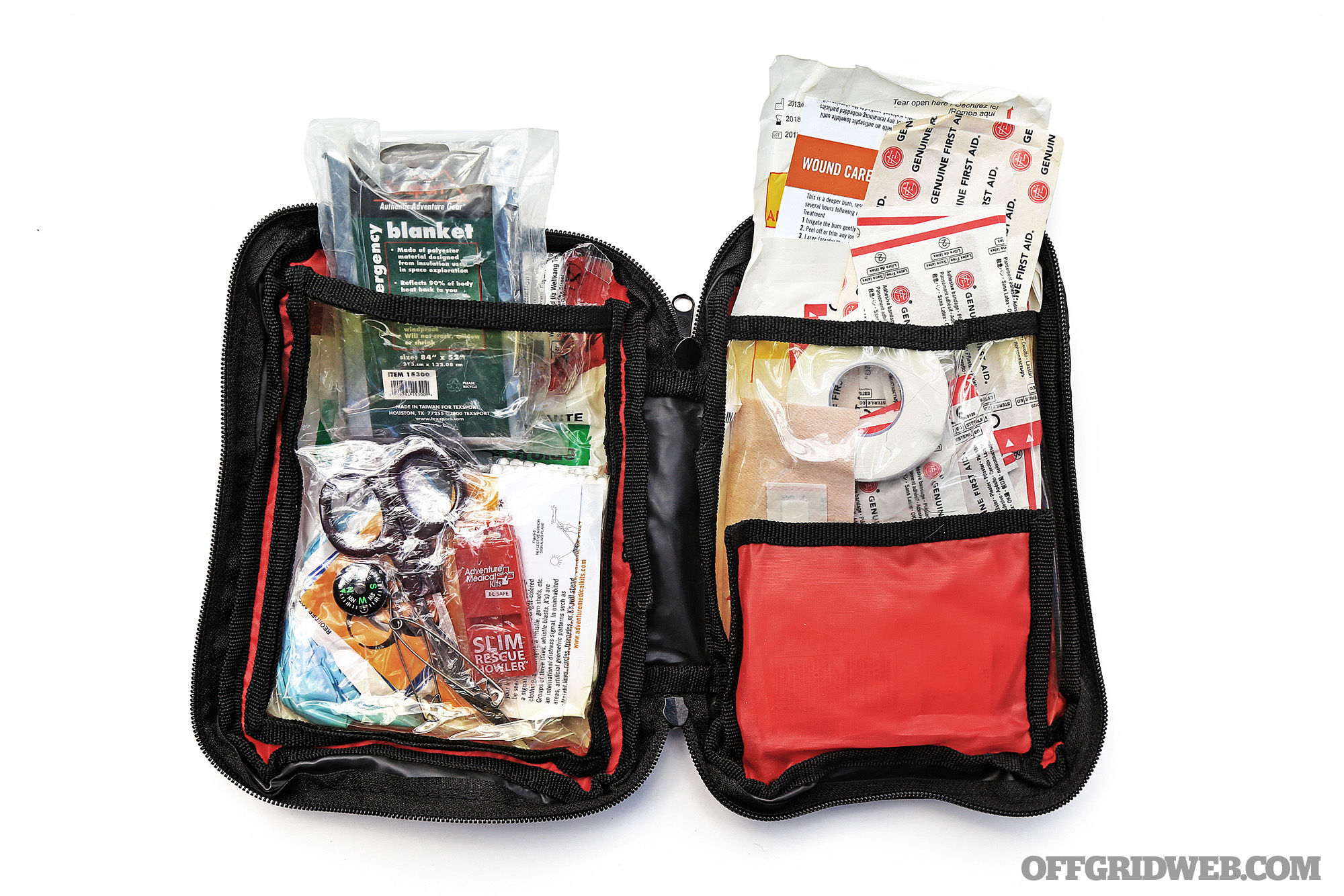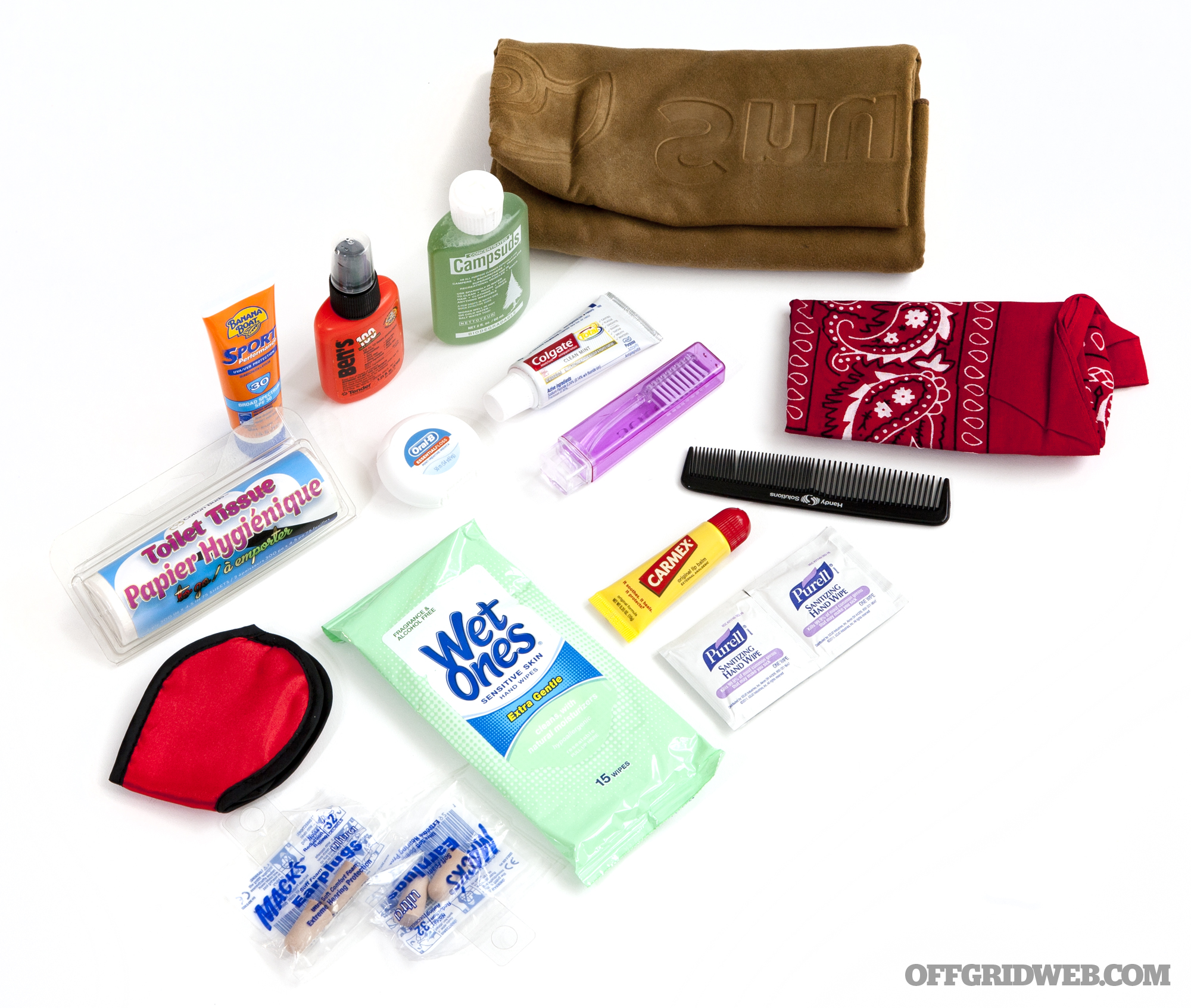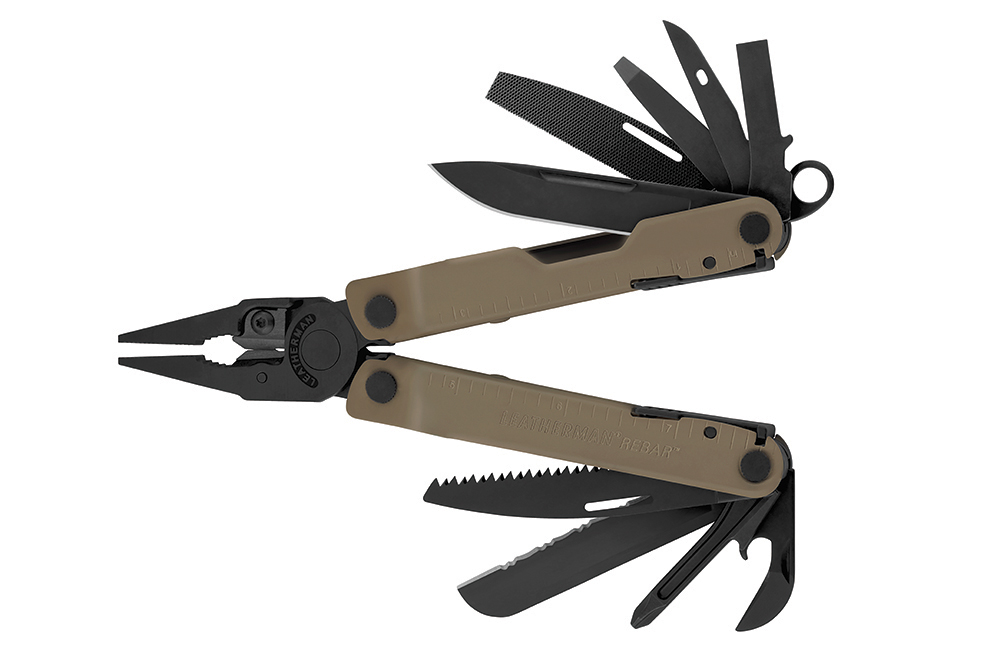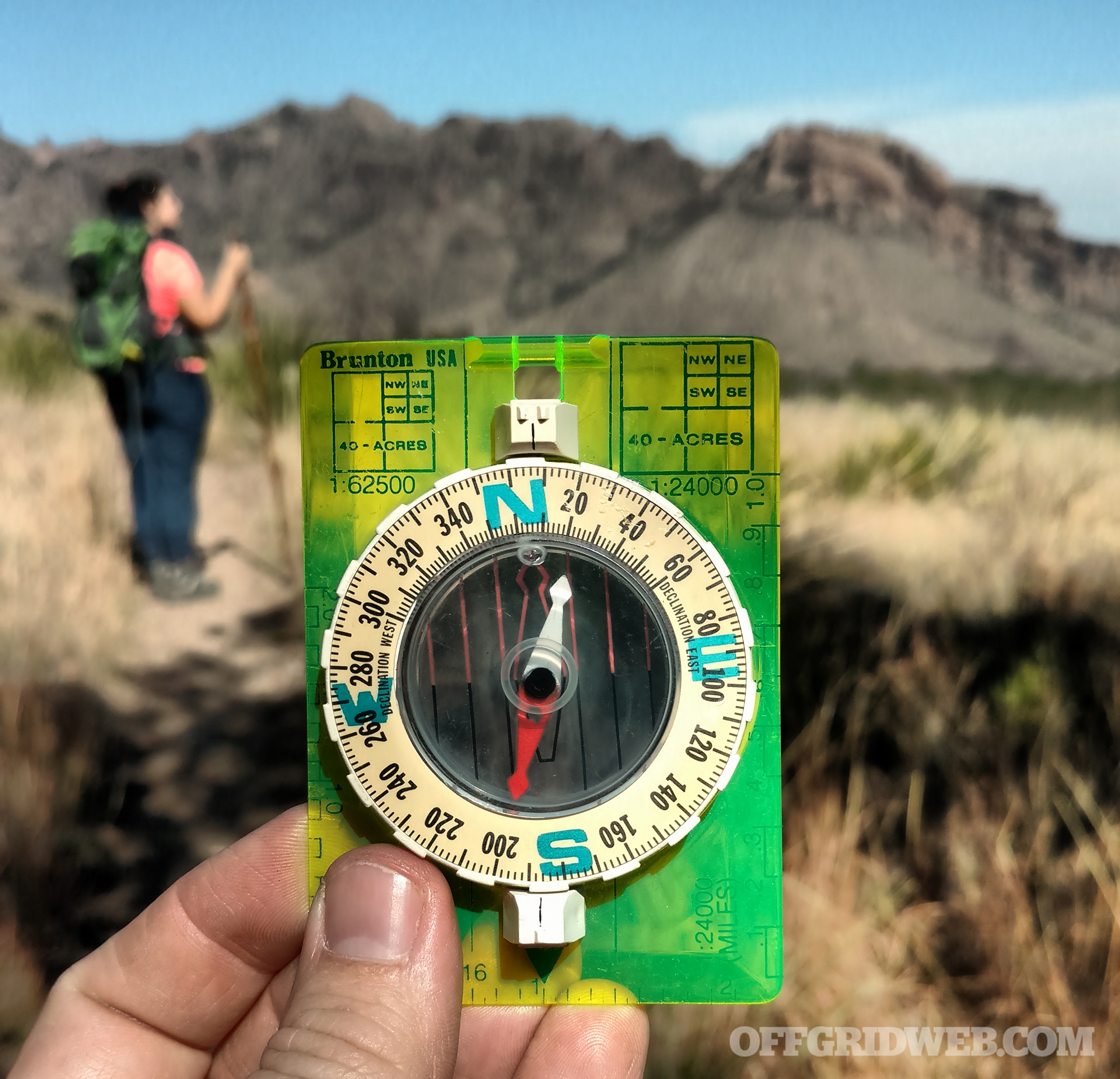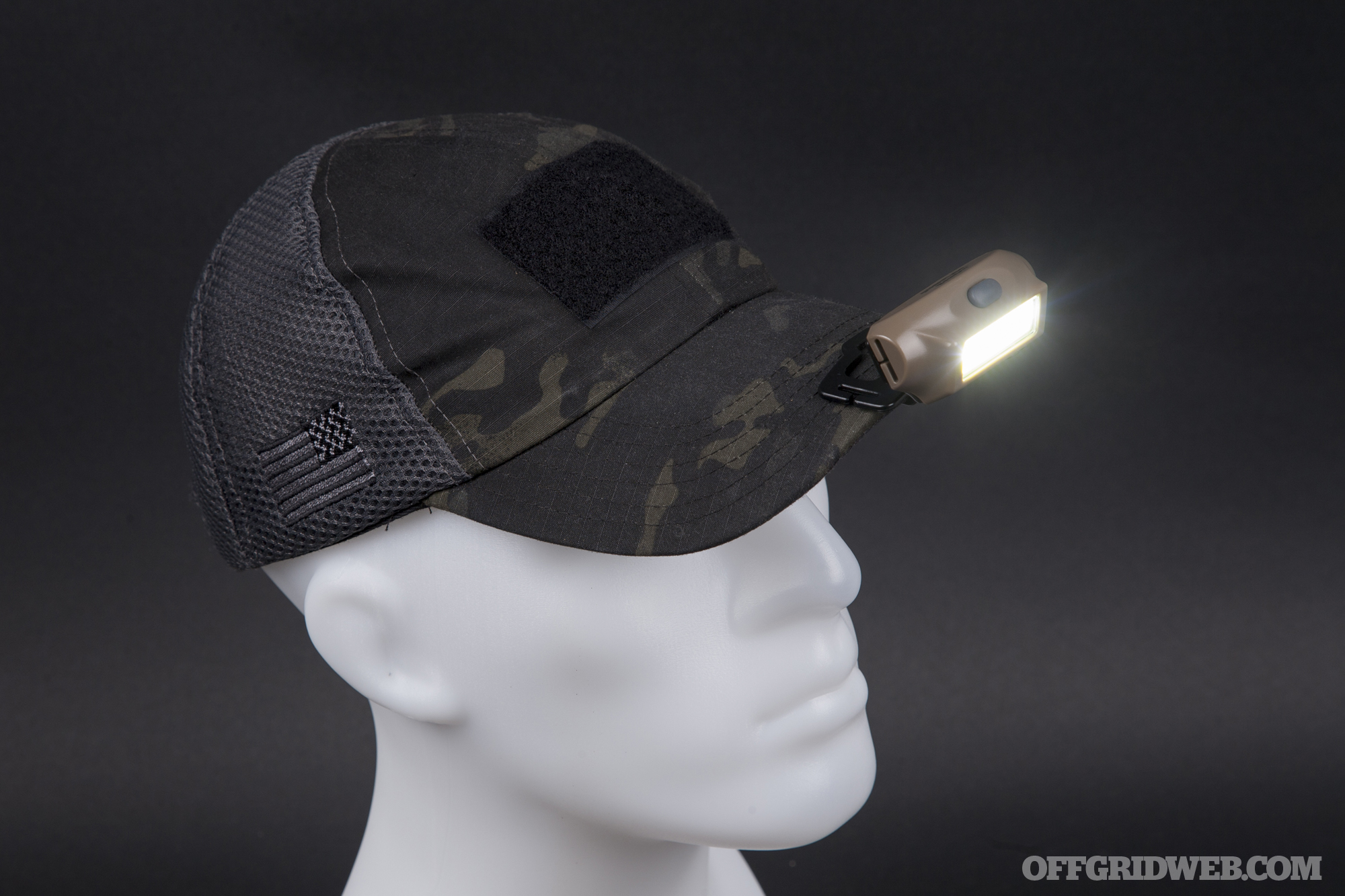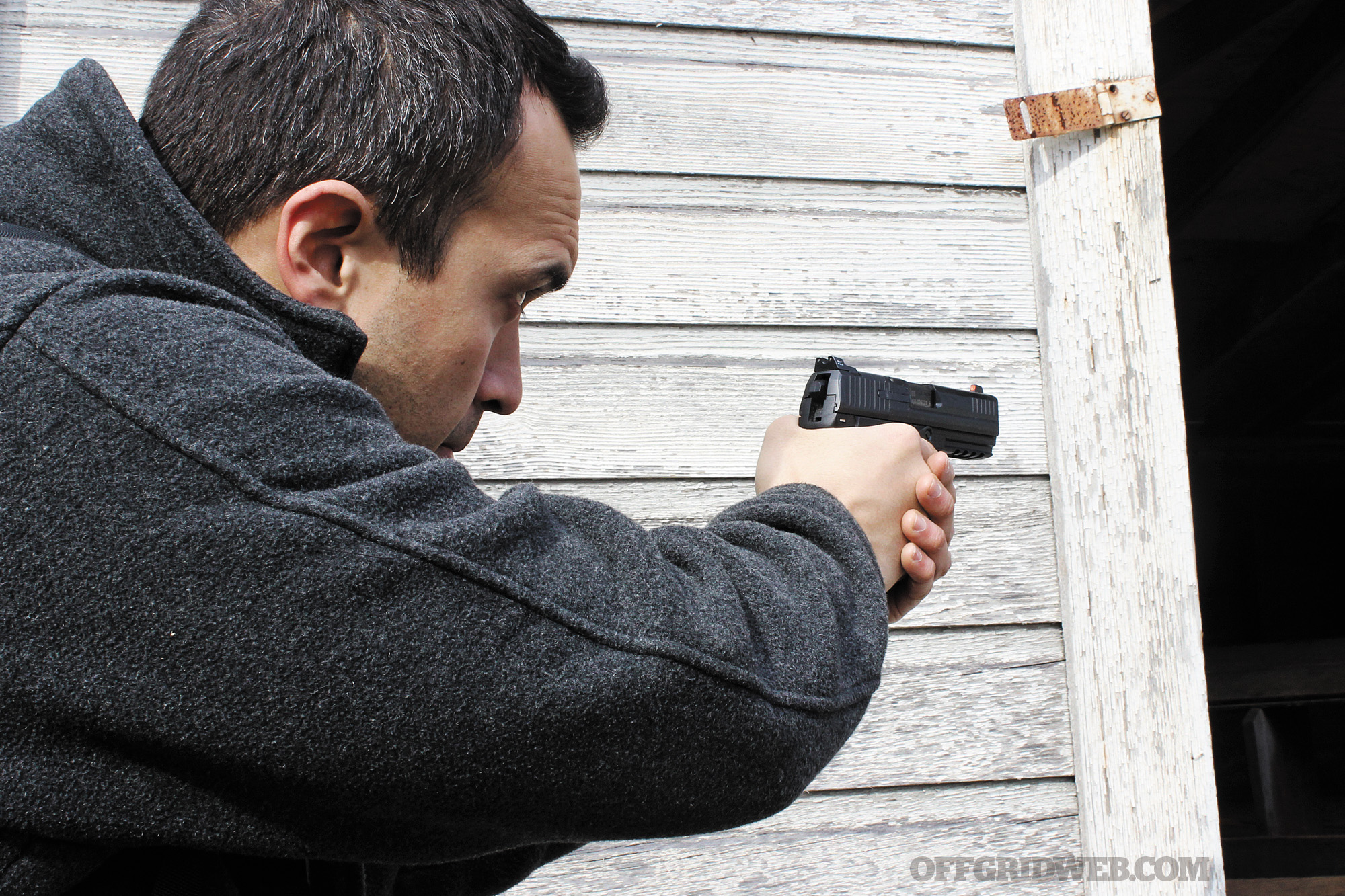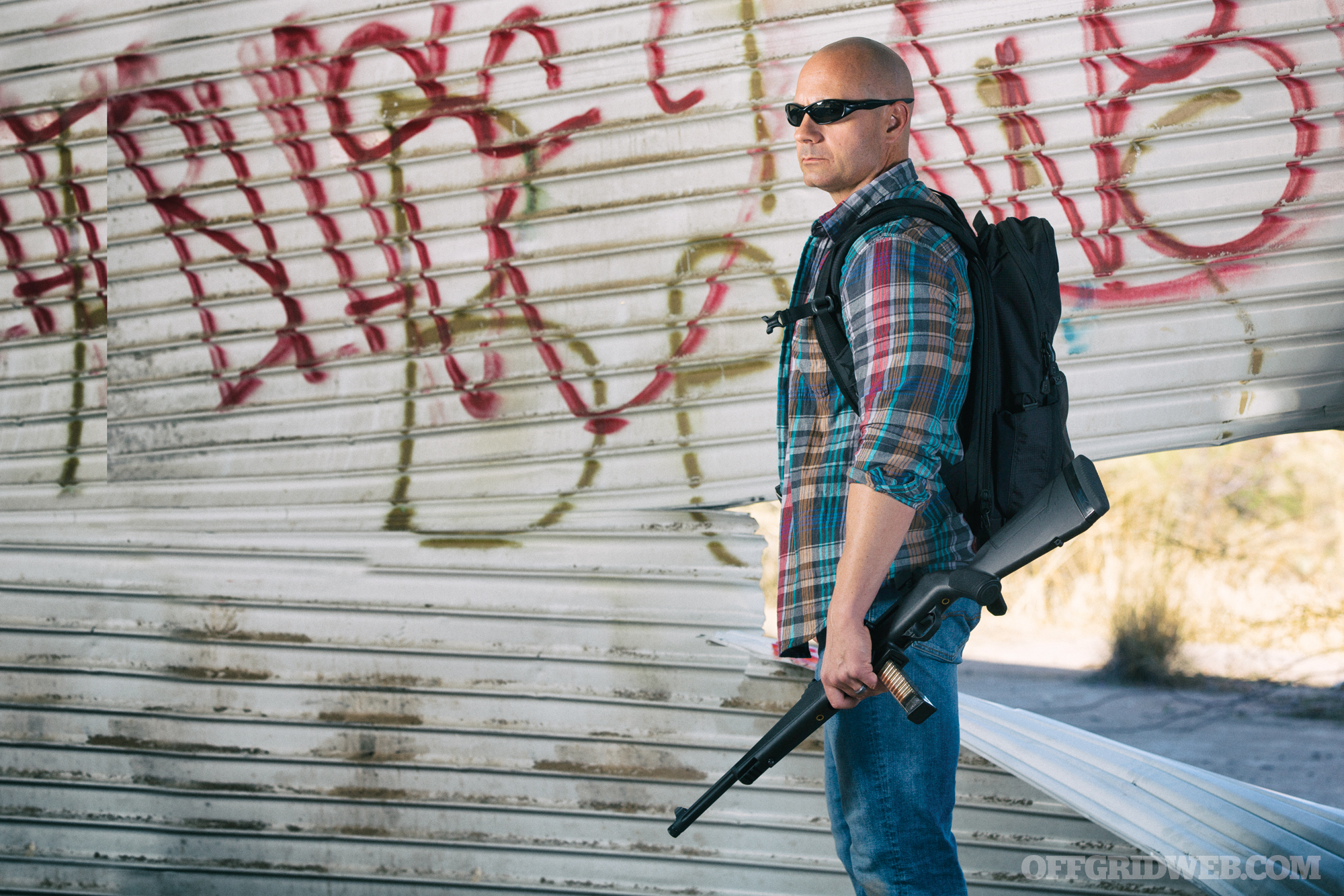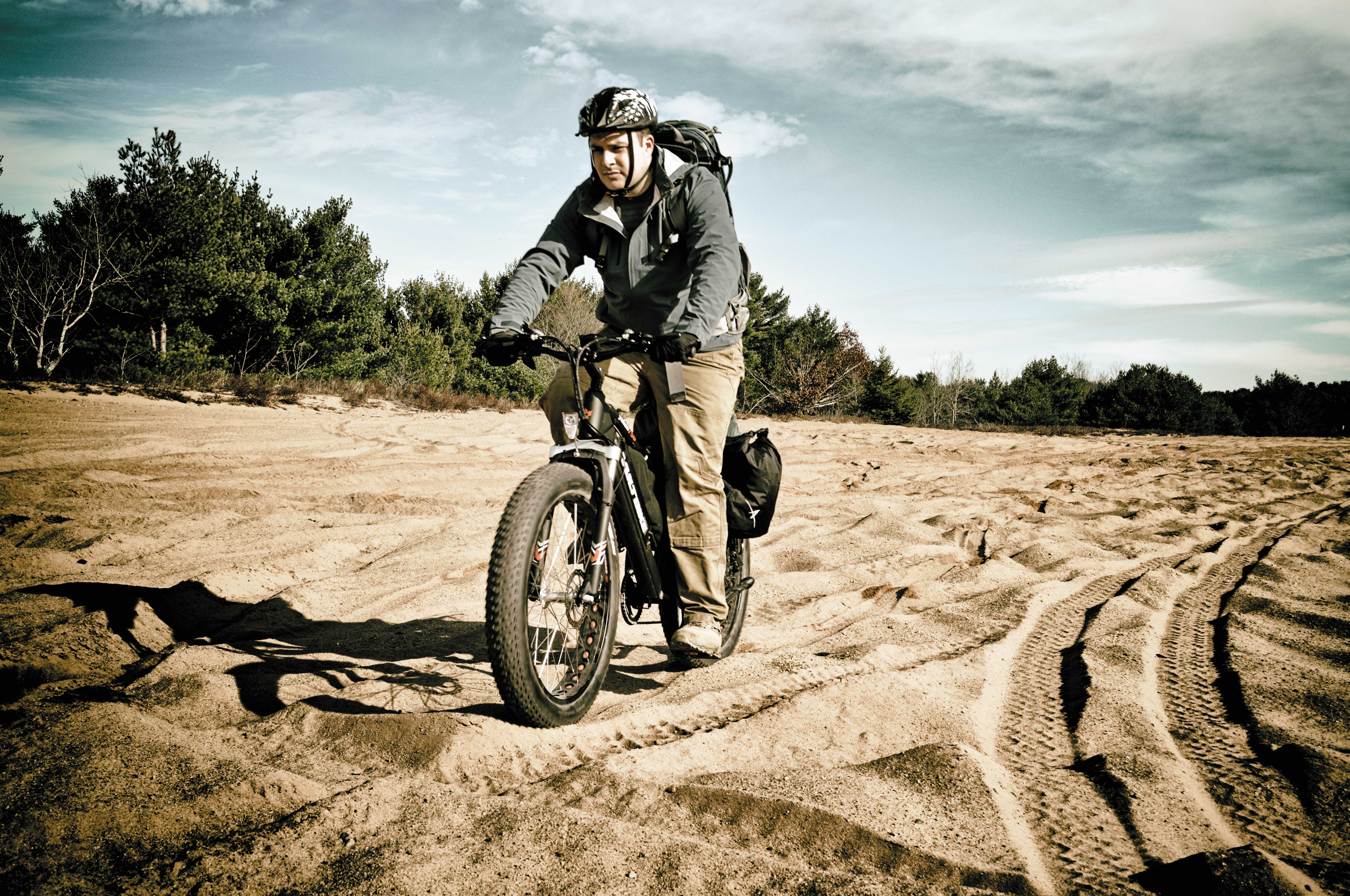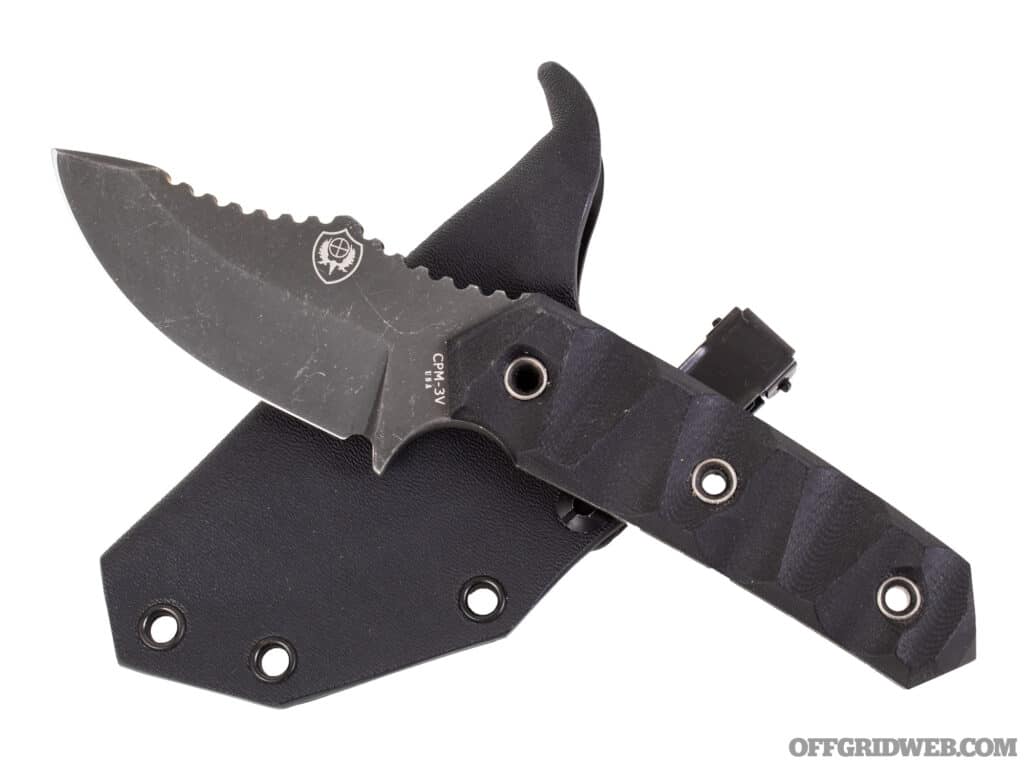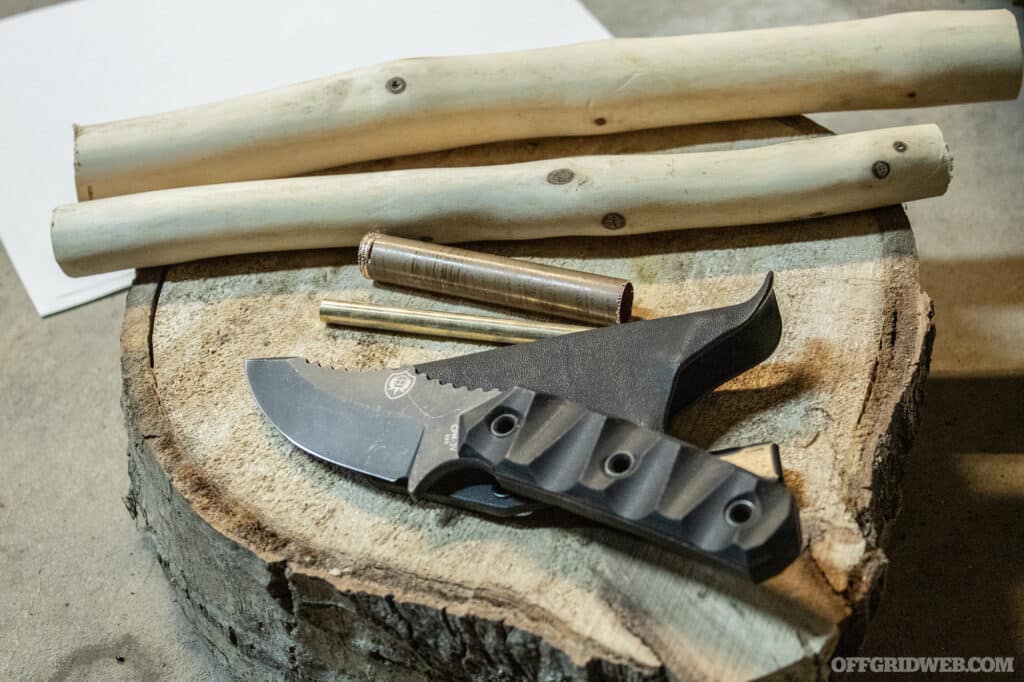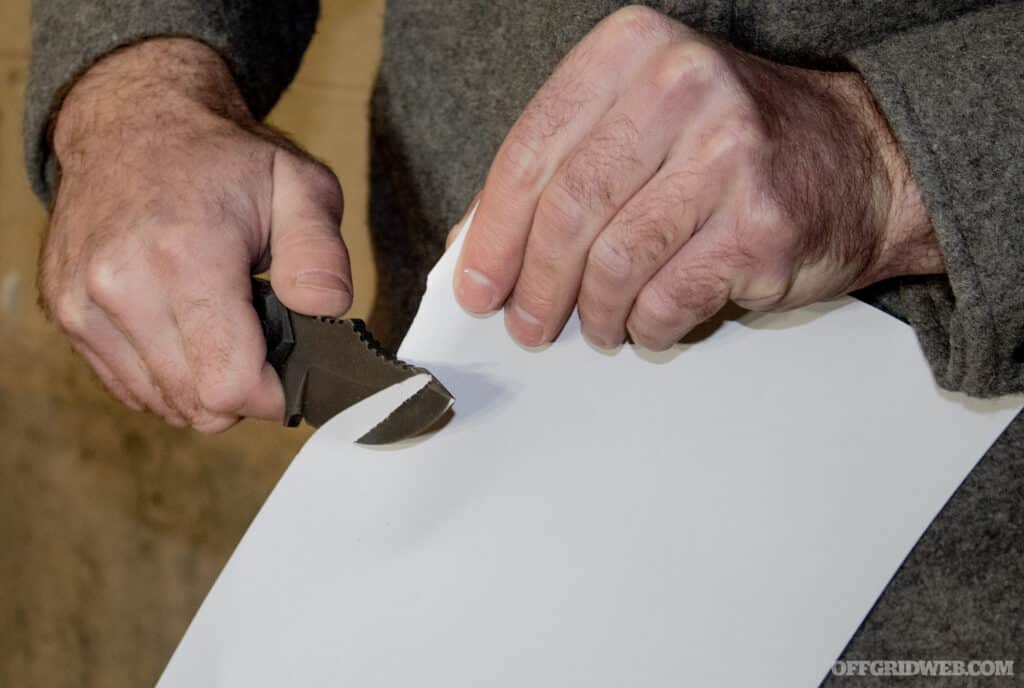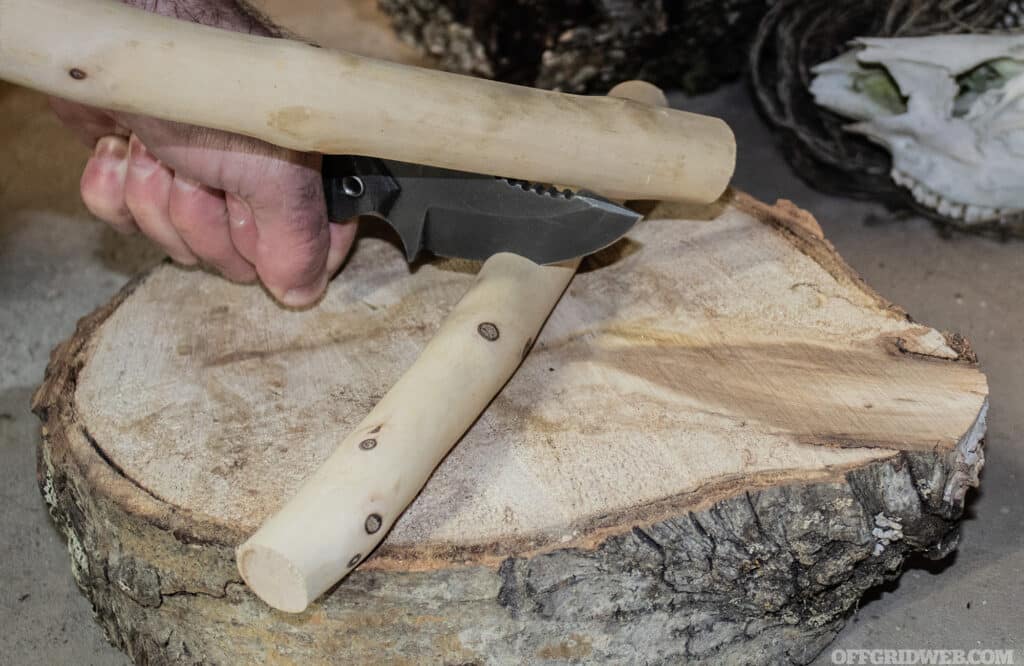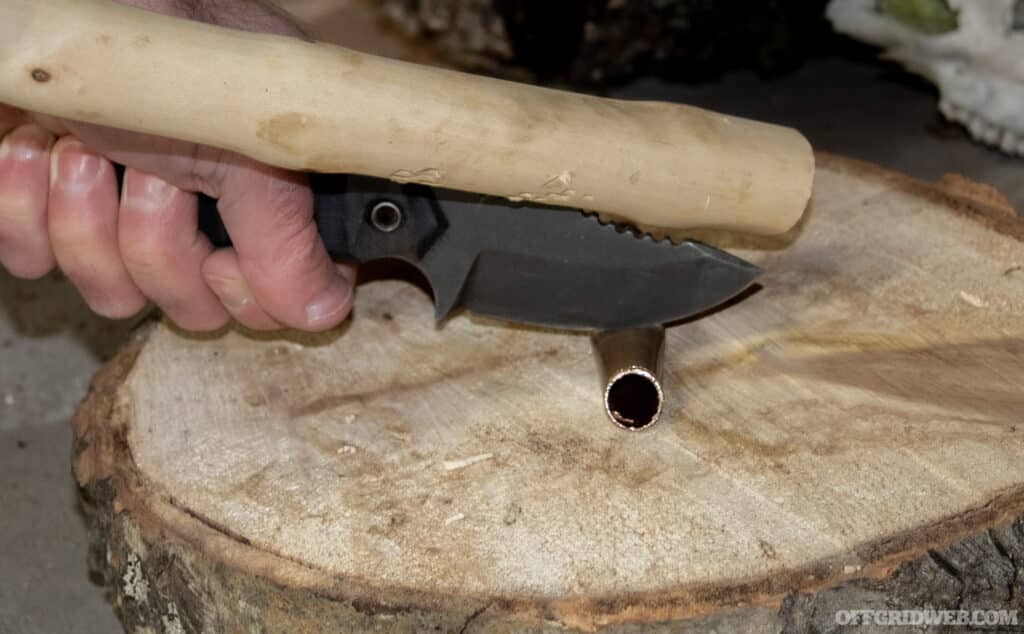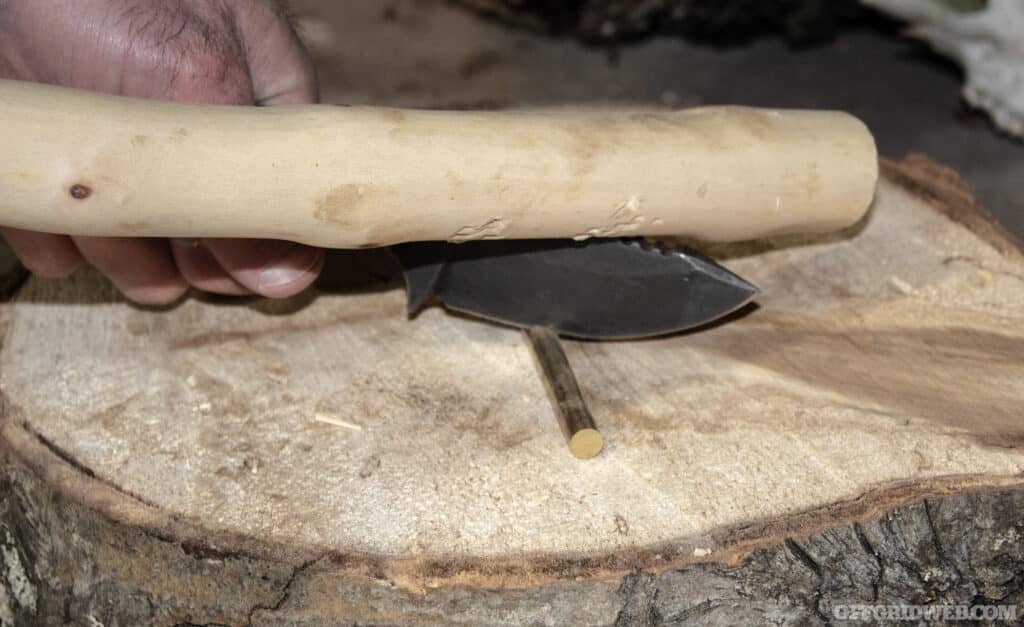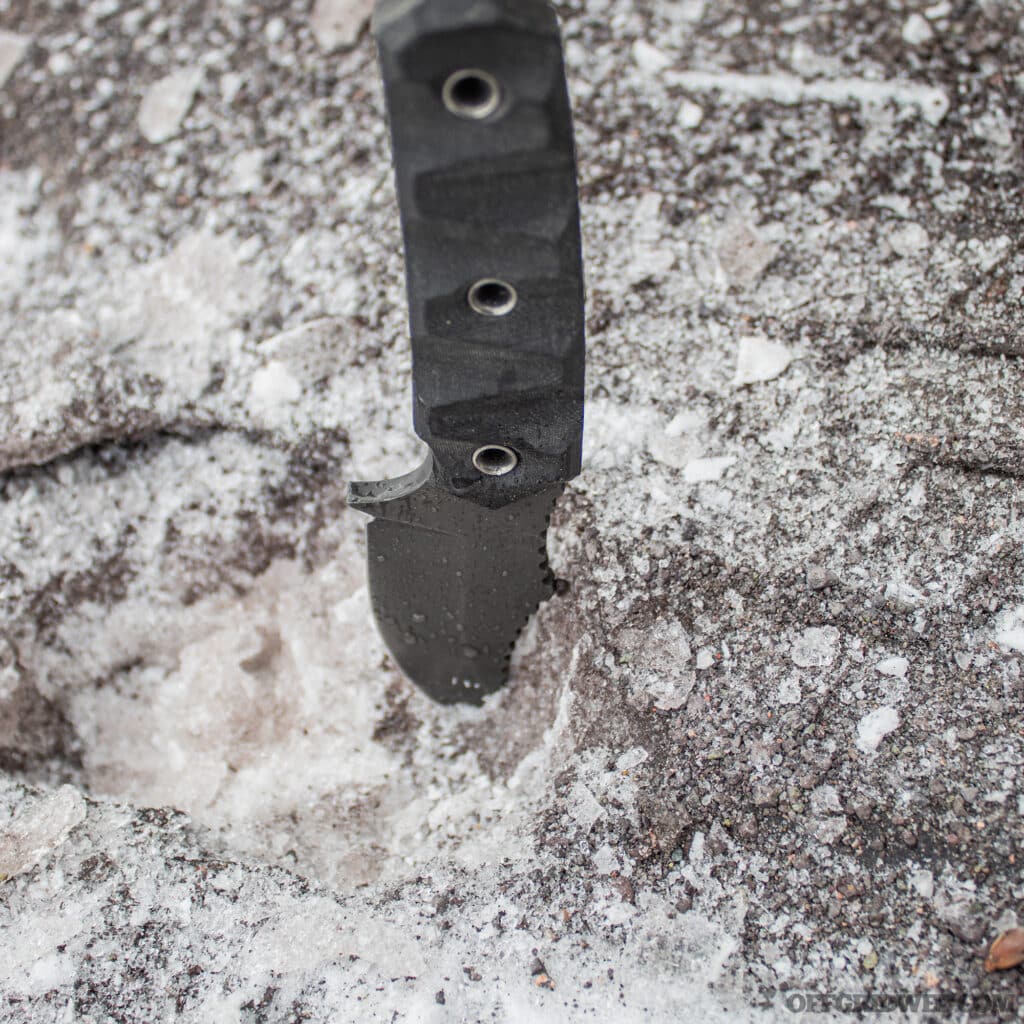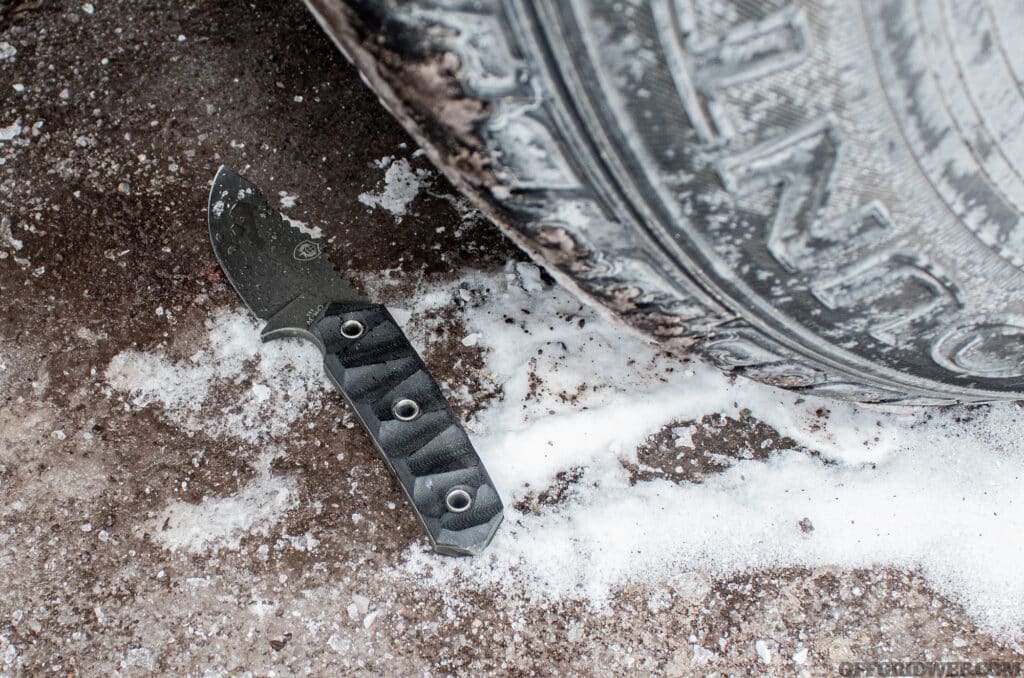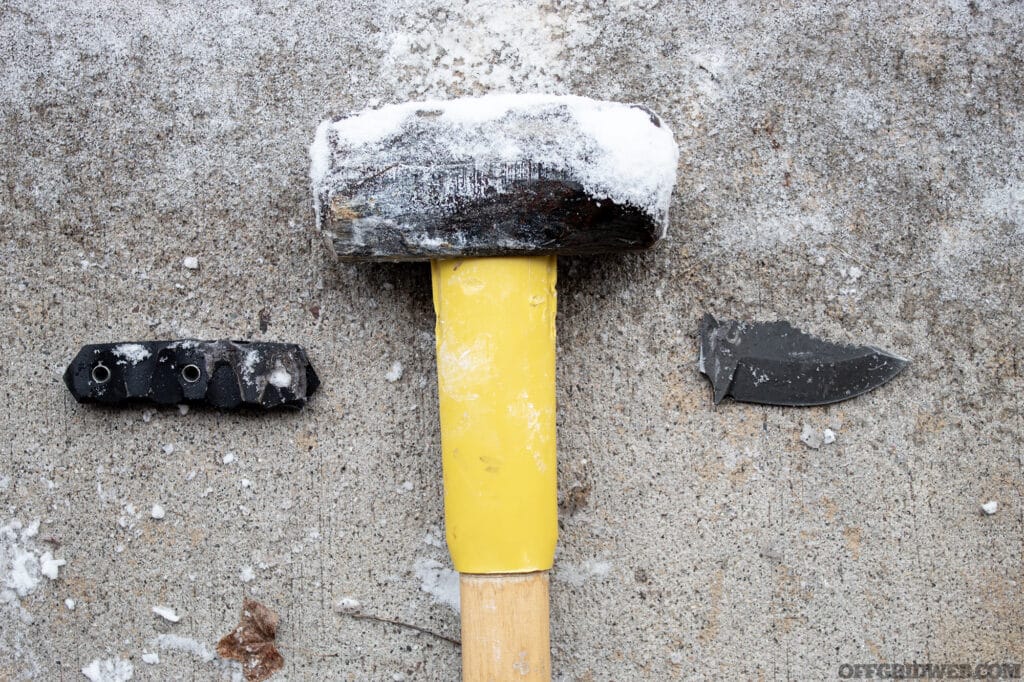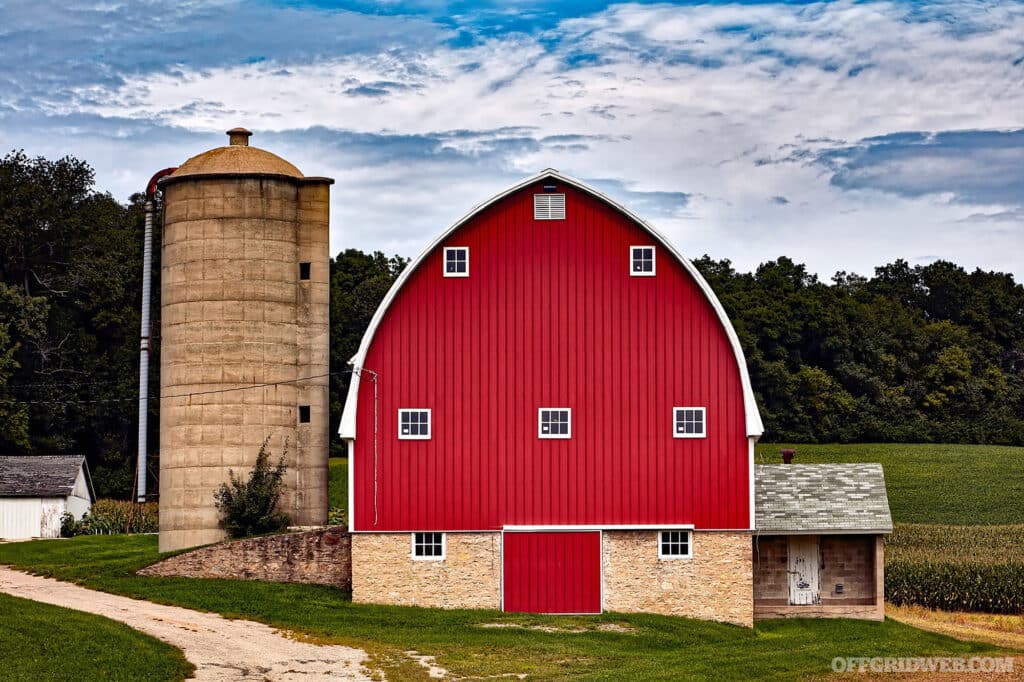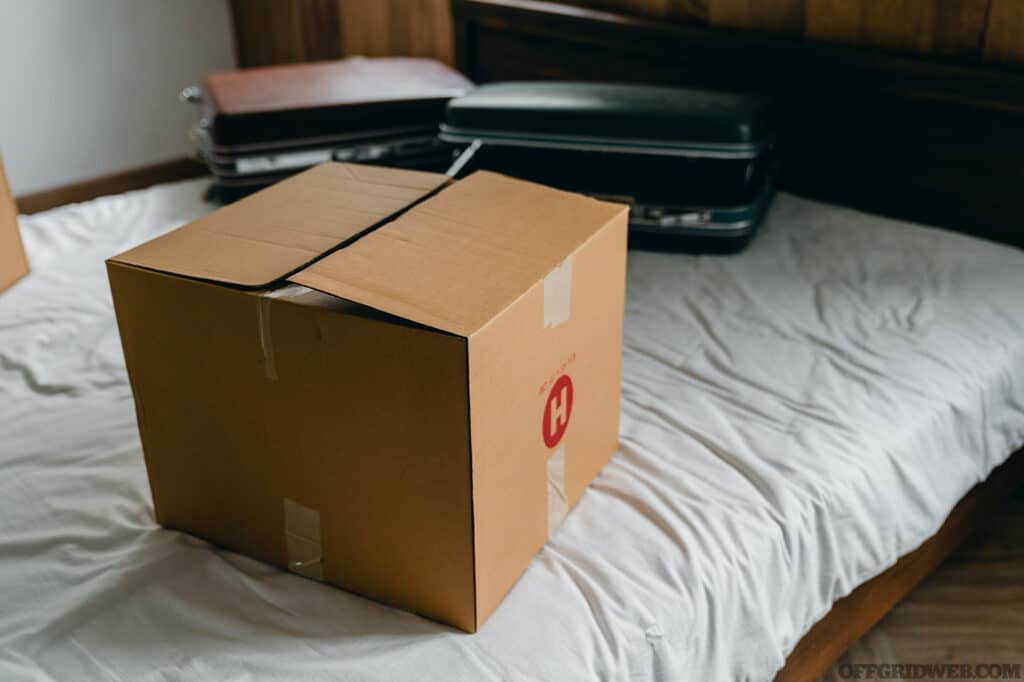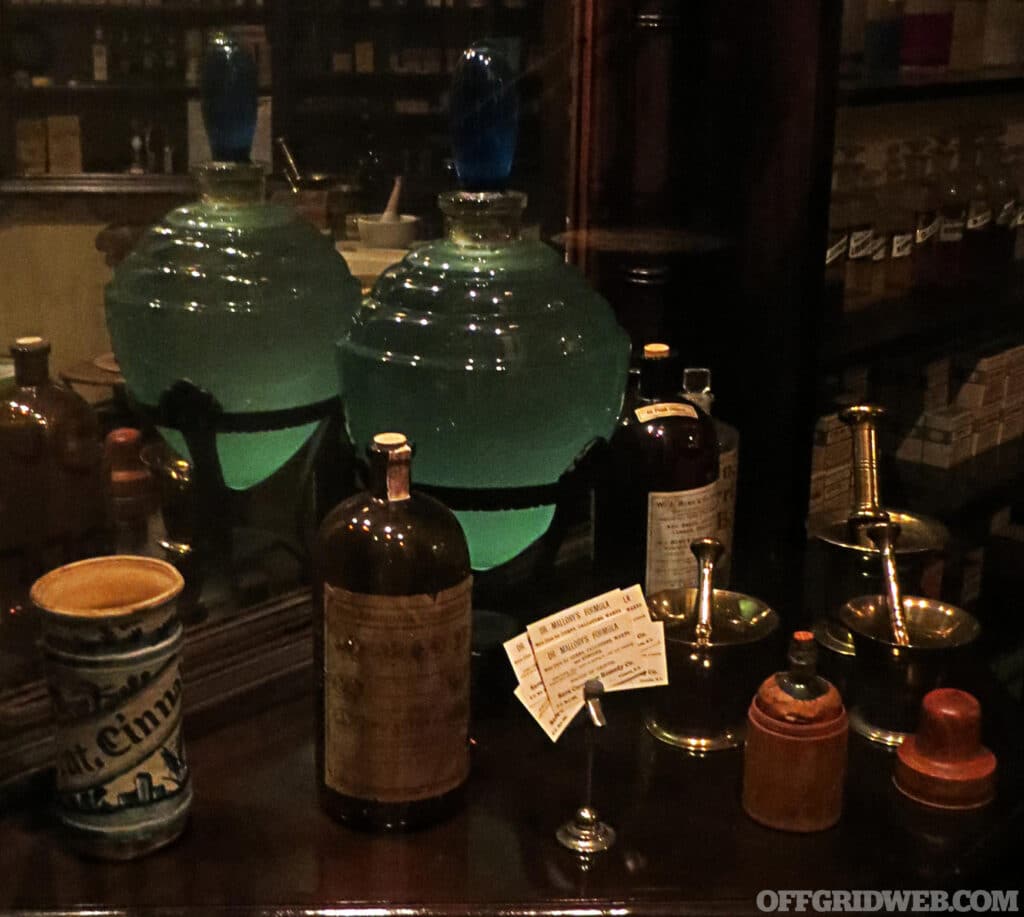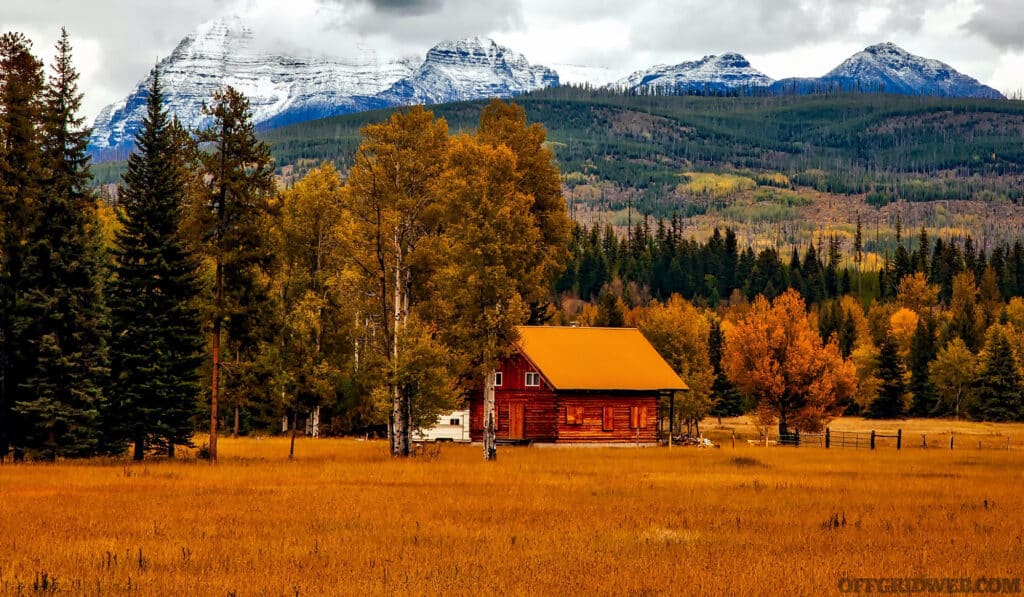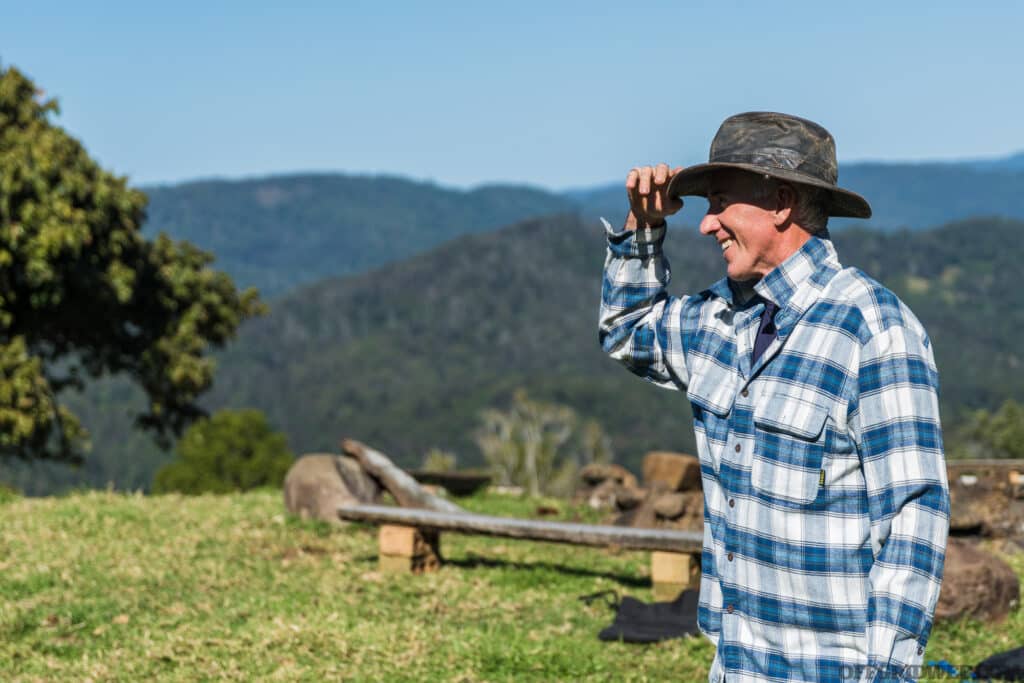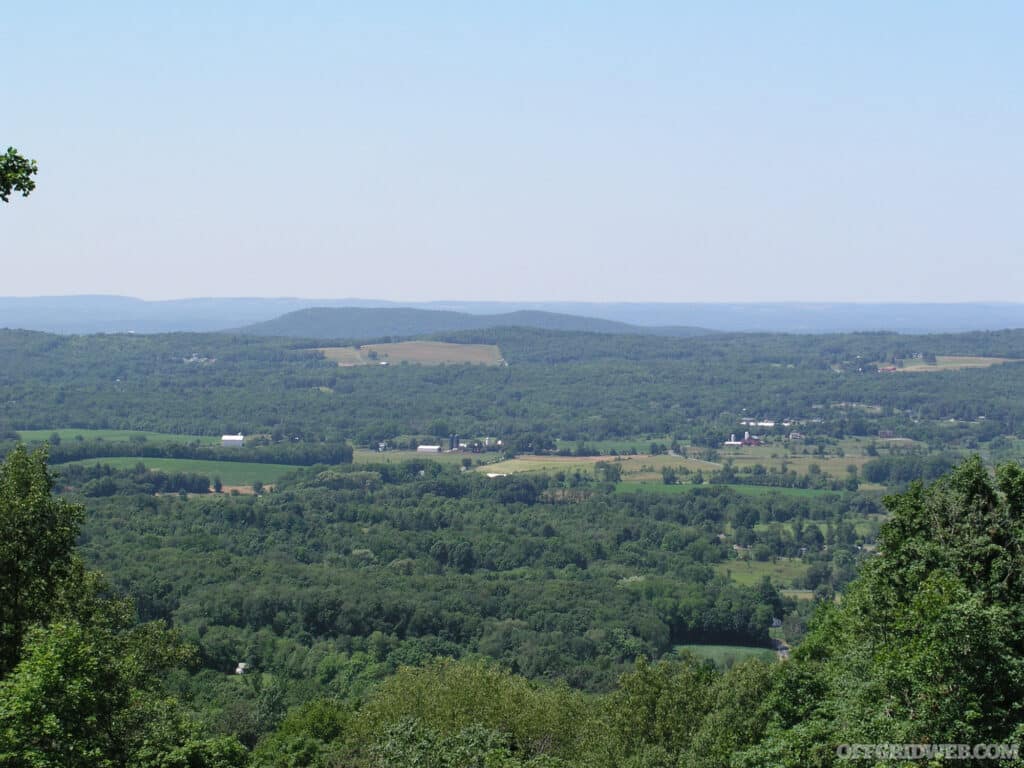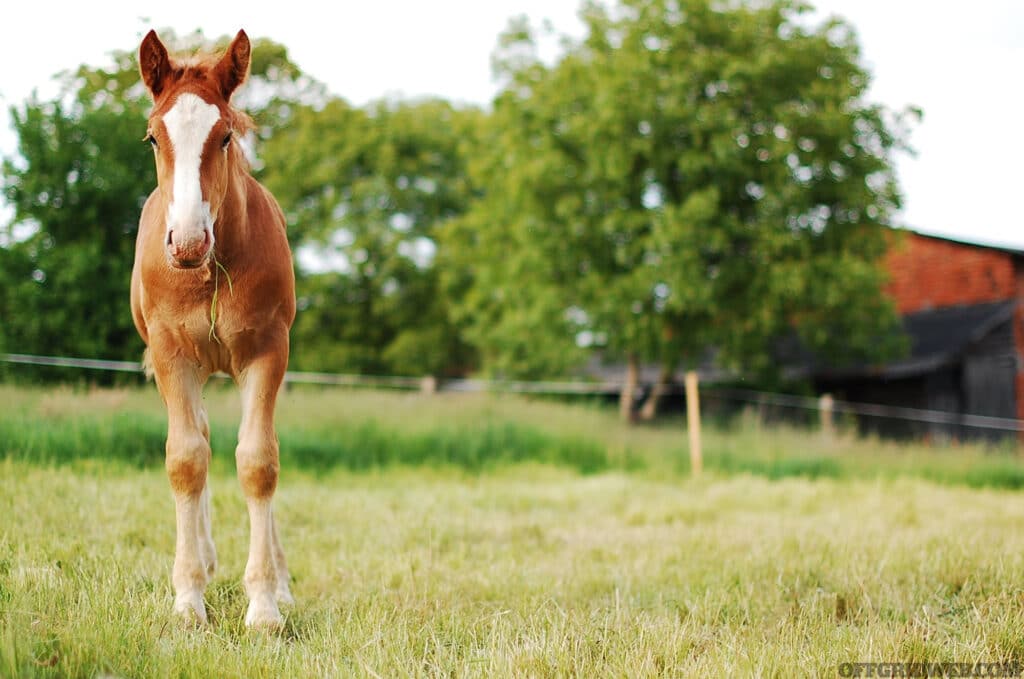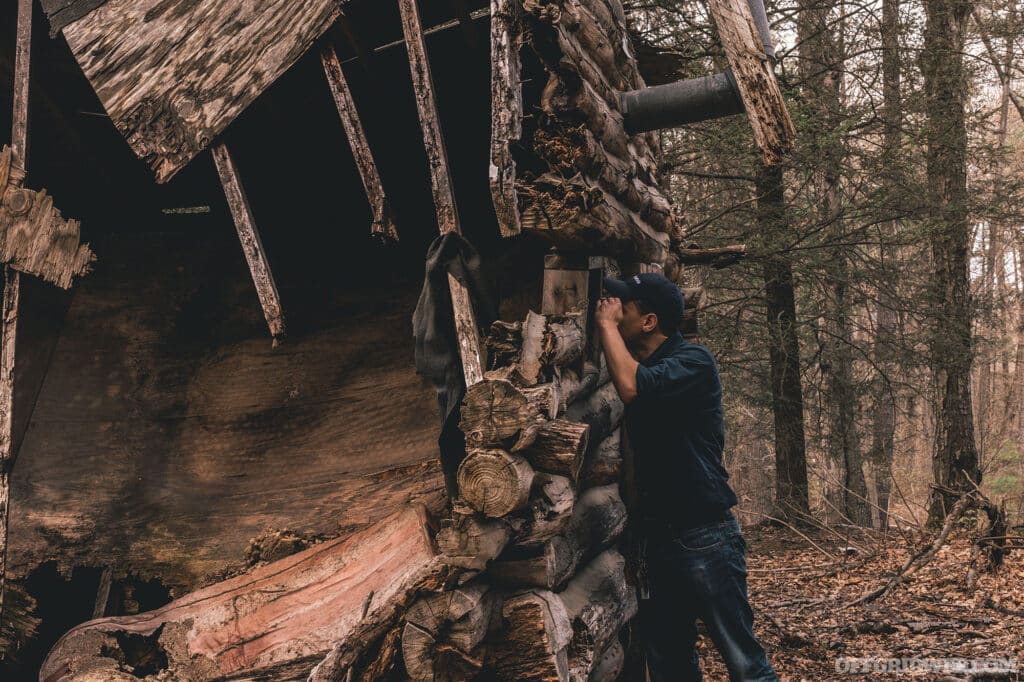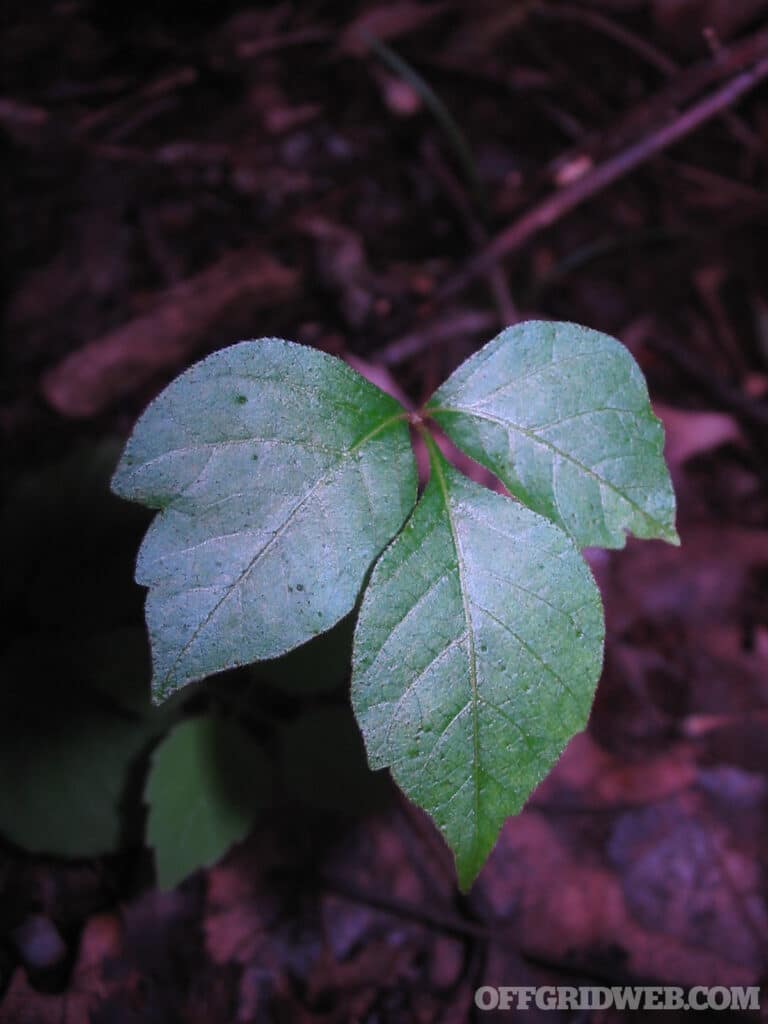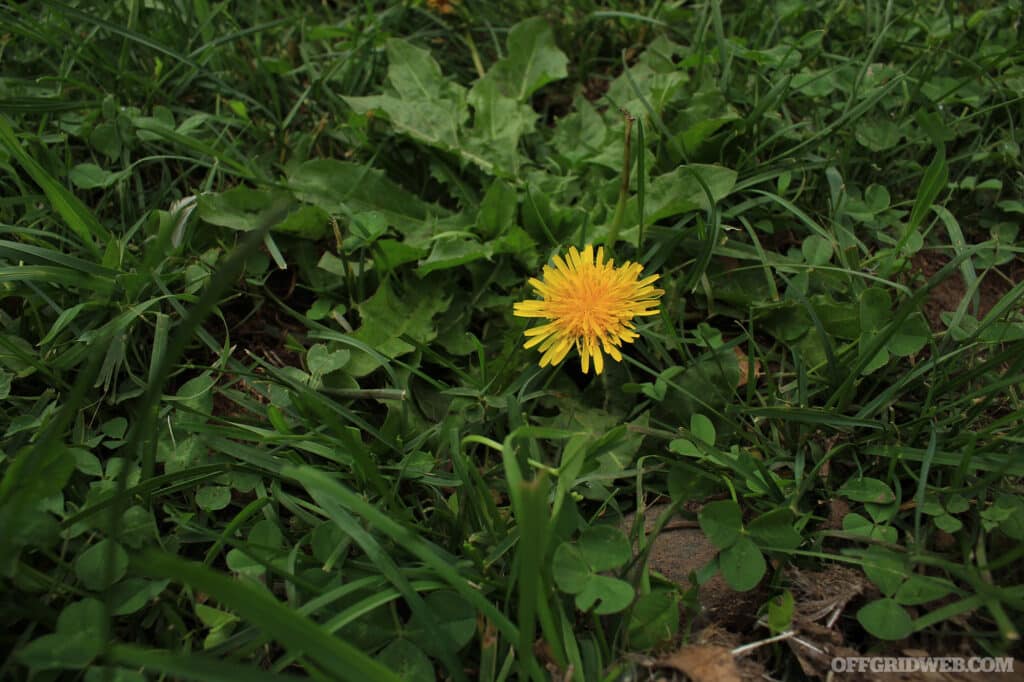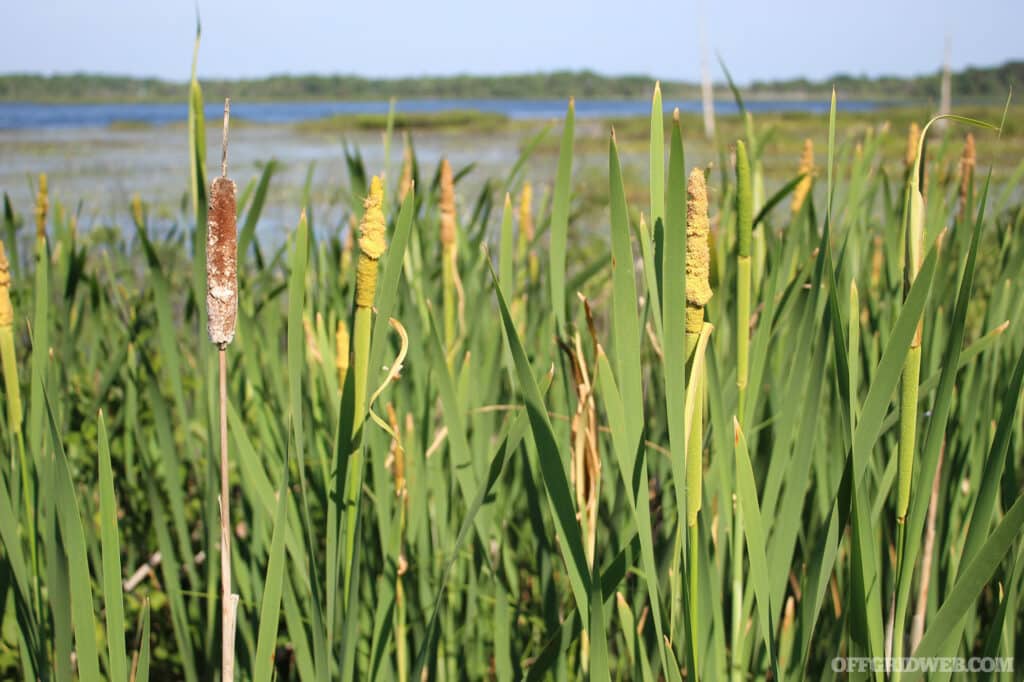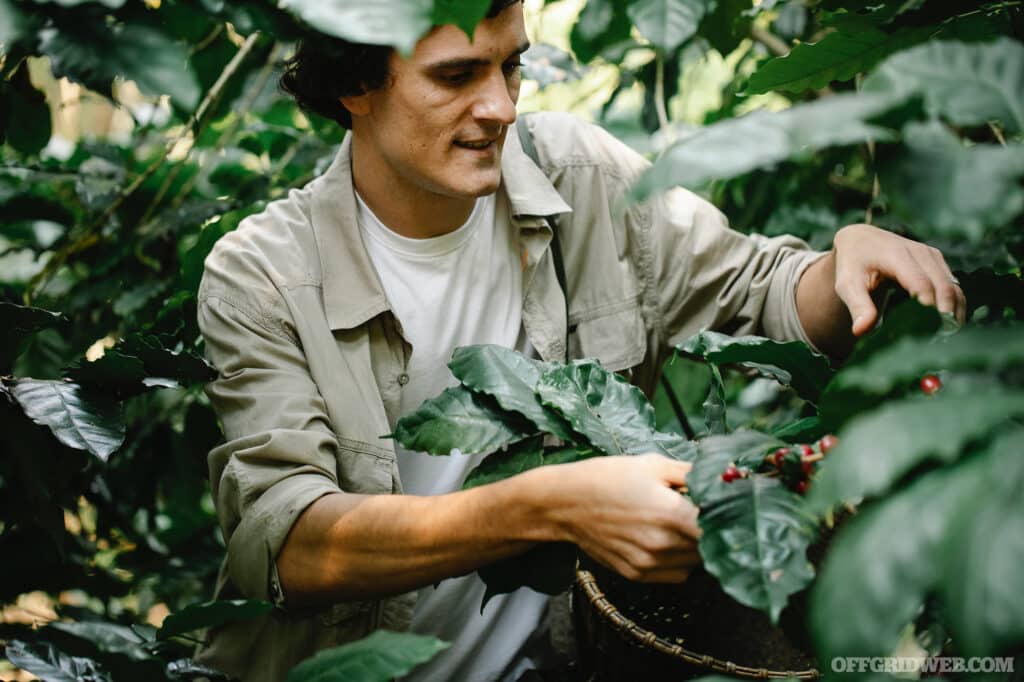In This Article
You want to be prepared for hardships, but also realize not everything is a cataclysmic event. There may be serious trouble on the horizon like a grid disruption or natural disaster, or your trouble could be something as simple as a vehicle breakdown. Contrary to many preparedness guides, not everything needs to be based on the fall of civilization. You may find you need to leave your residence based on unsafe human conditions like civil unrest or an ignored personal protection order. Fortunately, with a little forethought, you get to decide what action you’ll take. A tool people often opt for what is sometimes called a sustainment kit, emergency preparedness kit, or bug out bag. We use sustainment kits daily. Have you seen a mother with a diaper bag, a contractor with a lunch box, or a student with a backpack? These are all versions of a sustainment kit. Having a bag prepared for serious or emergent scenarios is a wise action to take before the trouble occurs.
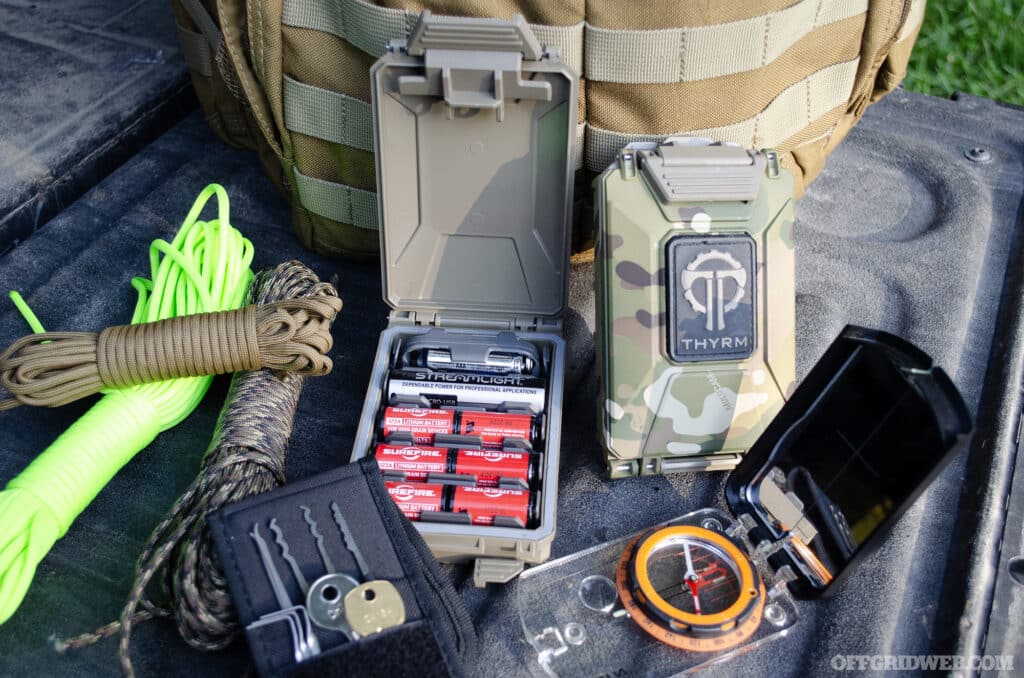
Above: Emergency preparedness kits are highly customized, but some items like cordage and navigation tools are universal.
Types of Go Bags
There are many names associated with this type of preparedness kit. The Bug Out Bag (BOB), Go Bag, or if you want to take the excitement and anxiety level down a few notches, a Departure Kit, are a few of them. Putting one together is most easily distilled down for one reason: there may come a time when it’s no longer safe to stay at your residence and you must leave. This doesn’t have to be a forever scenario, however that’s how the situation is often envisioned. The BOB will spend most of its time at your residence and will likely be larger than a day pack. Depending on the scenario your BOB will have food, water, and the appropriate gear to keep you going for multiple days.
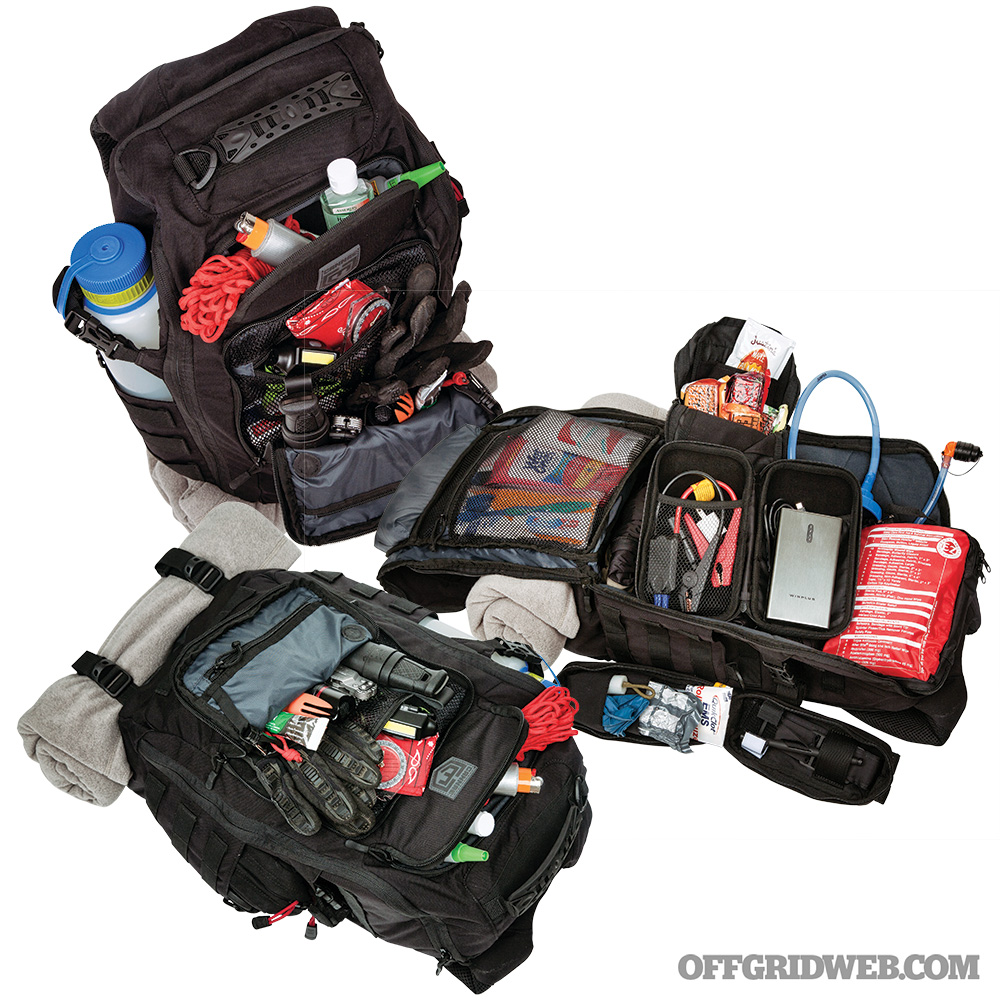
Above: A go bag is packed according the anticipated duration of needing to be gone and away from reliable resources.
Alternatively, you may have an incident that requires you to walk home from your current location with only what you have available. This is what the Get Home Bag (GHB) is for. The GHB is a short-term sustainment kit and is the more succinct of the types of bags mentioned earlier. The nature of the GHB limits the size of the bag you’ll need and the equipment that you’ll likely have in it. Having the purpose clearly defined is what makes this bag such an attractive and accepted option. In contrast to the Bug Out Bag, they’re usually lightweight, don’t look out of place while walking a trail or in a shopping center, and only have the essentials for about 24 hours in them. There may not be a sleeping bag or days of food. You’re on your way home with the bare minimum, but not empty-handed.
Planning Your Go Bag
Having an idea of where you’re heading, who is coming with you, and if you’re driving or walking will give you a more clear vision of what you need to include in these two different kits. Asking yourself these few simple questions will significantly cut down on hauling around unnecessary weight. To do this we want to have a plan ahead of time. P.A.C.E. is a useful acronym to use as a planning tool for packing a go bag that stands for Primary, Alternate, Contingency, and Emergency.
- Primary: What is the main tool, gear or skill you are planning to use to solve a particular problem?
- Alternate: Do you have a second method as a backup incase your primary method fails?
- Contingency: If none of your tools or skills are functioning, how will you improvise or work around it?
- Emergency: This is the last line of defense to keep you alive regardless of the situation.
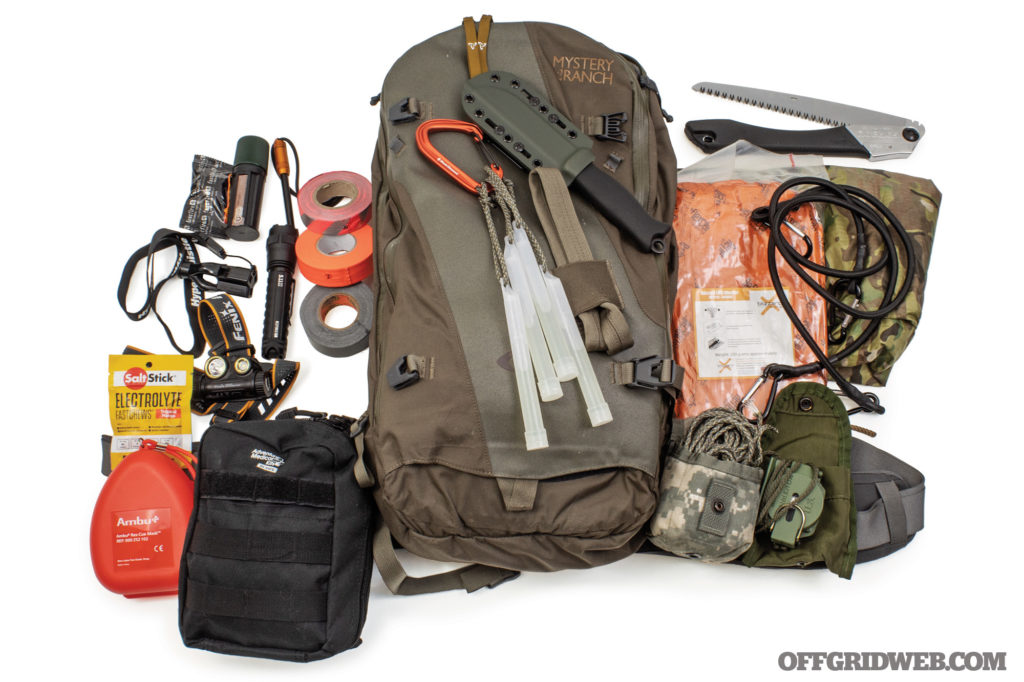
Above: Where you are planning on going, and who you are going with makes a large impact on go bag contents. More people traveling together could mean fewer items to carry.
It’s important to have a plan, and to have predetermined backup plans if and when your primary plan fails. Often times, a Go Bag is a perfect place to see P.A.C.E. tossed completely to the wind since people like to skip Primary and jump straight to Emergency. An example of this is fire starting, and deciding to rely on a bow drill/friction fire as a primary ignition source. However, friction is one of the most difficult ways for the average person to start a fire. Bow drills are nostalgic and traditional, but even Jeremiah Johnson used flint and steel.
Who’s Coming With You? Is this a solo venture or are you going to have your spouse and kids in tow? Unless you live alone, there is a high likelihood you’ll be leaving with a family or group. Considerations need to be made to accommodate emergency travel with babies, toddlers, and younger children. They’ll need formula, diapers, wipes, snacks, small toys, and extra changes of clothes. If you have kids old enough to carry a backpack to school you can have them carry essentials for themselves, even if it’s only a small amount.
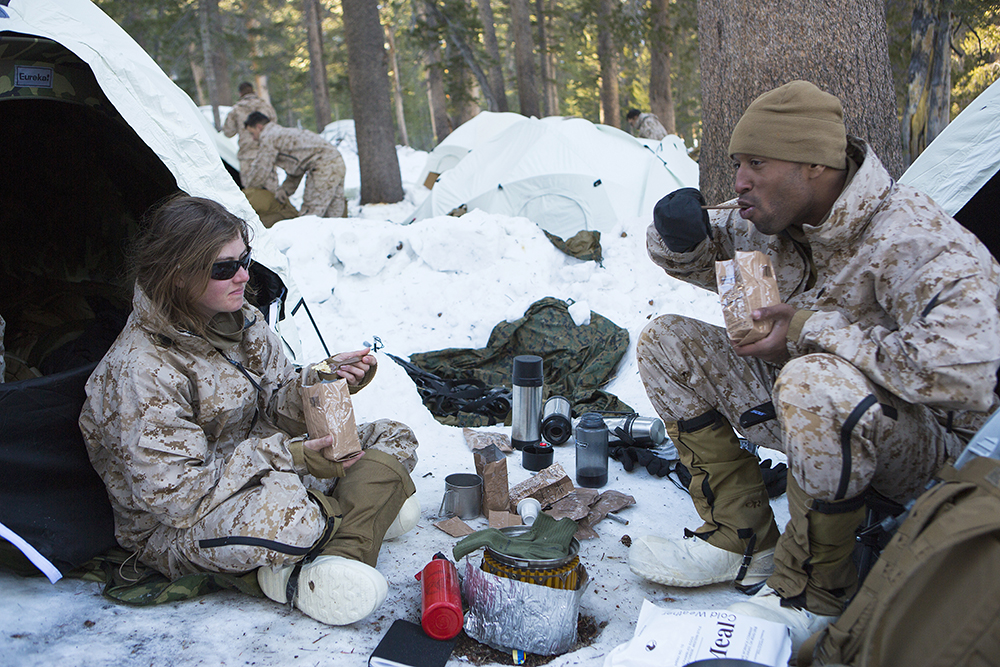
Above: What skills do you and your companions have that could affect the kind of gear you need pack?
Where Are You? Is the terrain flat like Chicago or is it full of hills like San Francisco? Are you in an urban or rural area? What is the average temperature for the next 30 days? Temperature, weather conditions, social surroundings, and the topography of your area are essential to consider for planning what to pack and what to wear.
Skills Drive Gear
Before we dive into what to equip your bags with, it’s important to understand what skills you possess. It is vital that you’re honest with yourself here. We need to know our capabilities, but more importantly we need to be aware of our limitations. Only bring items and tools with you that you’re proficient in using. Not only will you cut down on unnecessary weight this way, but you’ll also prevent possible injuries or mishaps. For example, if you’ve never learned how to use a compass other than to find a cardinal direction, betting on “figuring it out” is a recipe for disaster when you need to be confidently covering ground.
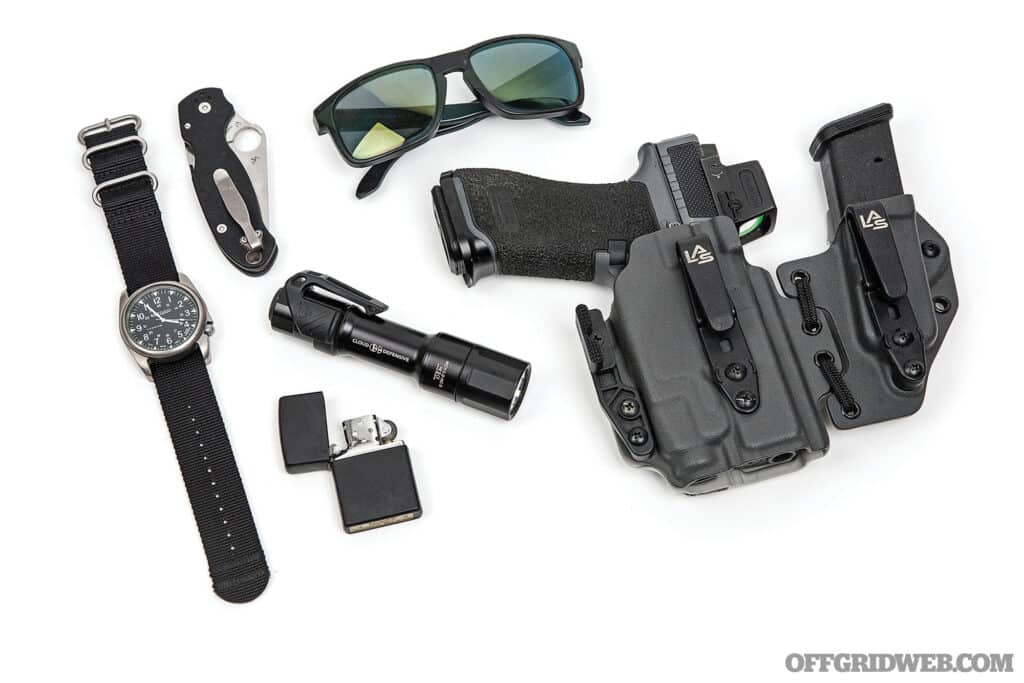
Above: If you have no firearms training, or haven’t developed knife skills, don’t expect to suddenly transform into John Wick during an emergency scenario. Seek training before relying on tools alone.
Honestly assessing your skillsets gives you the opportunity to improve your weaknesses before an emergency situation. For example, if land navigation is something you’ve never trained in, there are great classes out there to take. Once such class, offered by the Nature Reliance School with Tracey Tremble and Craig Caudill is top notch and will teach you a ton of useful navigation skills. No matter what skills need improving, there is a high probability of being able to find a reputable instructor that can help.
What’s In The Bag
Now for the fun part of these kits: the gear. Finding new survival gadgets and cool-guy gear is exciting, and gives you a chance to test them out before they are needed in a real world scenario. Before you feverishly hit ‘submit order’ on hand-held radios, compasses, and ferro rods ask yourself WIN, another useful planning acronym for “what’s important now?” There are four pillars to survival and they are food, water, shelter, and fire. Anything you add to your kit in addition to those should be based on the results of your initial planning.
- Water: “But you can go three days without water.” That may be true when you’re sedentary. What is not accounted for in that statement is that you’ll have to be physically active in most of these situations. It is also life threatening to eat if you’re dehydrated. If you’re not able to urinate every 90 minutes or so, it’s time to get water in you. Staying hydrated helps you think more clearly, keeps your muscles from cramping, fights fatigue, and reduces irritability and dizziness.
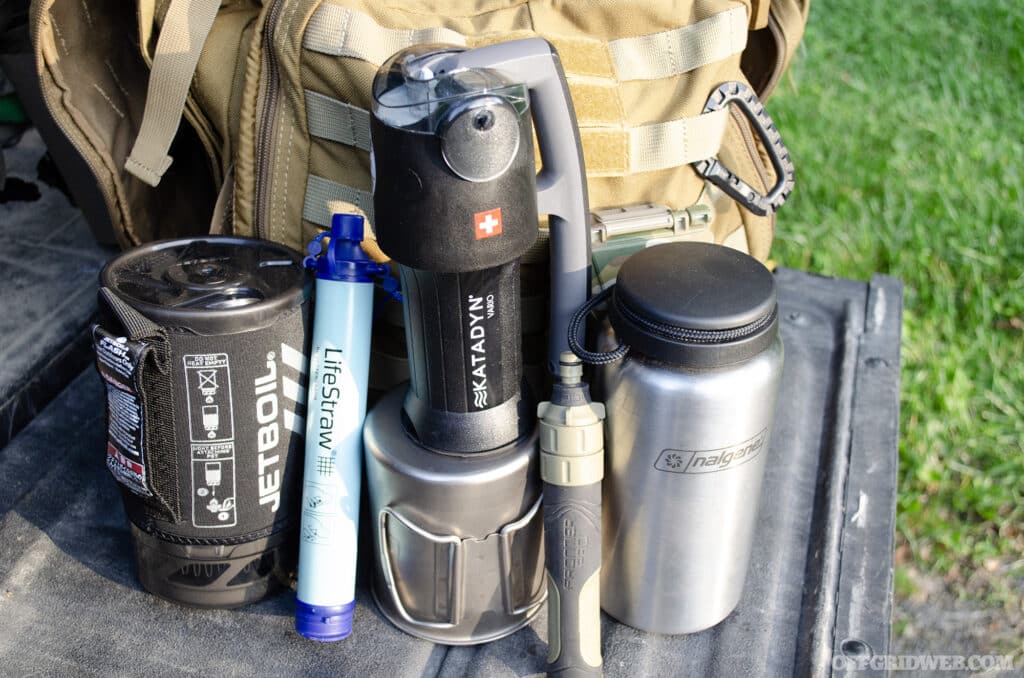
Sanitation and hygiene are both important when collecting water. No matter if you’re getting it from a pond, lake, stream, or the sky itself, sanitizing the water is important. Even when water looks clean and clear there can be dangerous bacteria, parasites, or viruses that can lead to waterborne diseases. Steven Rinella from The Meat Eater once recounted one of his experiences with beaver fever, also known as Giardiasis, a parasite commonly found in contaminated water. Symptoms of Giardiasis are excessive gas, stomach cramps, dehydration, and nausea. Most of all was the symptom Steve described as “uncontrollable pants messing.” We avoid severe diarrhea at the best of times. Be especially careful when there’s limited toilet paper around.
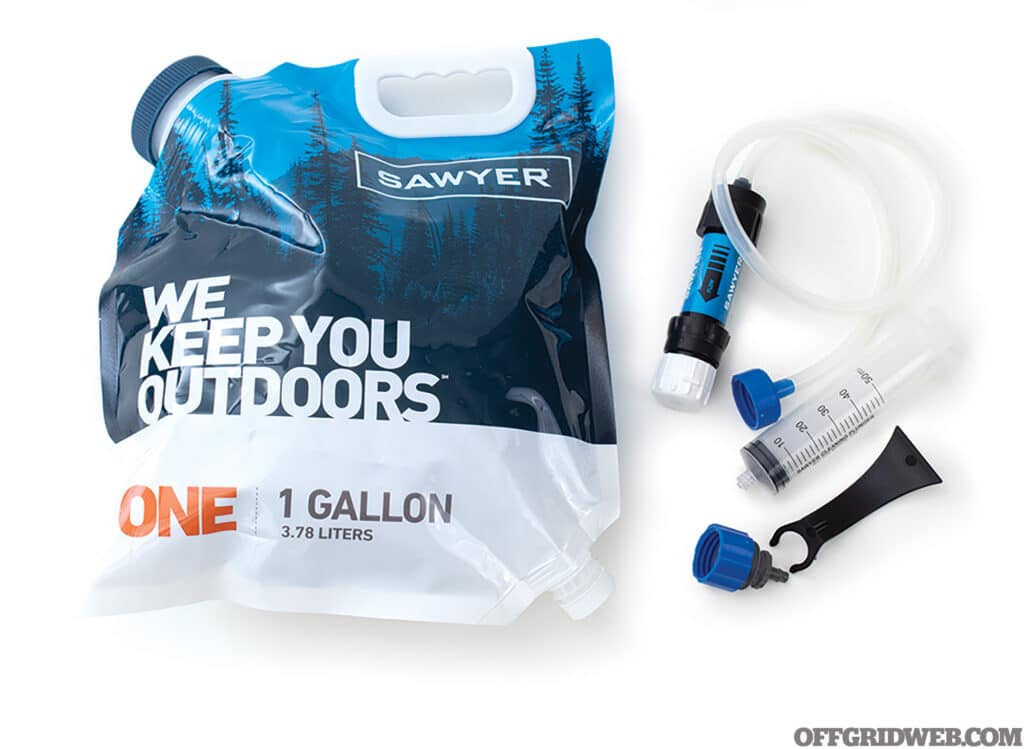
Above: Filter systems are a convenient way to obtain potable water from questionable sources.
Filtration systems are amazing today. My bug out bag has a Sawyer hand pump filter that will clean 500 gallons before changing out the filters, but could be a bit too large for a get home bag. For smaller packs, a better option may be a LifeStraw. They’re compact, lightweight, and some models will screw to a water or pop bottle. Add a sillcock key to each of your bags if it applies to your area. These are used on the outside of public buildings, where there is a water spigot, but there’s no hand valve to turn it on. If you use one of these, make sure you let the water run for a while. Water typically sits in those pipes for quite some time without circulation and you may end up filling up your water bottle with dirty, stinky water if you’re not careful. Iodine tablets work well, but they usually need about 30 mins to take effect, the taste is terrible, and prolonged use can be tough on your stomach. Read the instructions on the bottle and give the tablets a try at home before relying on them in the field. The taste of purification tablets may motivate you to get a filter system of some type.
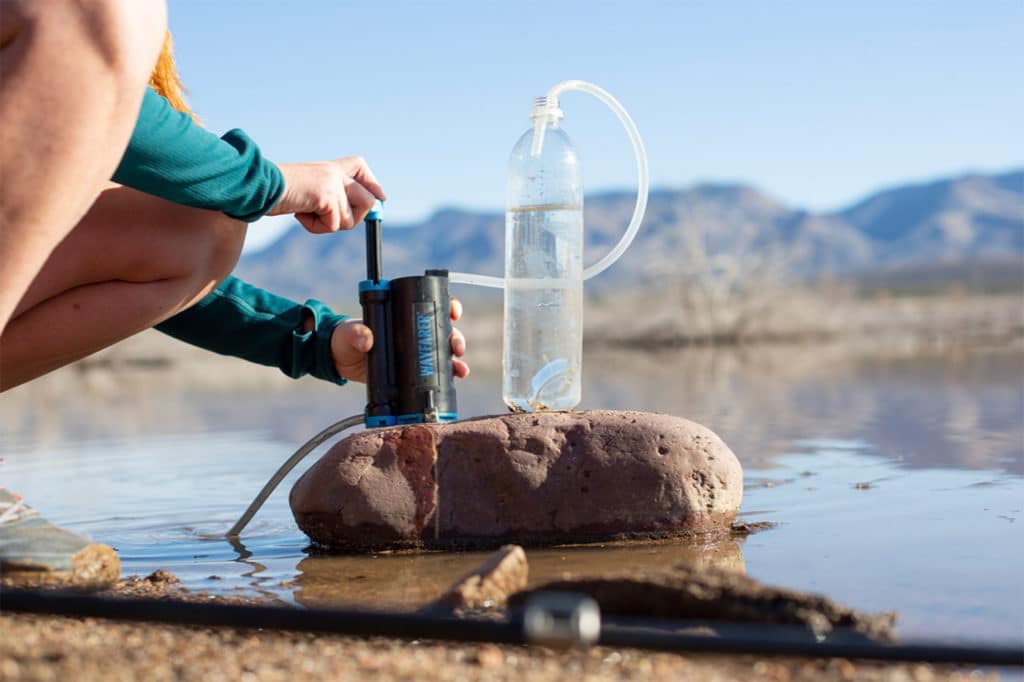
Above: When purifying water, try to choose a water source that appears to be the least contaminated.
- Food: Food is important for nutrients, carbohydrates, proteins and fats. You can go longer without food than you can go without water, however, there are some important things to keep in mind. Emotional control is the first thing to go when we’re hungry. That’s why those Snickers commercials are funny. We can relate to the feeling. This can be dangerous under stress where the ability to make good decisions is important. Once you burn up all the stored glycogen or carbohydrates in your blood, you’ll have a compromised state of mind, lose strength, and have decreased endurance.With this in mind, when it comes to packing food, lighter is better. Cans are heavy and you’re not getting a lot of bang for your buck with most canned food. Dehydrated and freeze-dried foods are great options.
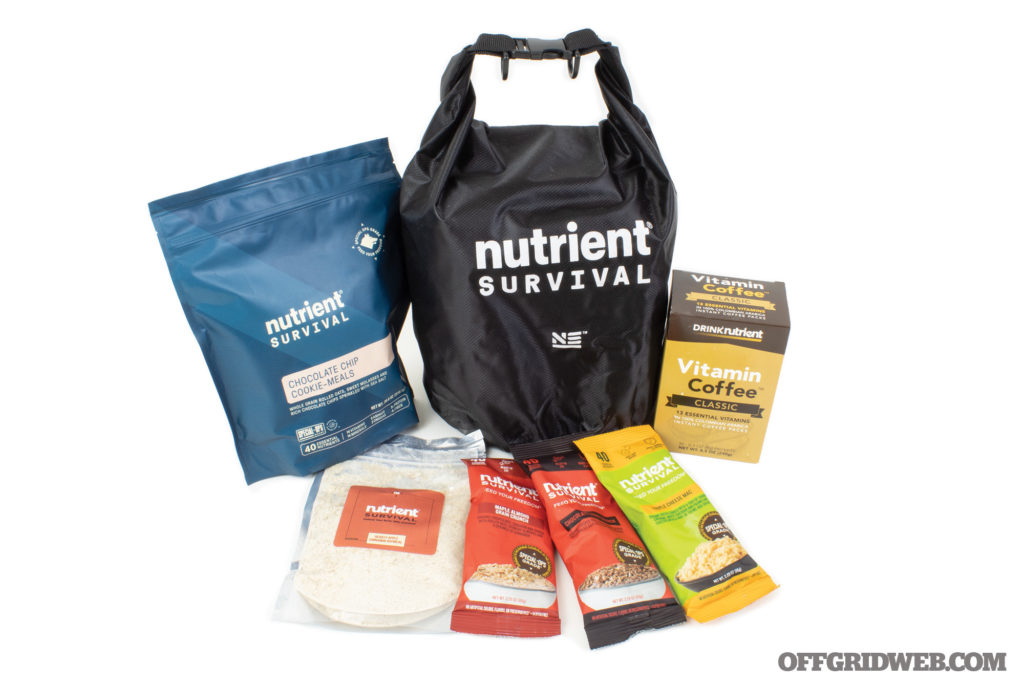
Above: Dehydrated, or freeze dried food is a space saver and come with enough calories to keep you going for a while.There are several companies selling freeze-dried food that are great for either your bug out bag or get home bag. Don’t discount the value of a case of Meals Ready to Eat (aka, MRE). They do require additional water to be warmed up, but if possible you’ll probably want to heat them as they tend to taste better warm than cold. You’ll want to strip them down to the essentials before they go into either of your kits as there is a lot of extra plastic bulk associated with a single MRE. It’s never been cheaper to buy a food dehydrator or even your own freeze dryer if you’re into that ‘Prepping 2.0’ life. You may even want to take a page out of Mike Jones’ (Garand Thumb) playbook. Mike goes with a jar of peanut butter, a pack of tortillas, and some green vegetable powder. You can go a long way on the calories, salt, and oil in this simple meal. Offgrid contributor Ed Calderon has his own inexpensive survival food recipe: peanut butter, honey, granola, and instant coffee granules. Pour everything into a Ziploc bag, mix thoroughly, and eat gradually throughout the day.
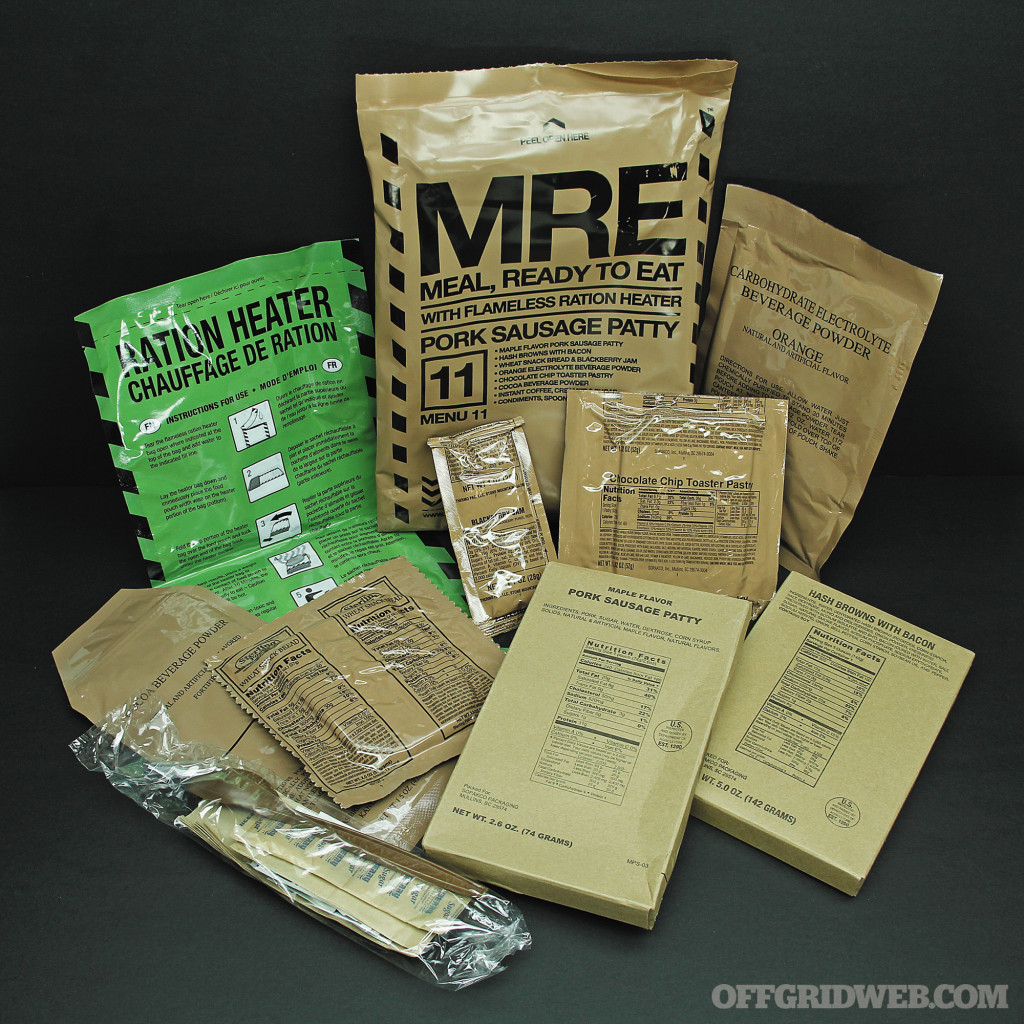
Above: MRE’s have been used by the military for several decades and come in many varieties. Pro Tip: Mix the cheese with the chili mac!
- Fire: Fire is important for so many reasons. You use it to get warm, cook your meals, sanitize your water, help you see around camp, and keep away animals and pesky bugs. Fire also does a lot for the well-being of your mental state. My PACE plan for fire is a BIC lighter, ferro rod with prepared fire plug tinder, bow drill, and finally my “I need fire right away!” Pull Start Fire Starter.
Recalling that skills drive gear, not only is it critical to know how to start a fire, but it’s equally important to know how to maintain one. This may be a little challenging to work on if you’re in an urban area. Consider going to a place with a community charcoal grill to practice this skill, or even better, plan a camping trip at a campground. The consequence of failure is low and you’ll have all the time you need to work on it. Odds are there will be plenty of people around who would love to help you too.

Above: Sparks from a ferro rod will are hot enough to ignite dry tinder.
- Shelter: What you’ll require for shelter is going to depend on what season you are in. Regardless of high or low temperatures you’ll need a shelter to keep the elements at bay. When you sit to take a break or lay down to sleep for a few hours, insulating yourself from the ground to prevent thermal conductivity can be vital. Pairing a sleeping pad, a good synthetic-filled sleeping bag, and a wind and waterproof bivy for your go bag are all factors to take into consideration. A mylar bivy or blanket might be the best options for a smaller packs or get home bags.
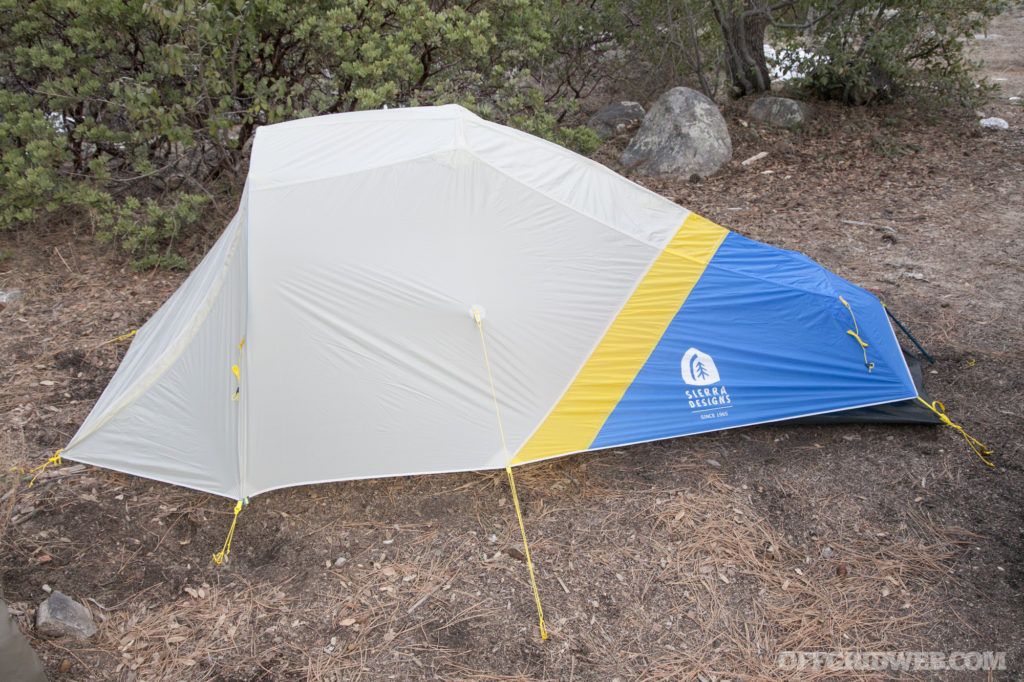
Above: Shelter can be improvised, but having a tarp or small tent will make life easier.
- Medical: There are med kits and there are trauma kits and the distinction is important. Medical kits are for headaches, stomach aches, cuts, and abrasions. Trauma kits are for treating emergency wounds like massive hemorrhaging, compound fractures, and puncture wounds. Do not minimize the importance of the med kit. It might be that a bottle of Imodium is what saves your life from protracted dehydration. A trauma kit is used for what is able to kill you in minutes. You’ll want to stage your IFAK (individual first aid kit) on the outside of your bag or even looped on a belt if possible.
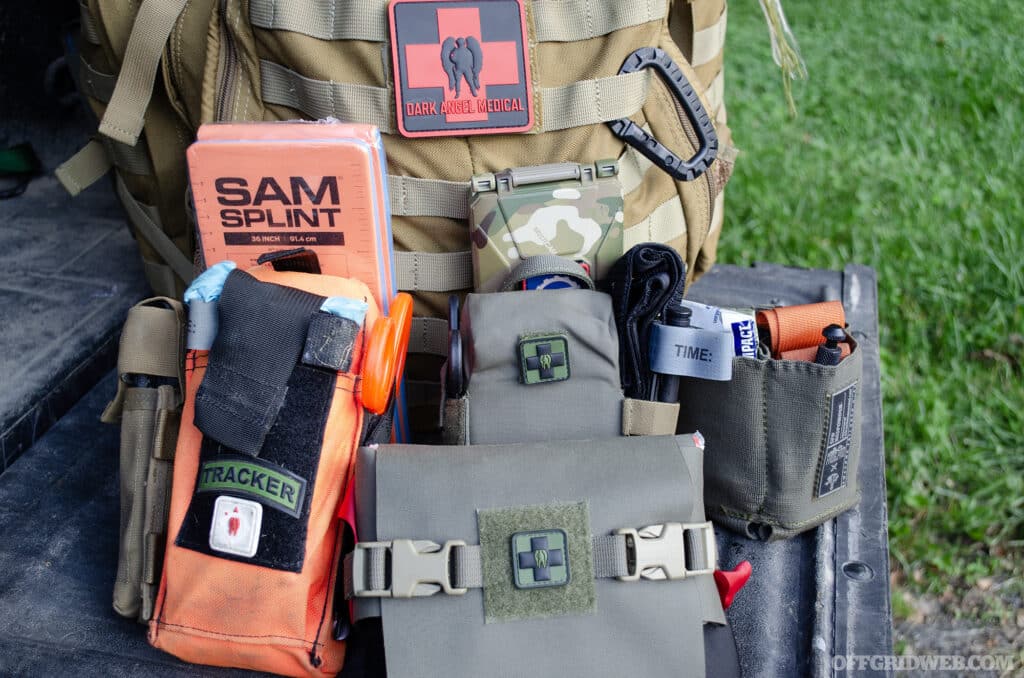
Premade med and trauma kits are easy to come by these days. Make sure you look at the inventory list and add what you’ll need. I buy pre-packaged trauma kits from Dark Angel Medical. I like to add at least one extra tourniquet, hemostatic gauze, and a couple extra sets of exam gloves rolled up into my prepackaged kits. Make sure your tourniquets are being sourced from a reputable source like North American Rescue. Sometimes the cheaply made knock-offs fail on the first application. Find a trauma med class to get in and learn how everything works. You don’t want an emergency to be the first time using a life saving device like a tourniquet or chest seal.
- Hygiene: More than 800,000 people die each year worldwide due to inadequate sanitation of water and bad hygiene. Toss a small bottle of hand sanitizer in each pocket of your pack and maybe a bar of soap or two in Ziploc bags. Wet wipes are great, but they take up a fair amount of space. There are also several companies that make a dry compressed tablet-like product you can use the same way as wet wipes. Add a bottle cap full of water to it and it opens up. Prevent getting sick by washing your hands before you eat, and sanitizing your cooking and water carrying vessels. Dental hygiene is also important, and everyone should have a toothbrush, toothpaste and dental floss in their kits.
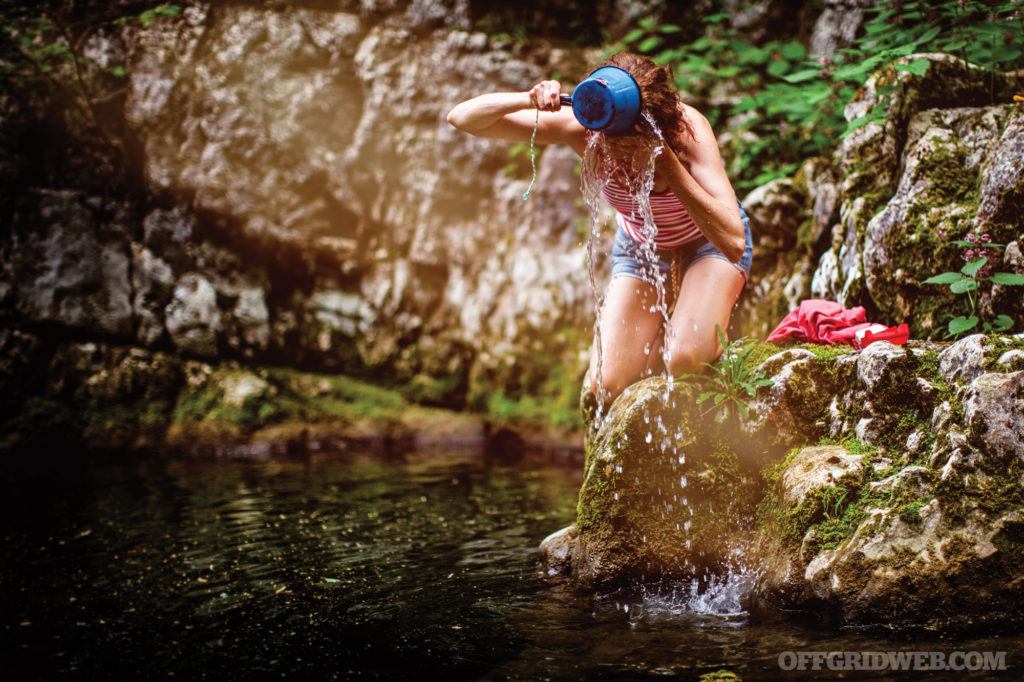 Above: Even water that looks clear can be contaminated. Be very careful when practicing field hygiene.
Above: Even water that looks clear can be contaminated. Be very careful when practicing field hygiene. - Cutting Tools: Carrying a pocket knife is a great start, but you cannot beat a good fixed blade knife. There are many schools of thought on this, but it is good to keep it simple. Most of the time you will need a sharp knife, not necessarily a huge knife. Ideally, fixed blades need to be easily maintained and be able to produce sparks for fire when using a ferro rod. I’ve had great luck with small knife making companies like Bradshaw Knives and Corvus Knife and Tool. If you’d rather get something a little cheaper but still capable, Mora makes a respectable blade. Neck knife, belt knife, or backpack knife, they style doesn’t matter as long as it’s easy to access and keeps the knife secure.
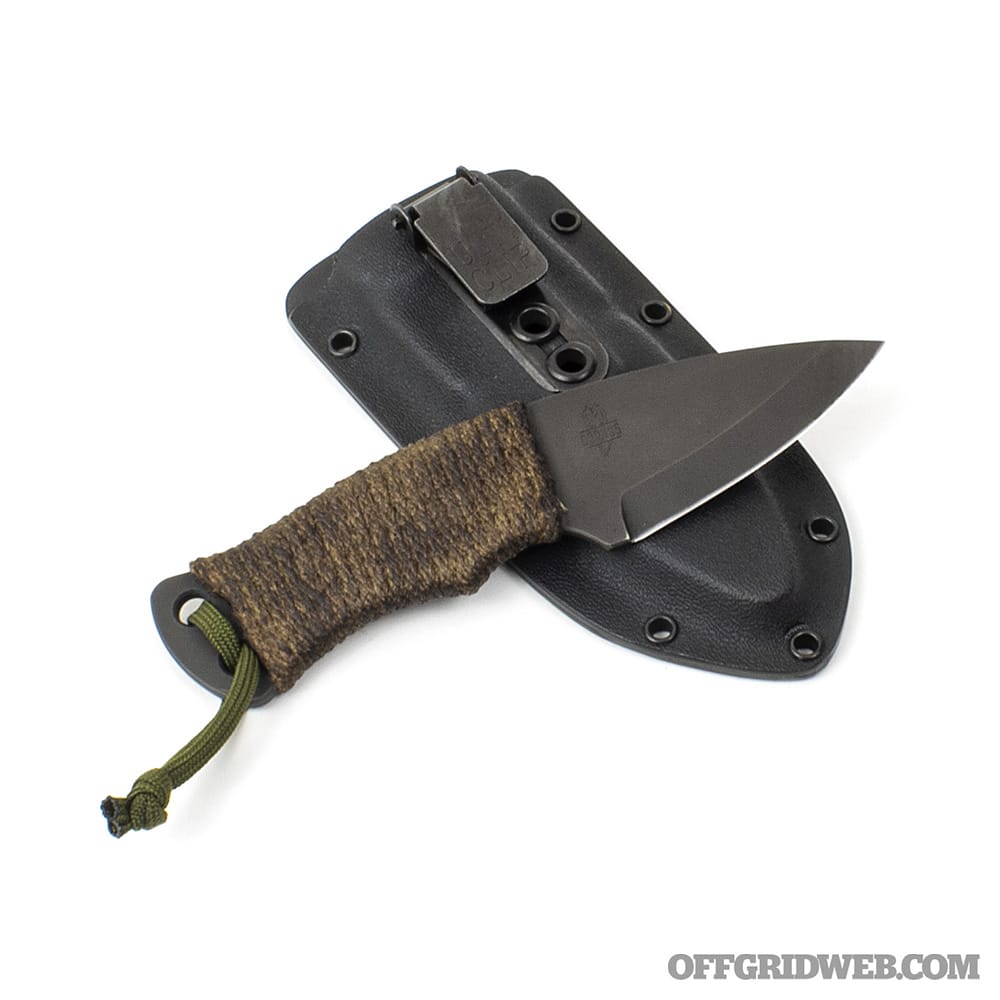
A pocket knife is used for lighter tasks than your fixed blade. Something with a thin spine and straight blade that’s roughly 3 inches long can serve many needs, although you may have to look into your local regulations to determine what blade length is legal to carry. One daily carry to consider is a MicroTech UltraTech which will get the blade out quick; however, the Benchmade BugOut is a great option if you’re unable to carry an automatic knife.
Silky folding saws are a great tool when hunting or camping. They’re efficient, lightweight cutters. If space and weight are at a premium, or cutting firewood is not your highest priority, check out the Lester River Bushcraft Folding Saw. They’ve got a minimalist saw that utilizes a reciprocating saw blade. The blades have the ability to cut metal or wood and are extremely tough. They can make short work of nails and those hard to reach screws without wearing out.
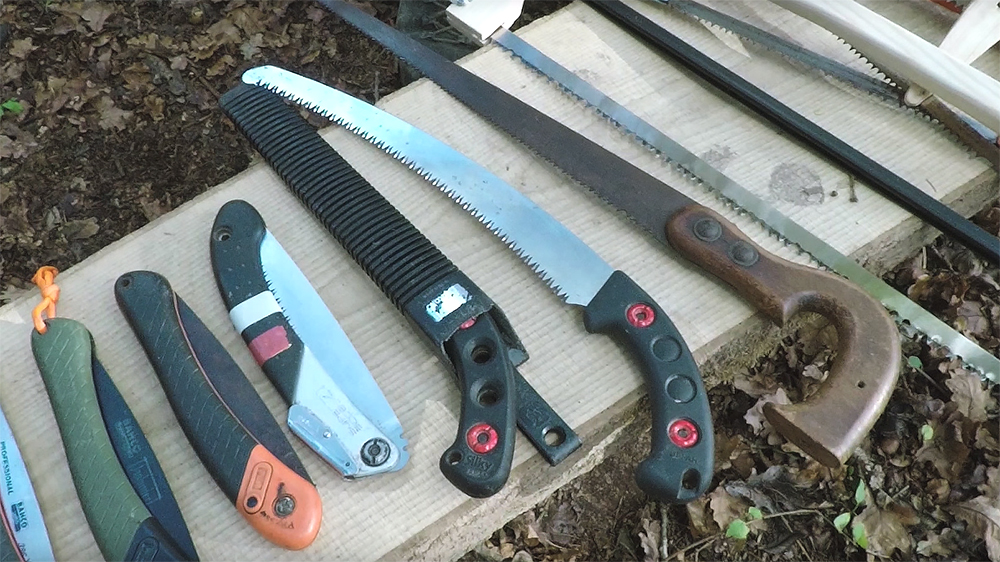 Above: Processing firewood for cooking and warmth is made much easier with a saw.
Above: Processing firewood for cooking and warmth is made much easier with a saw.
Remember, these are tools for backpacks where space and weight are at a premium. The more uses each item has the less you’ll need to improvise. You may find you’re better off with a multitool instead of a pocket knife. While specialized cutting tools are nice, their extra weight can add up fast and slow you down.
- Shore Things Up: Eventually the time will come when you need to tie down a tarp tent, carry useful items you find along the way, or attach something to your pack. Things like paracord or 550 cord, zip ties, carabiners, S hooks, and tubular nylon can be used for securing items or making a temporary shelter, hoisting, dragging, and lifting.
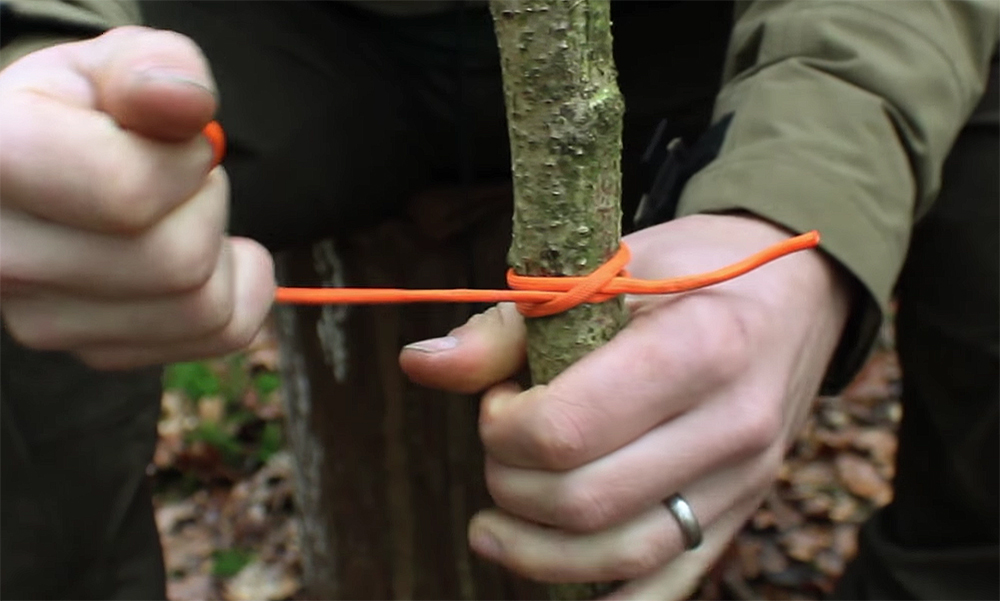 Above: Having a bit of rope is a game changer, opening the doors to everything from fishing to furniture.
Above: Having a bit of rope is a game changer, opening the doors to everything from fishing to furniture. - Door Opener: A lock pick set can come in very handy in life-and-death situations. Sometimes you don’t have a key to something you need to gain access to without damaging the lock. They can be used to open cabinets, lockers, file cabinets, doors and drawers, granting access to things like medicine, food, or other supplies. Always use these tools responsibly, and be prepared to explain your actions to authorities after an incident and pay for anything you had to use.
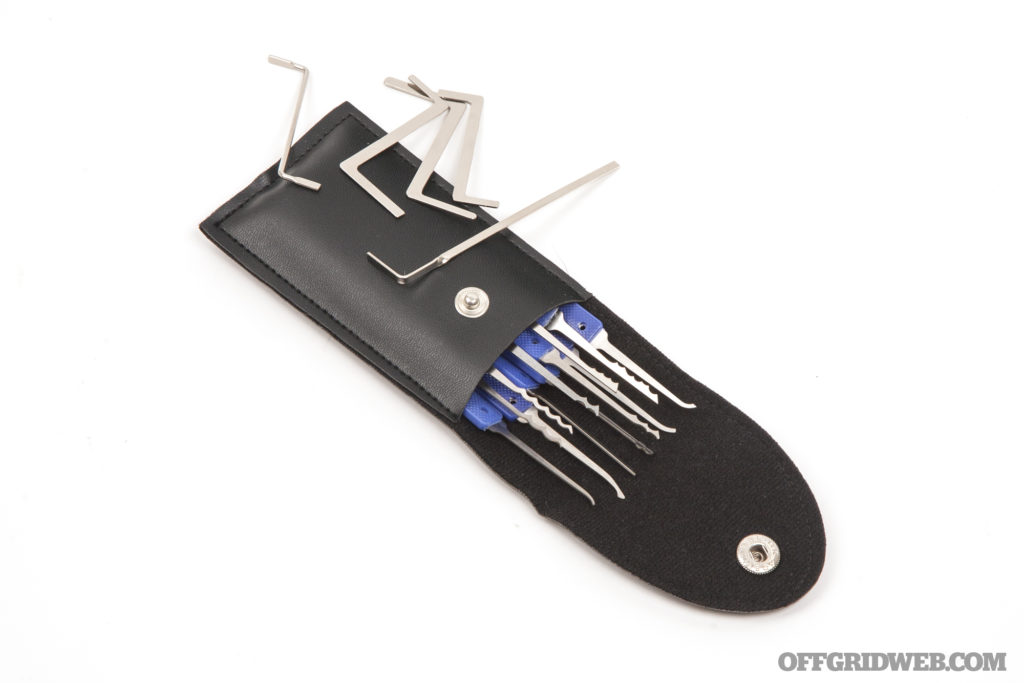
Above: Need something from that medicine cabinet, or shelter from the snow, but a lock bars your way? There are tools to help overcome that obstacle.
- Clothing: Your go bag might have a full change of clothing for an additional layer of warmth or something more light weight to keep you cool. The smaller get home bag should have a change of socks and underwear. Clean socks and underwear can do a lot for your physical and mental health.
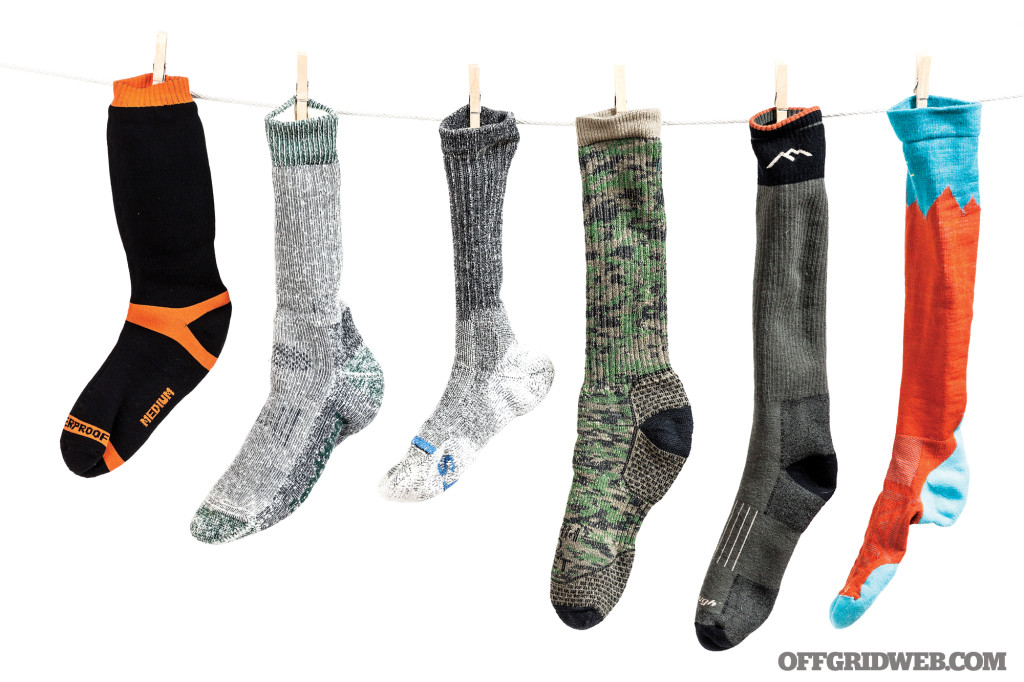
Above: Nothing beats a clean pair of socks, and changing them frequently will prevent common foot injuries.
- Batteries: It seems like everything we use today takes batteries. Thyrm makes a great product called the Cell Vault to keep your batteries safe, dry, and organized. If you can find rechargeable batteries for your gear you’ll have an easier time keeping things running if you can pair them with a small solar charger.
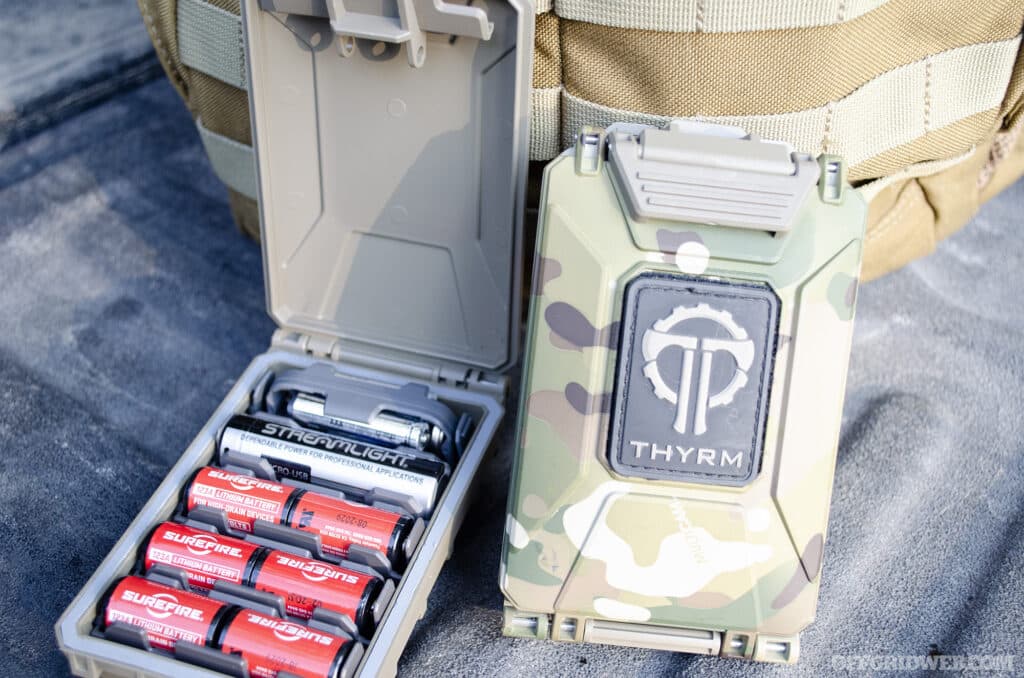
Above: With today’s prolific technology, keeping devices powered can be a necessity.
- Lights: I’ve got it on good authority that at some point today it’s going to get dark. Never leave home without a pocket flashlight. Light gives us information when it’s dark, and information allows us to make informed decisions. Something tough and dependable, like the Streamlight ProTac 2L-X is a solid choice, and runs on a rechargeable 18650 battery.
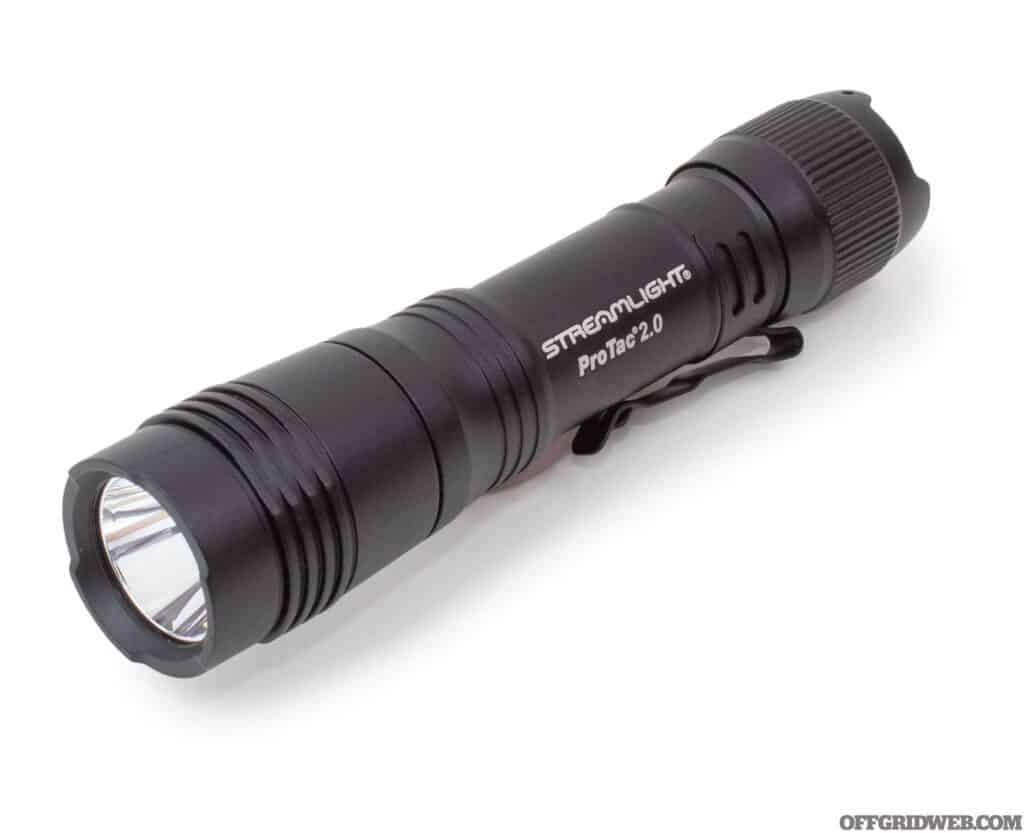
Above: Illumination can ward off predators and keep you safe from injuries in the dark.
- Radios & Communication: You need to be able to communicate in the event cell towers go down or are jammed due to extreme use during emergencies. The Baofeng UV-5R is probably the easiest and least expensive way to get into handheld radios. Yes, you do need to take a test to get a HAM license, but the entry level licenses are relatively easy. General Mobile Radio Service (GMRS) licenses are another great option and there is no test. Simply fork over the dough to Uncle Sam for the license and be good to go. Keep in mind these radios are not as intuitive as your smartphone, and take a little effort to learn on your part.
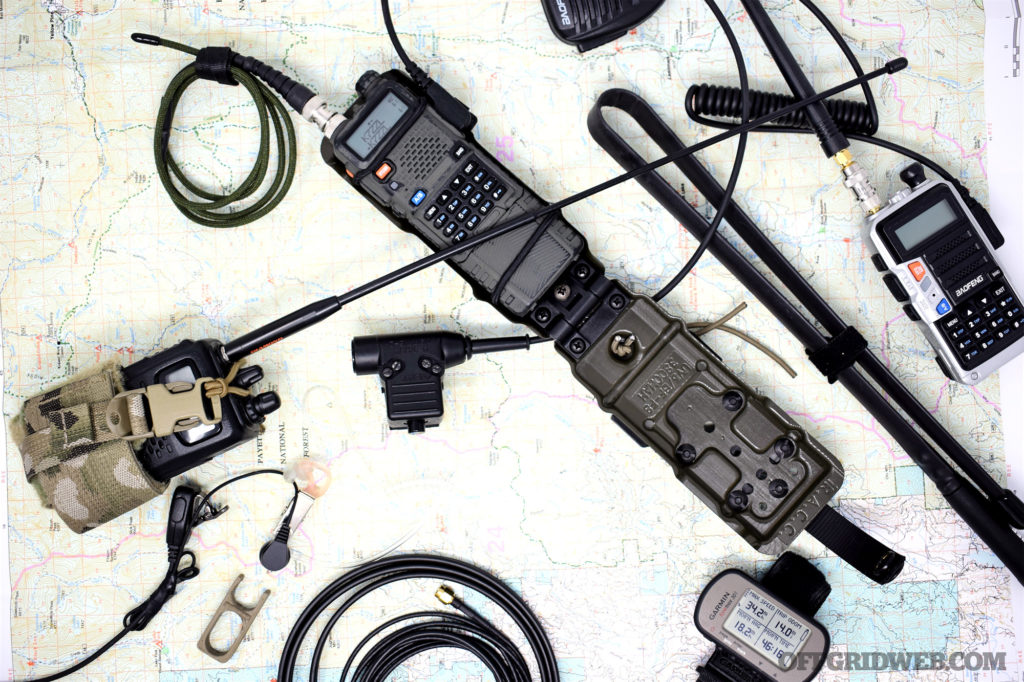
Above: Communicating for help can save lives, and being able to talk to loved ones provides peace of mind.
- Cash: Having an assortment of cash on hand can be a game changer. If a credit card machine was down, or your card gets lost or damaged, or the power goes out and kiosks aren’t working, having cash on hand will allow you to barter, or make a purchase to get you out of a jam. Having $100-$200 stashed in a get home bag or go bag will take care of most emergencies. Another good idea is to slide a spare $20 in your phone case.
Final Thoughts
When you get the urge to lace up your boots and grab your pack, perform a quick gear check, and inspect the inventory to make any adjustments for seasonal or weather changes. Maybe it’s the addition or subtraction of a wool hat, a parka, or a sleeping bag. The most important aspect is figuring out What’s Important Now (WIN). At a bare minimum you need a tool to cut with, cover to protect yourself from the elements, cordage to tie things down, and something to hold food and water in. This may helped you narrow down your choices for what goes in a bug out bag or a get home bag. Don’t pack anything in the kits that you haven’t used or tested on your own. Testing gear can take place in the woods behind your house, a living room or patio, in class settings under the watchful eye of a mentor, and even throughout daily life. You don’t need to head to the mountains to know whether your sleeping bag sucks or not. It’s much more preferable to spend a few uncomfortable or hungry nights near home now than than to discover your go bag set up doesn’t work during an emergency.
Remember to WIN and PACE yourself. Add in a healthy dose of critical thinking and you’ll go far.
About the Author
Matt Williams is the lead instructor and owner of Foundation Defense, a Michigan based firearms training school. As an avid student of all things, you might see Matt attending a class in your area.
Related Posts
- Bug Out Bag List Of Essentials
- Bug-Out Planning 101
- Echo Sigma Get-Home Bag
- Tips for Efficiently Packing Your Bug-Out Bag
- Beyond Bug-Out Bags
- Off-the-Shelf Bug-Out Bags Buyer’s Guide

